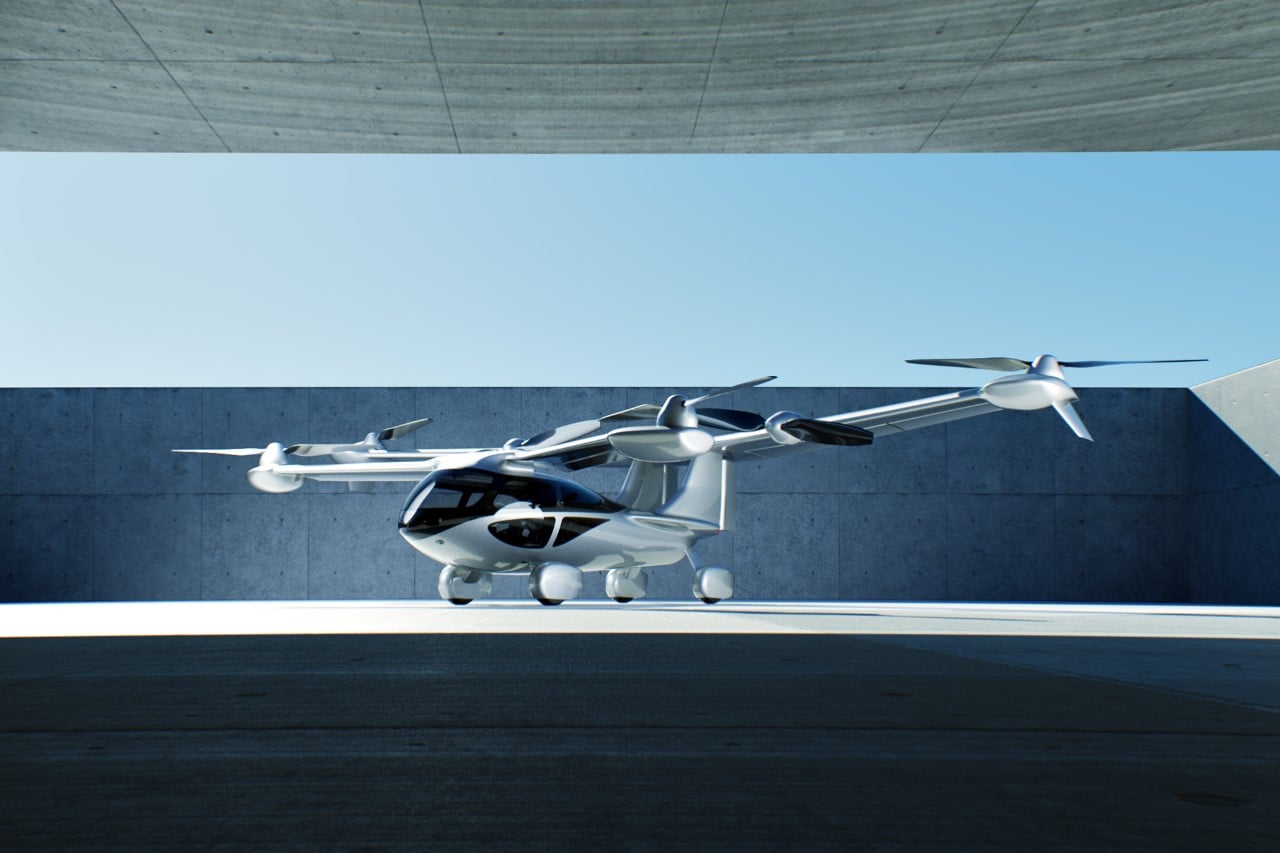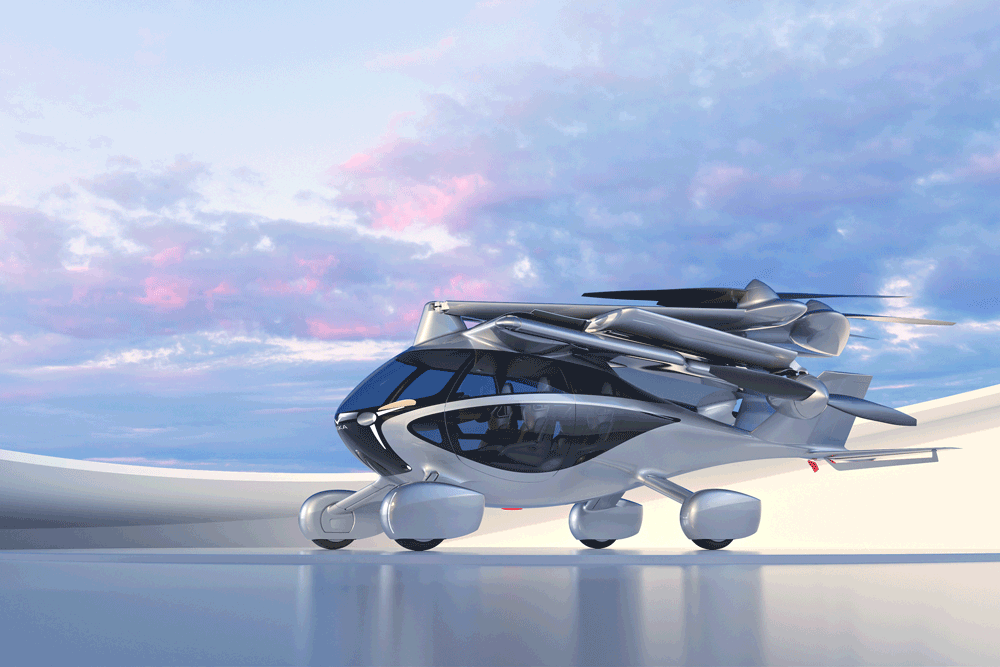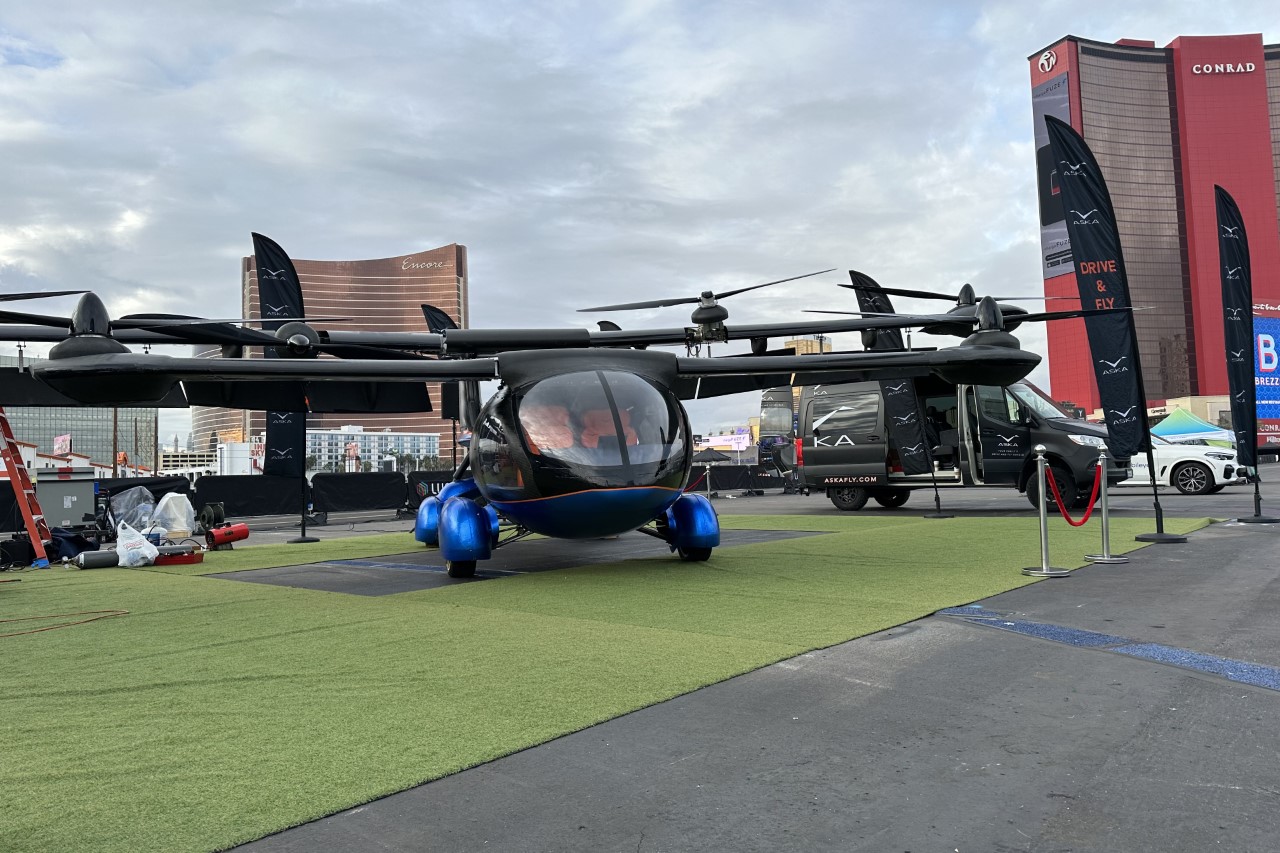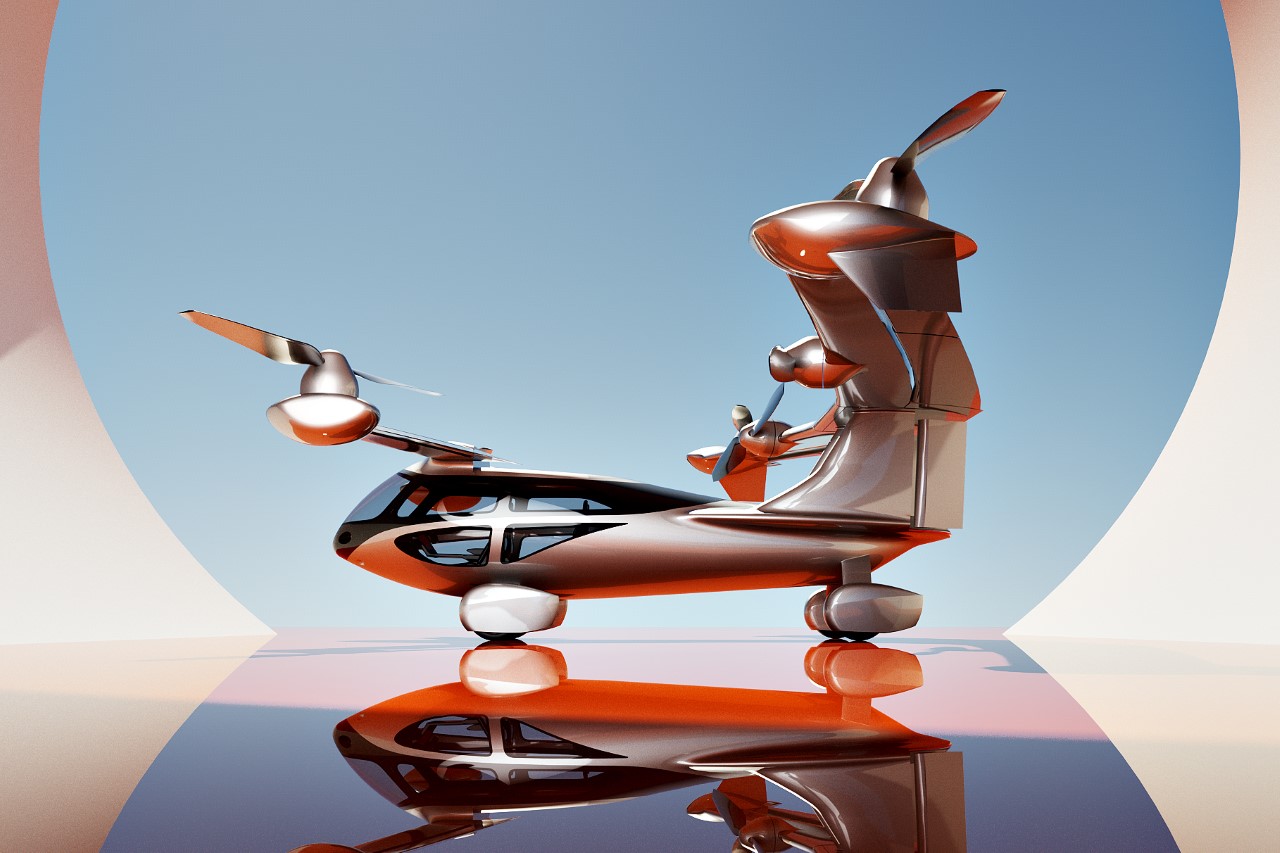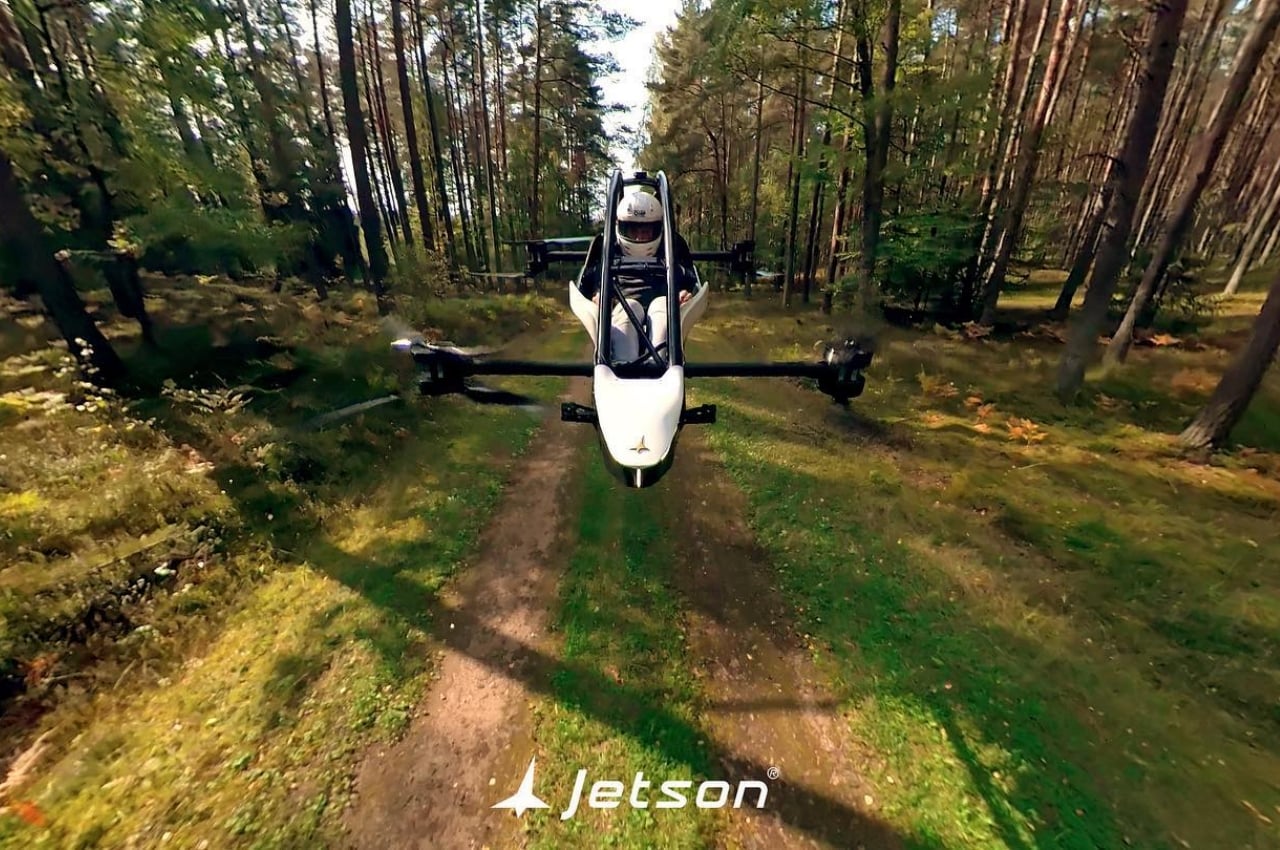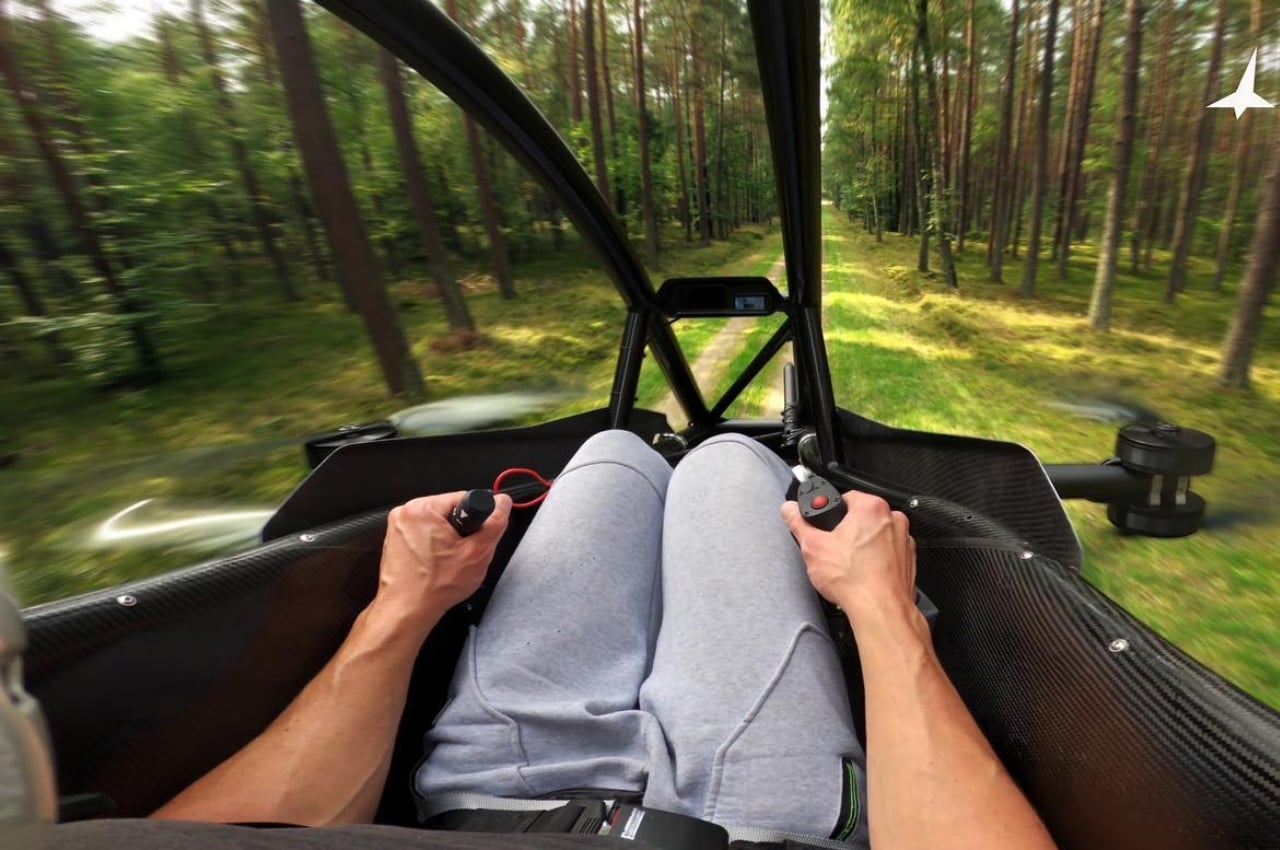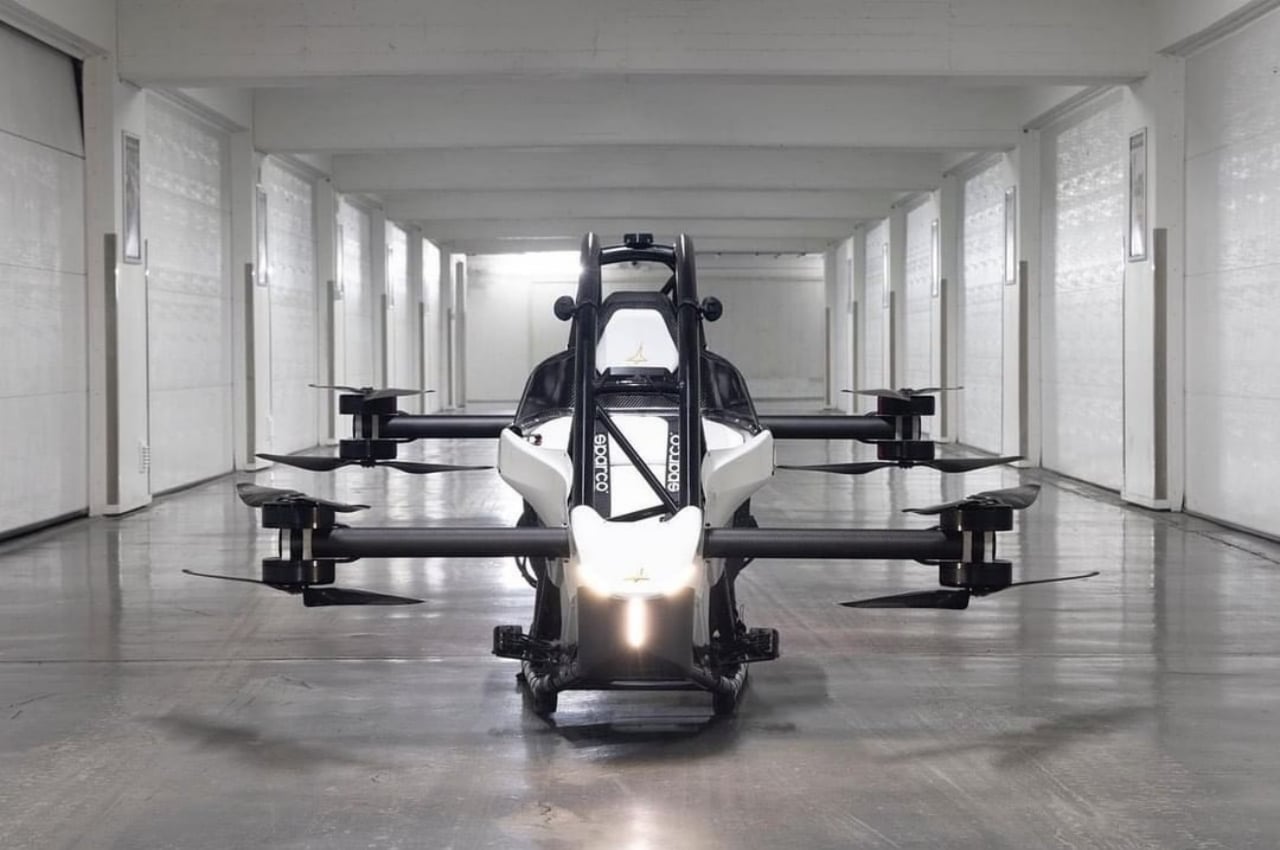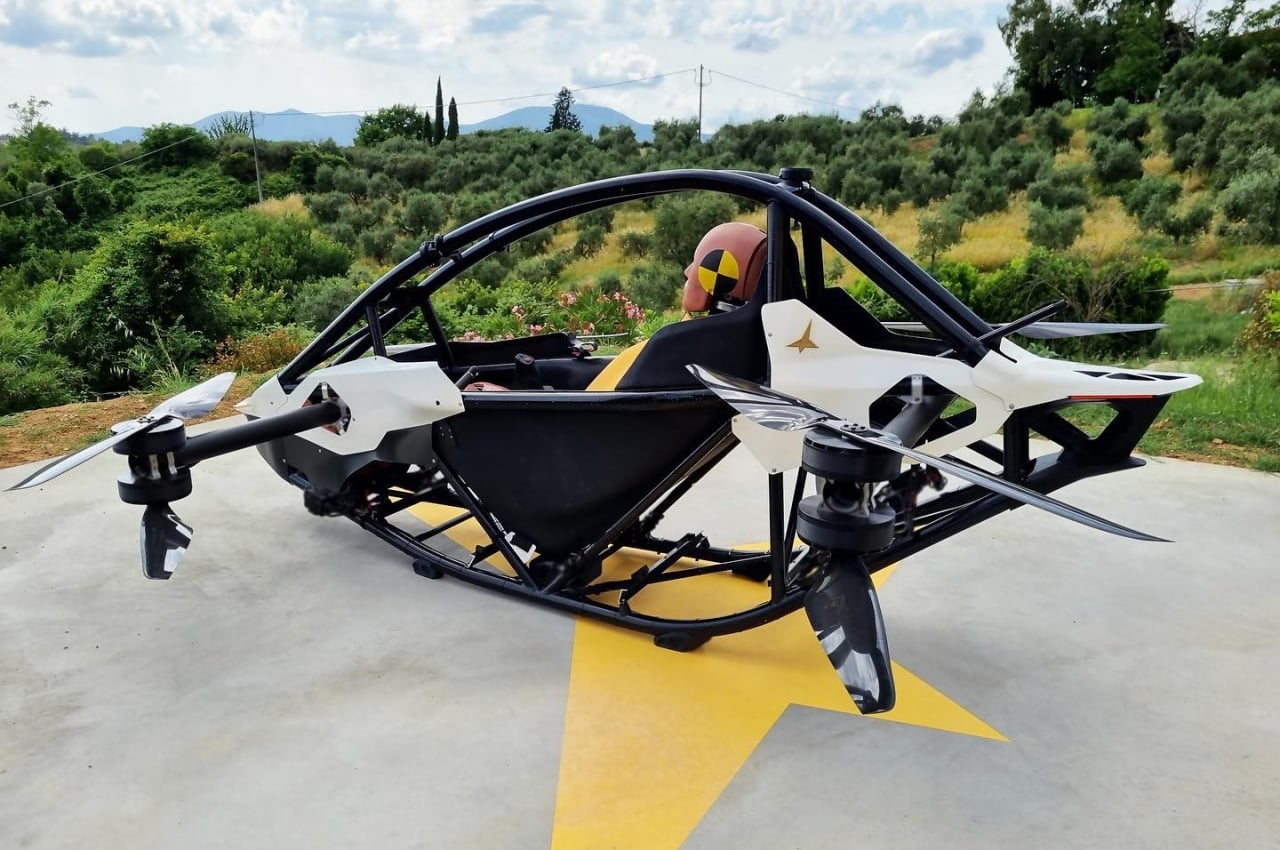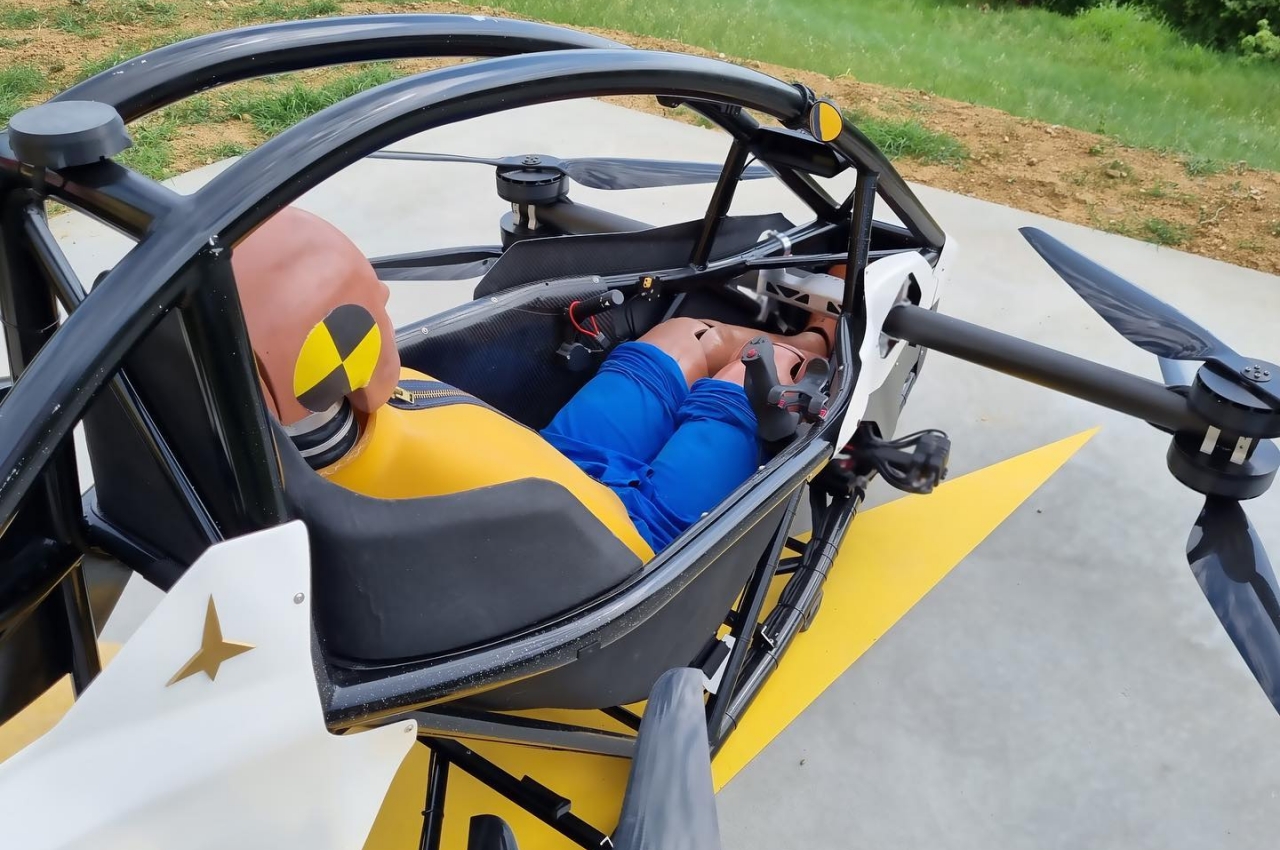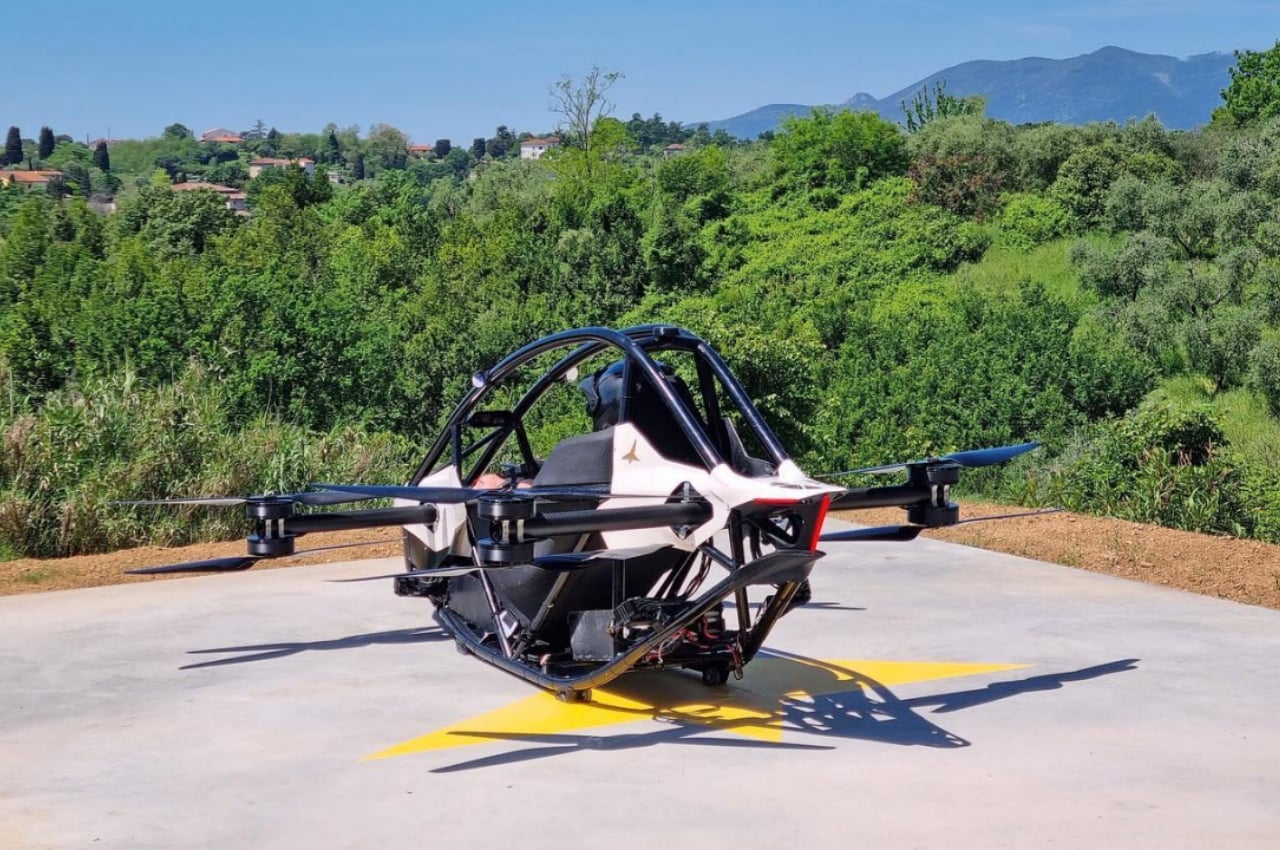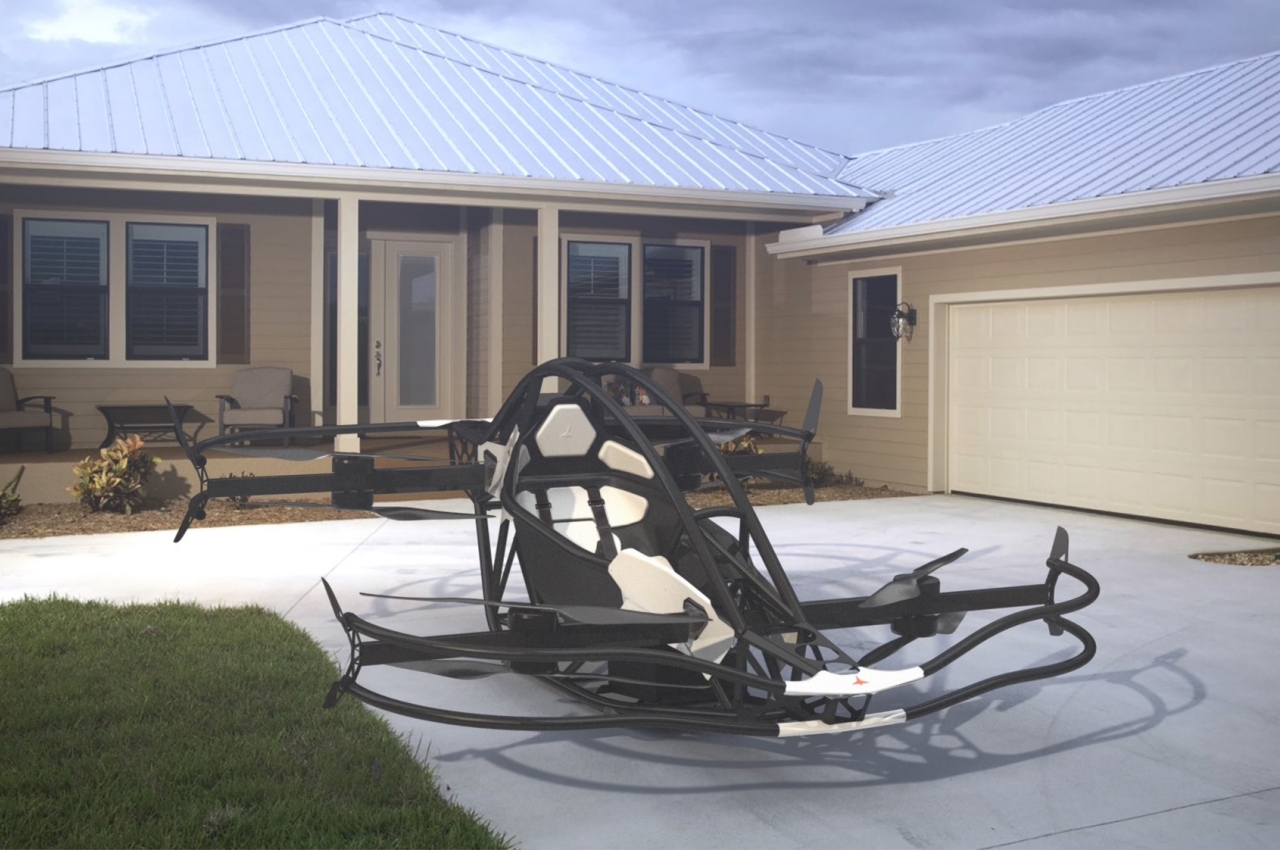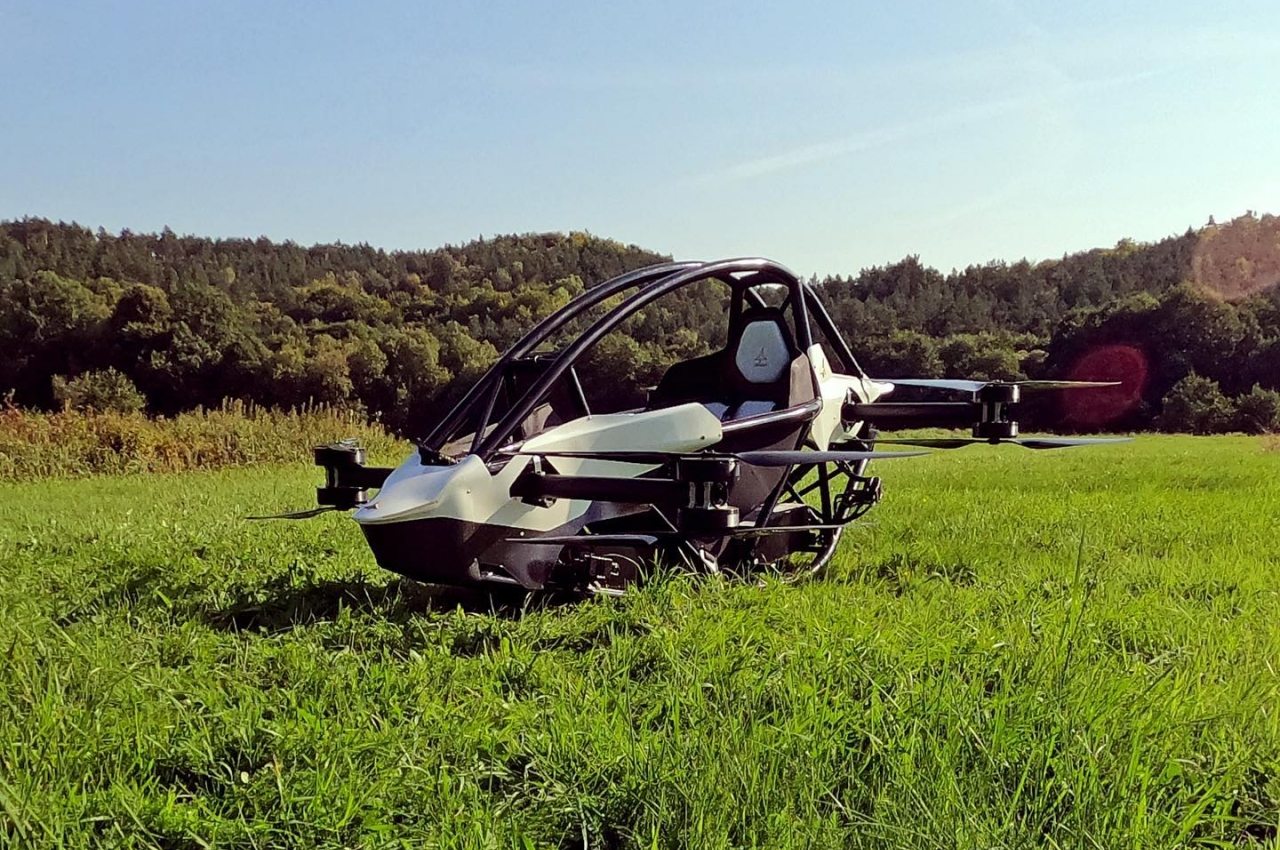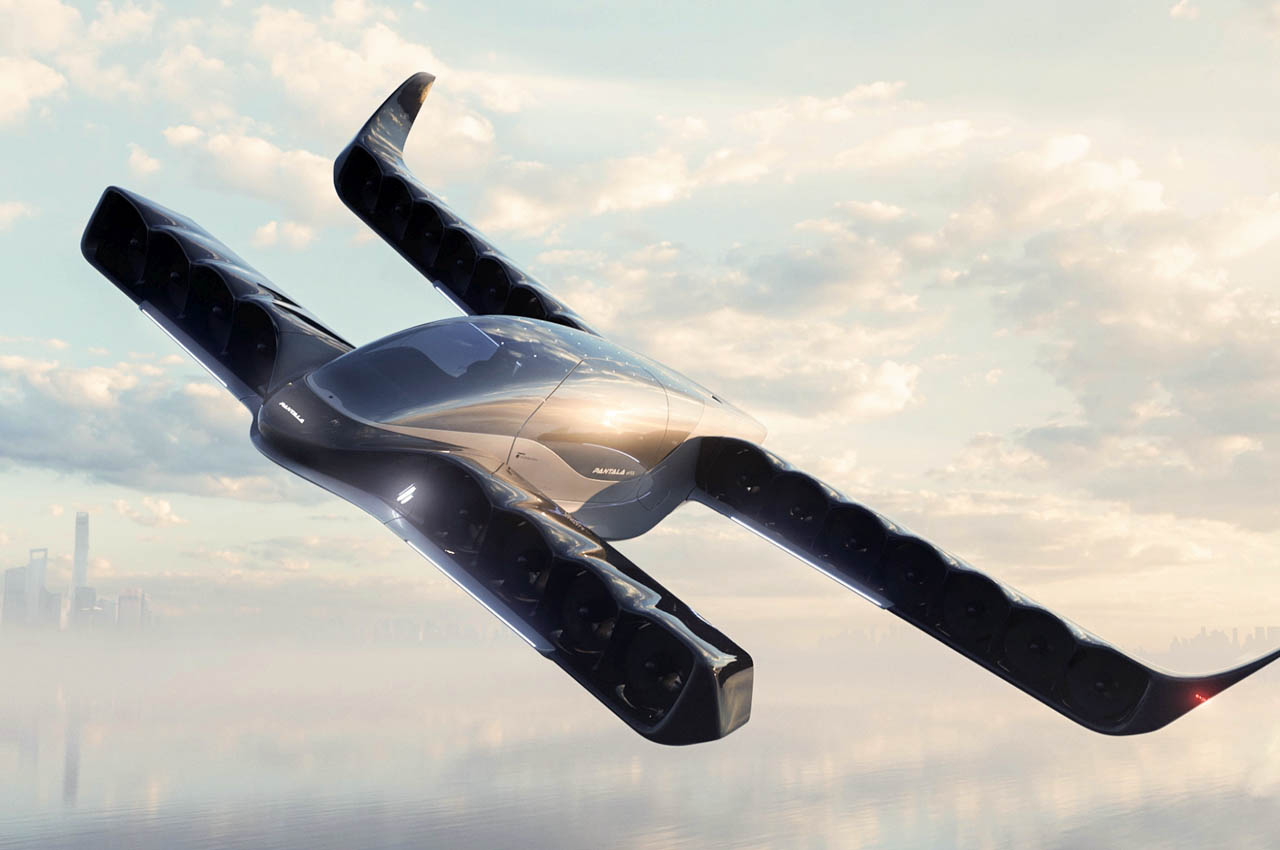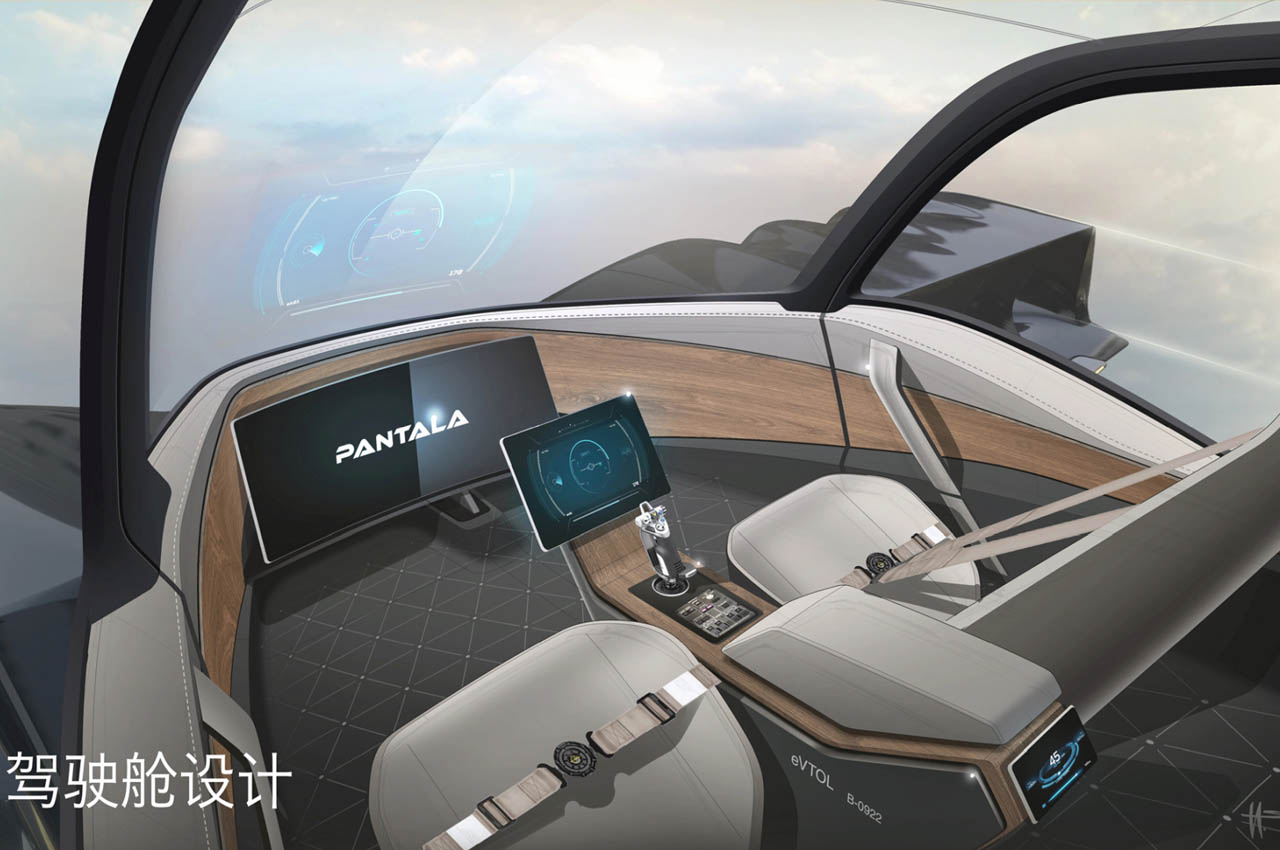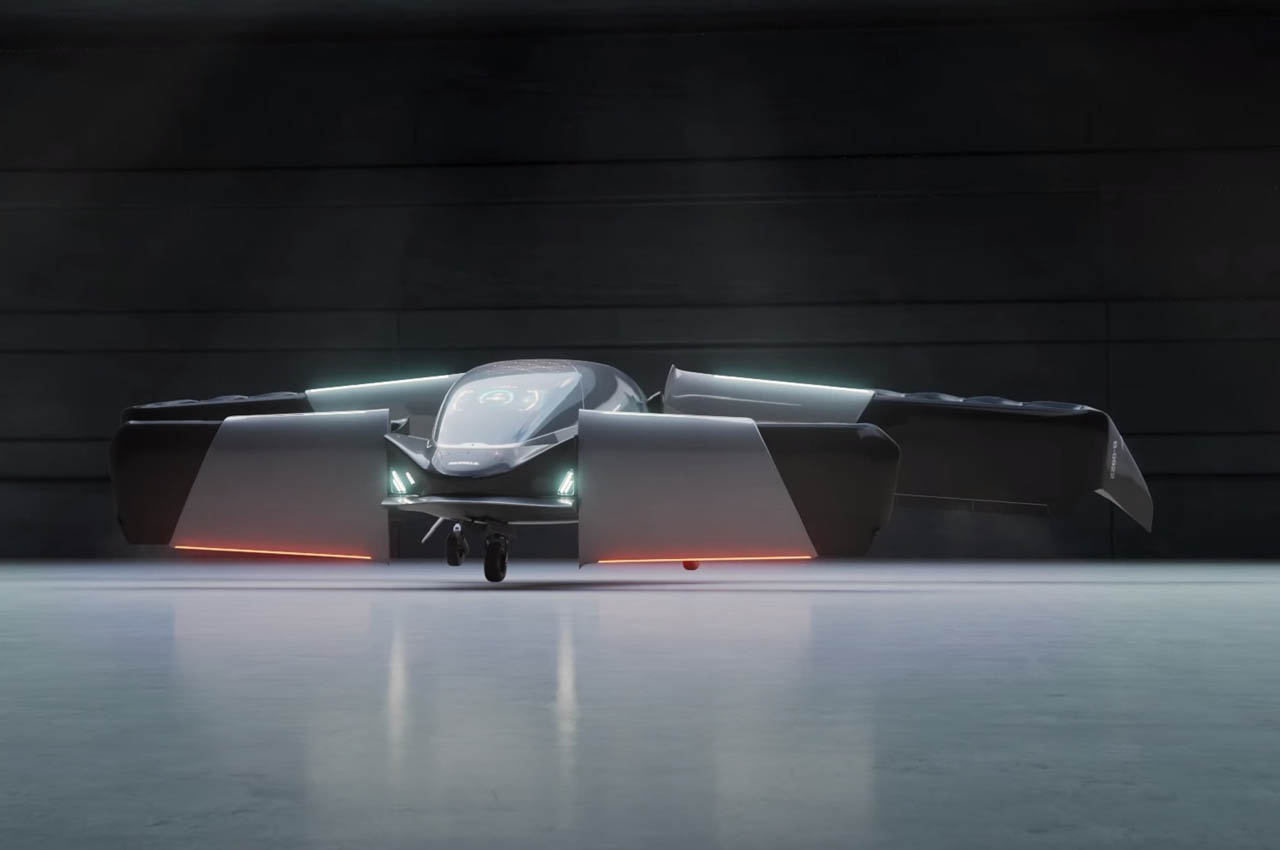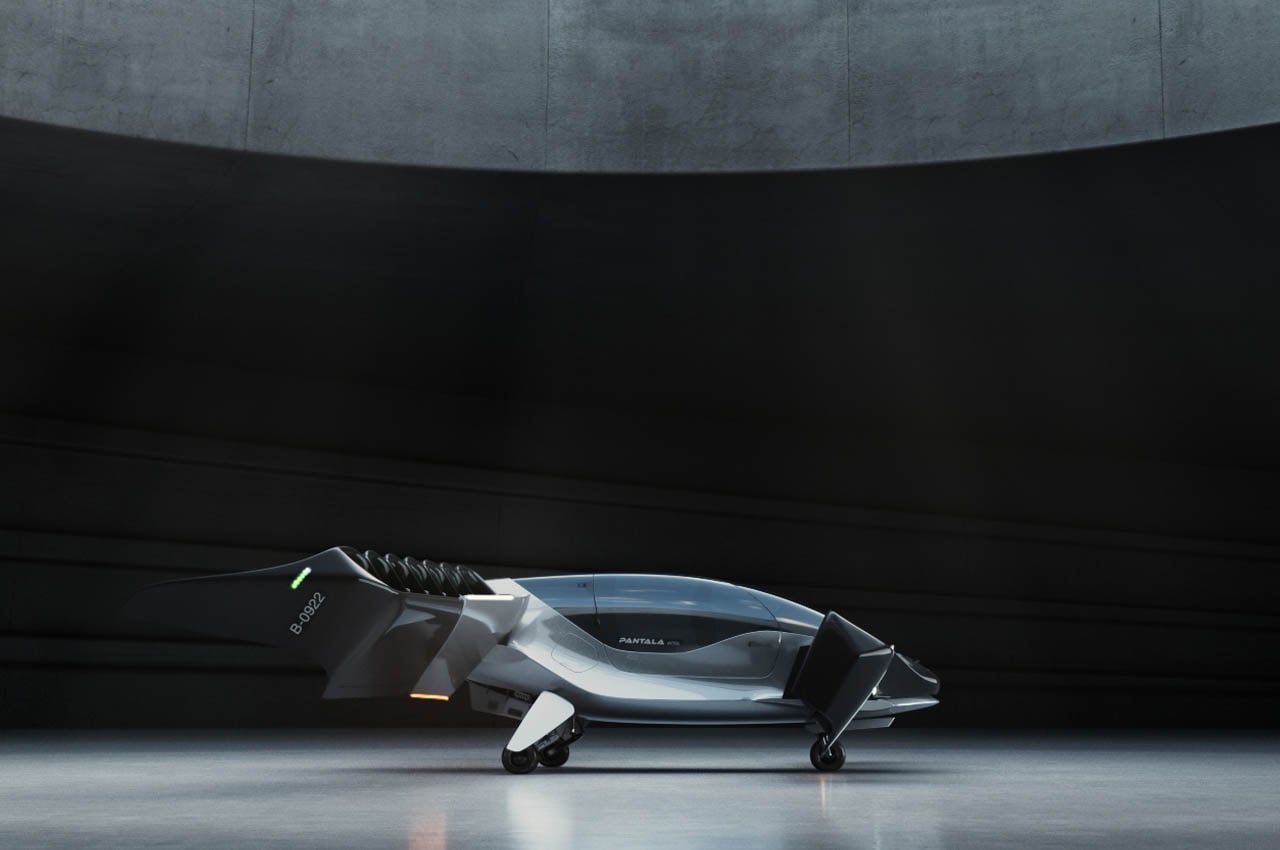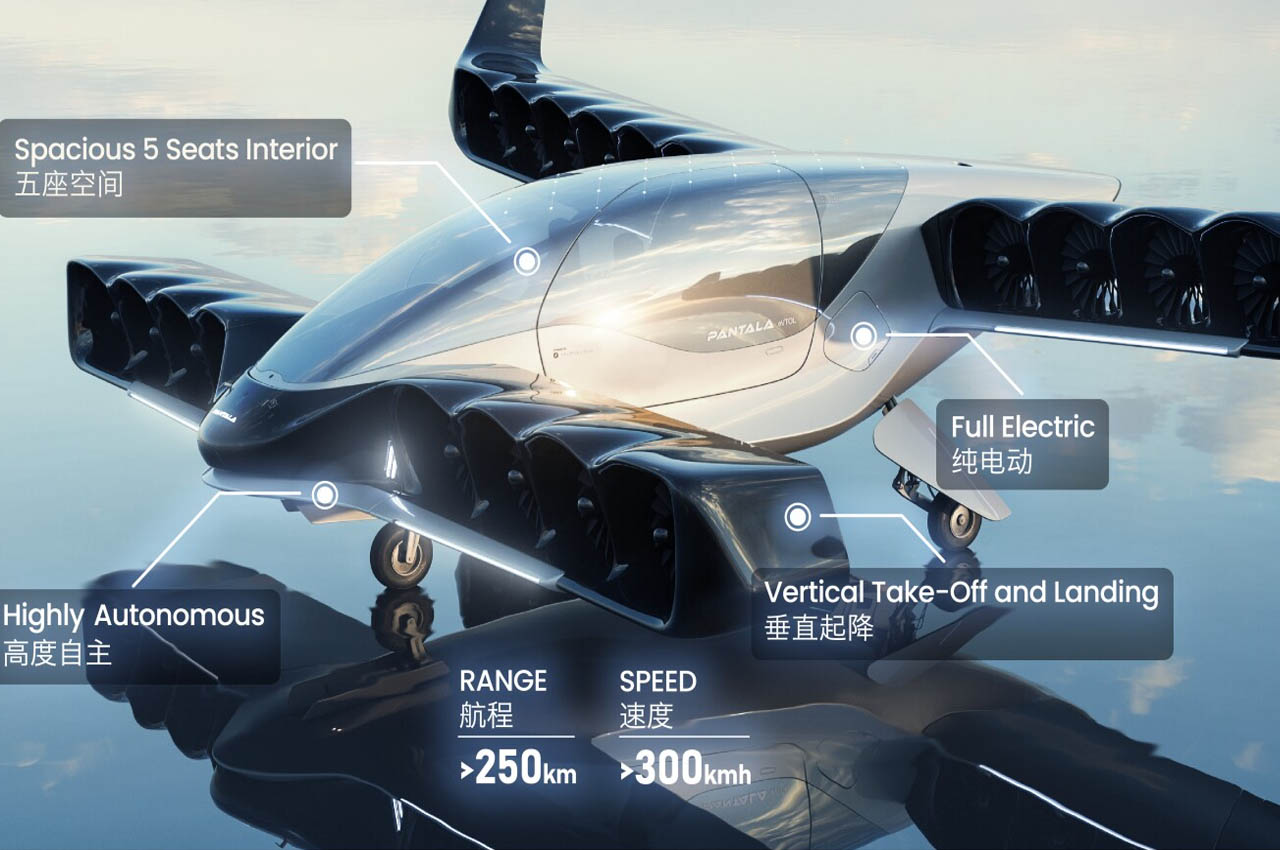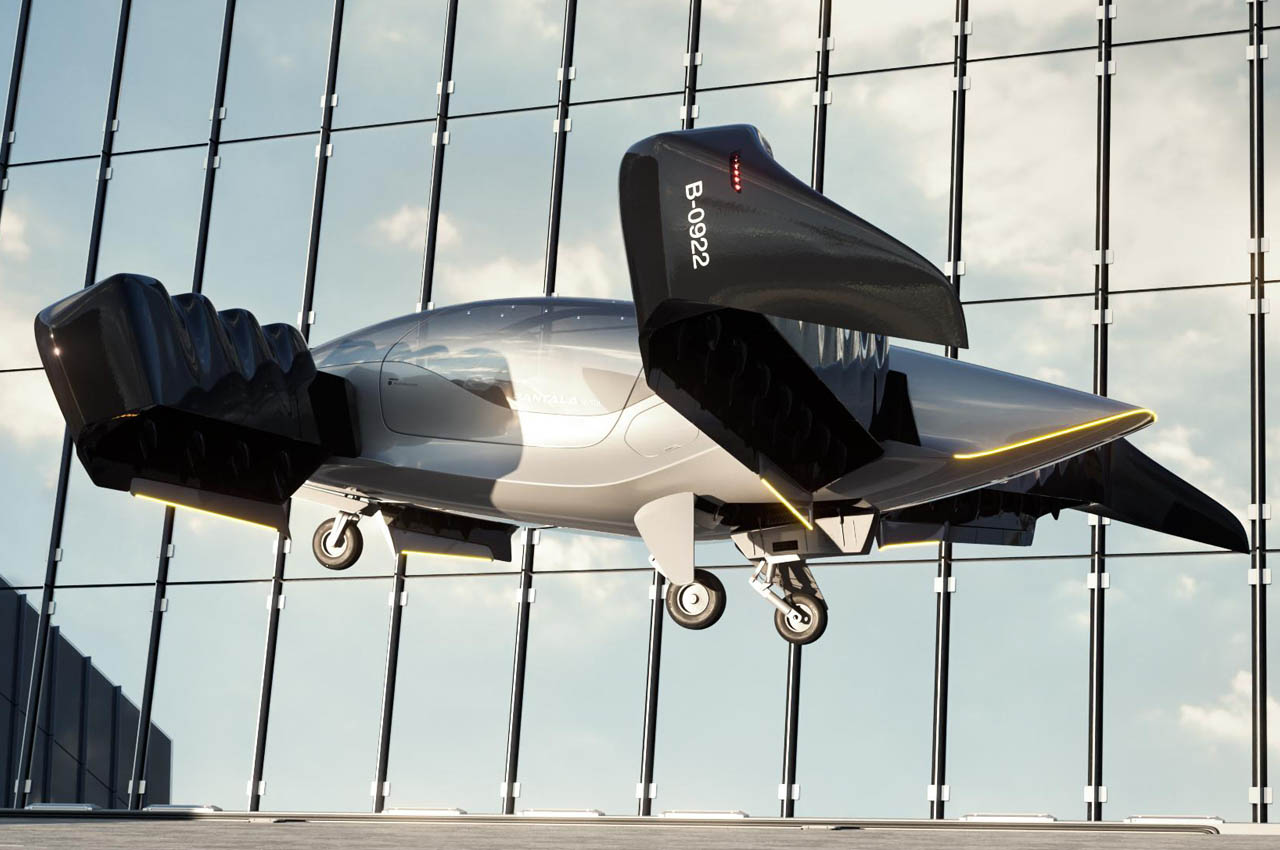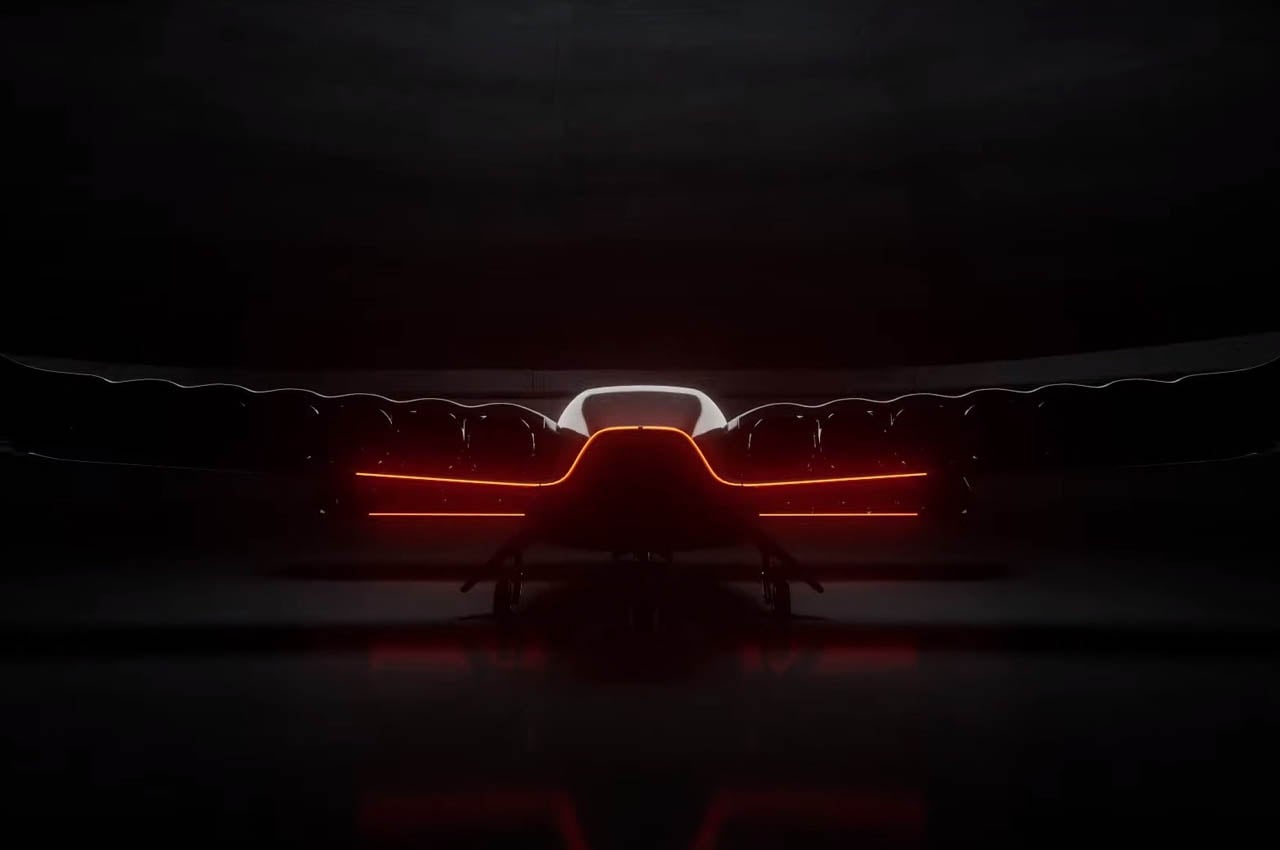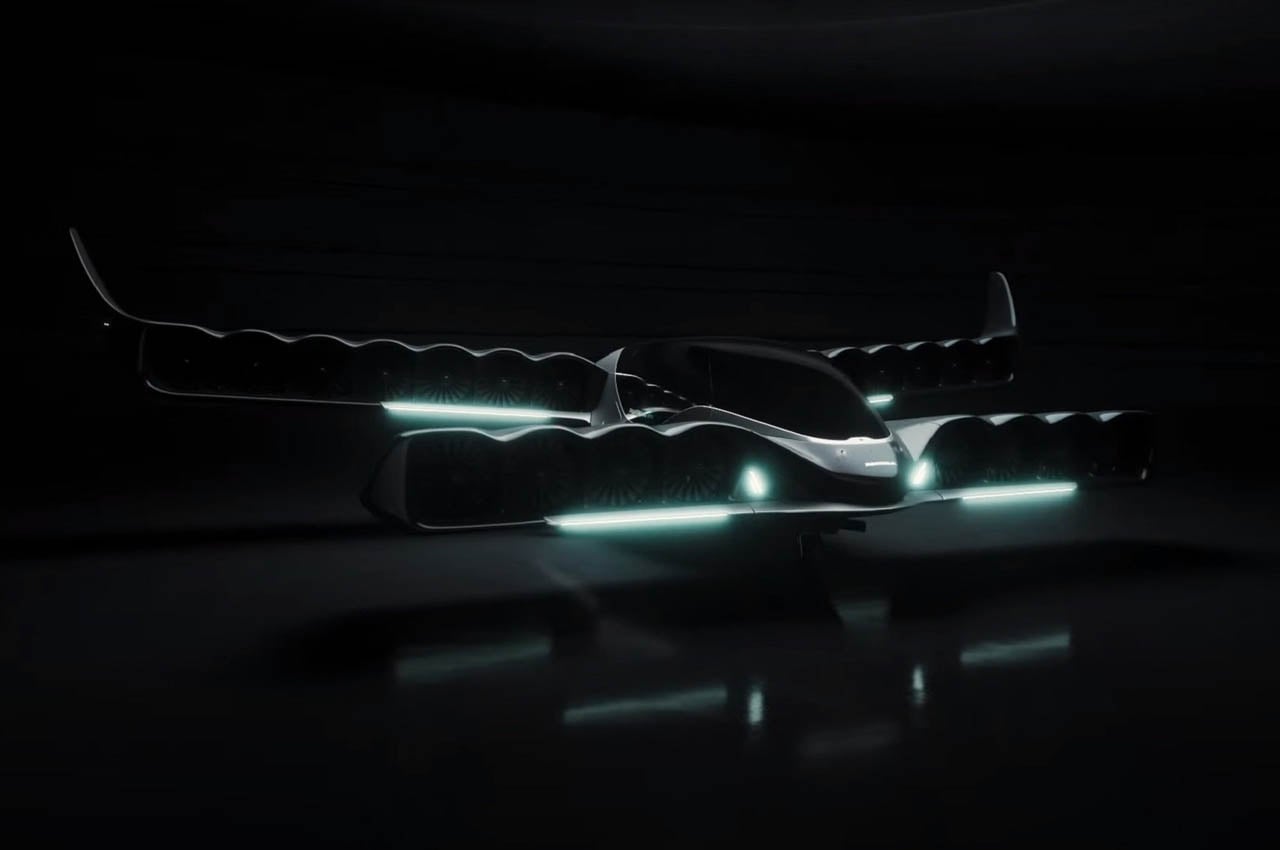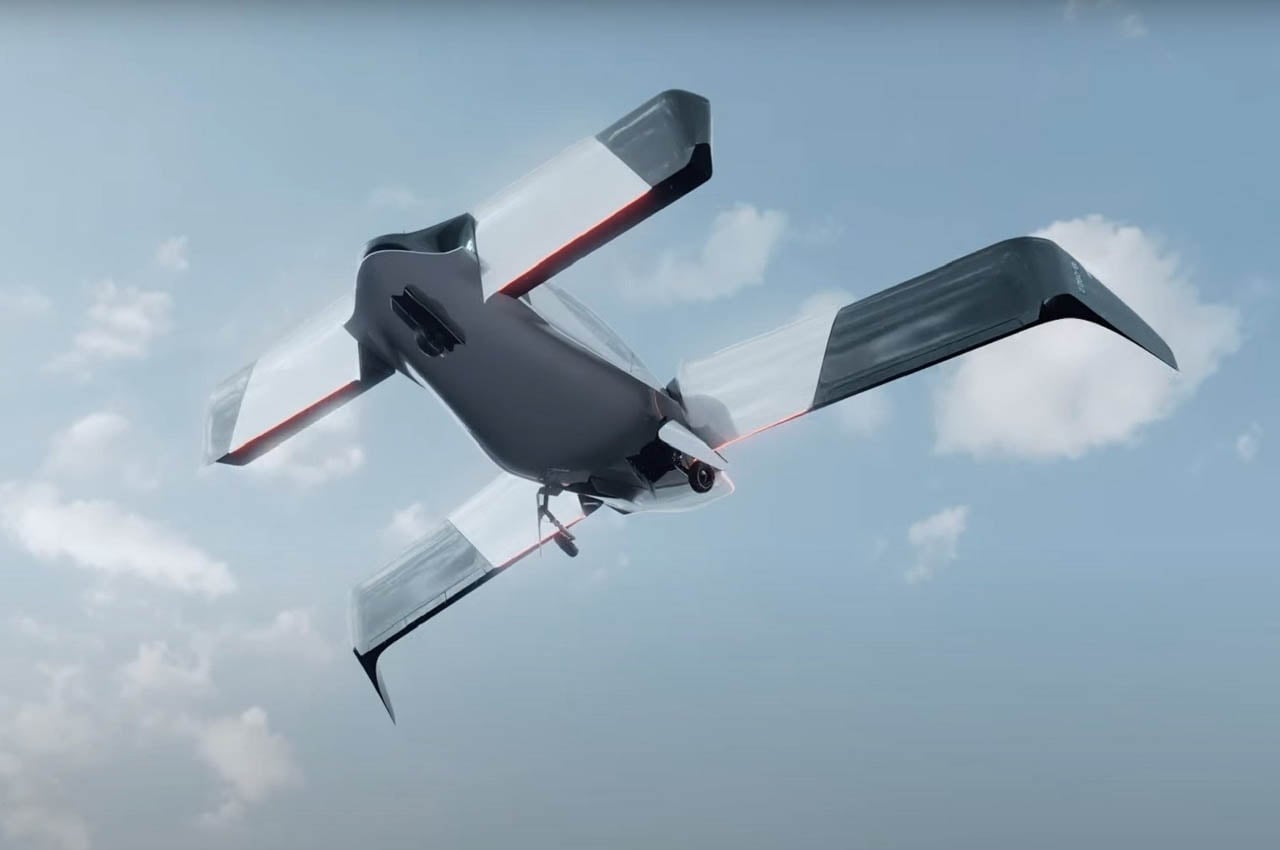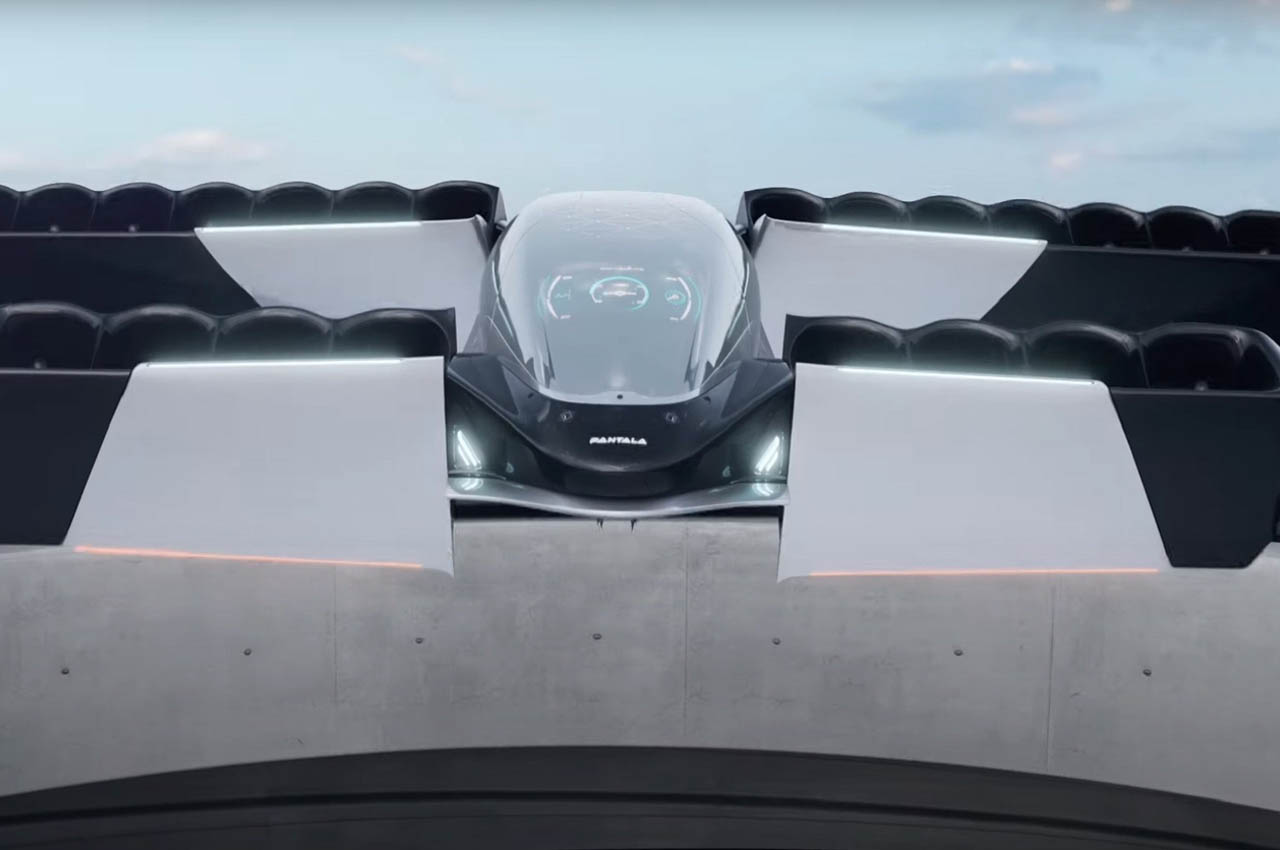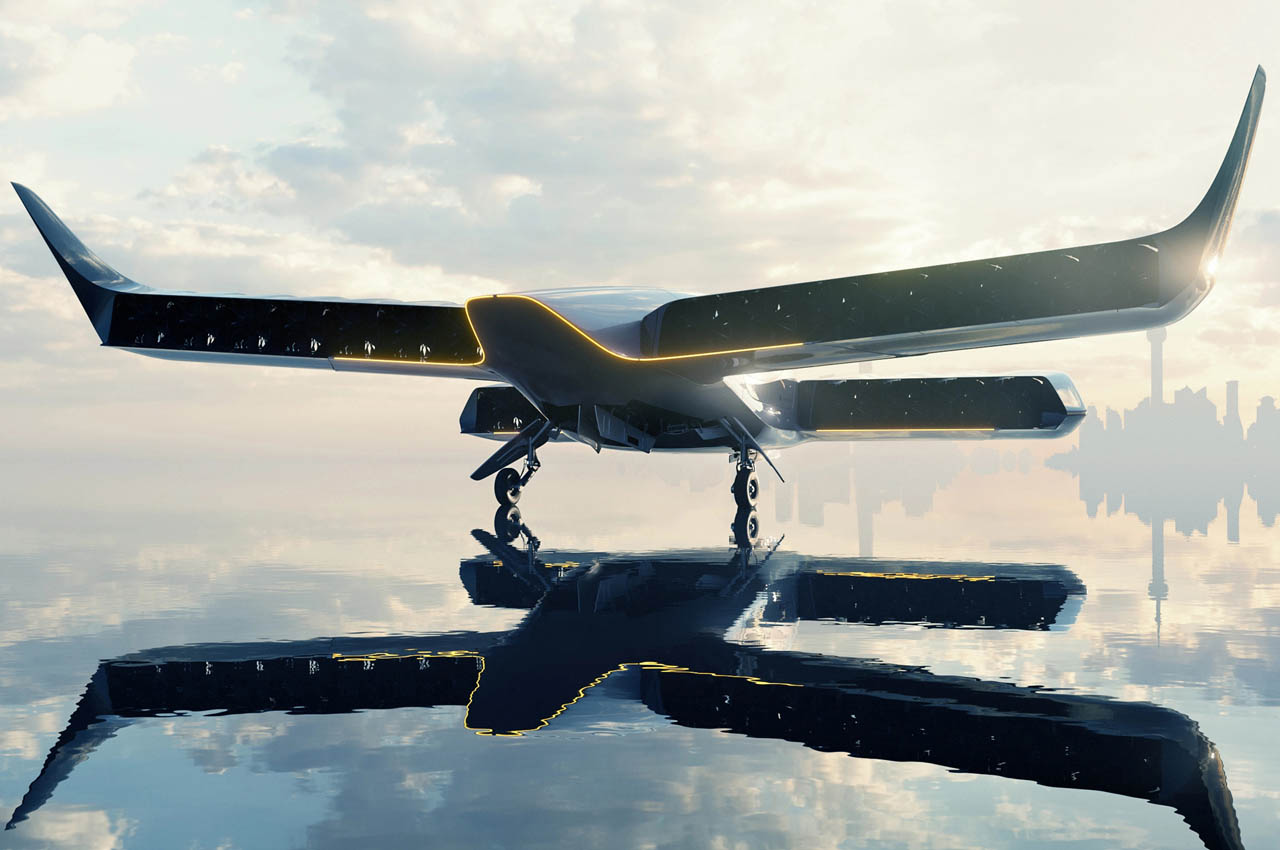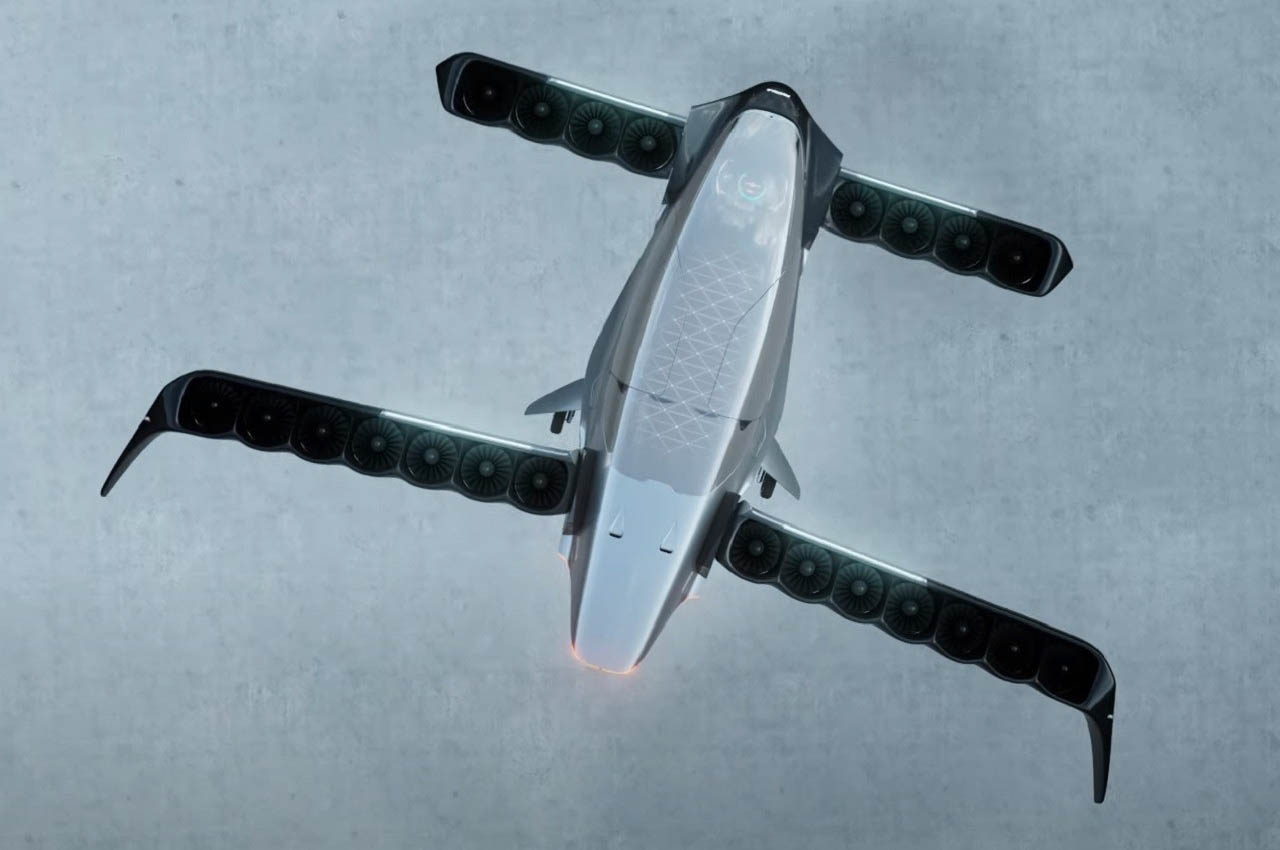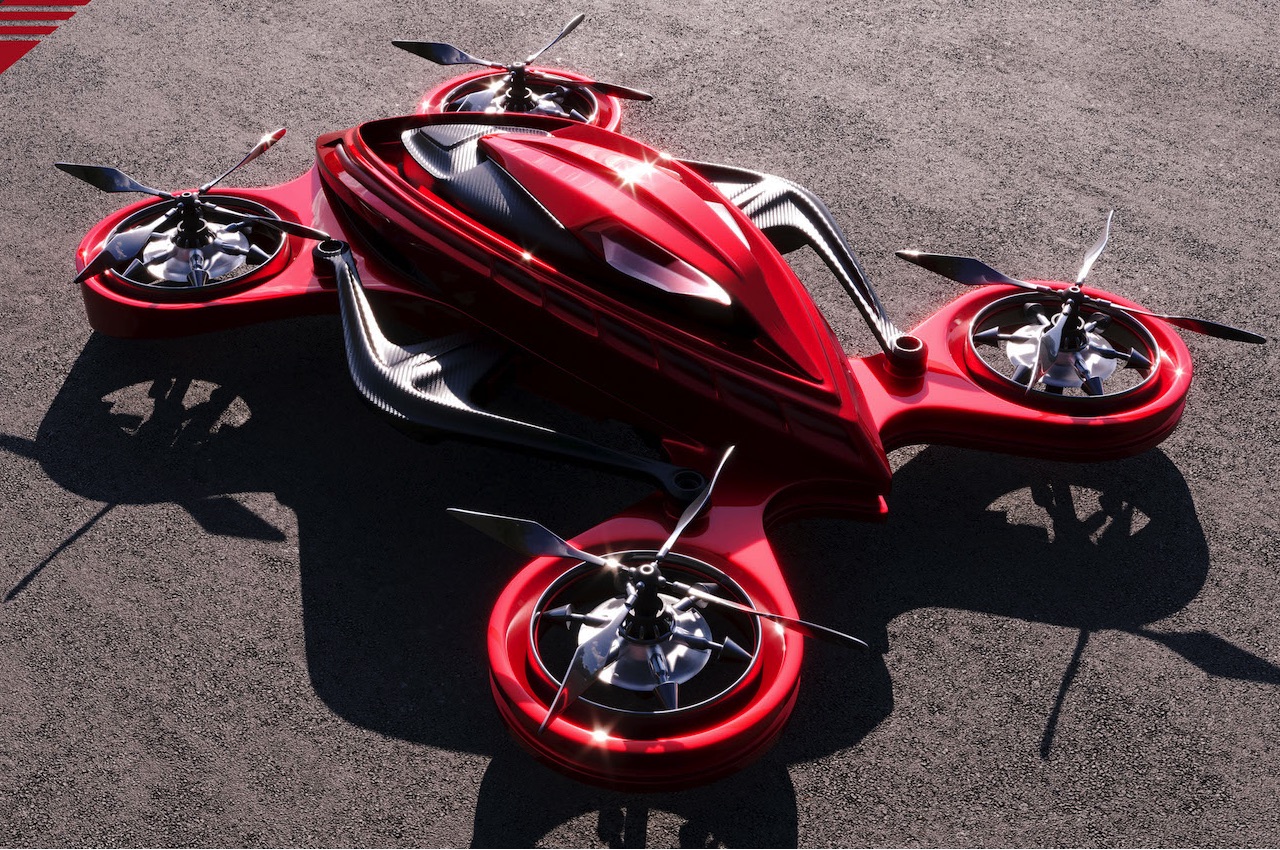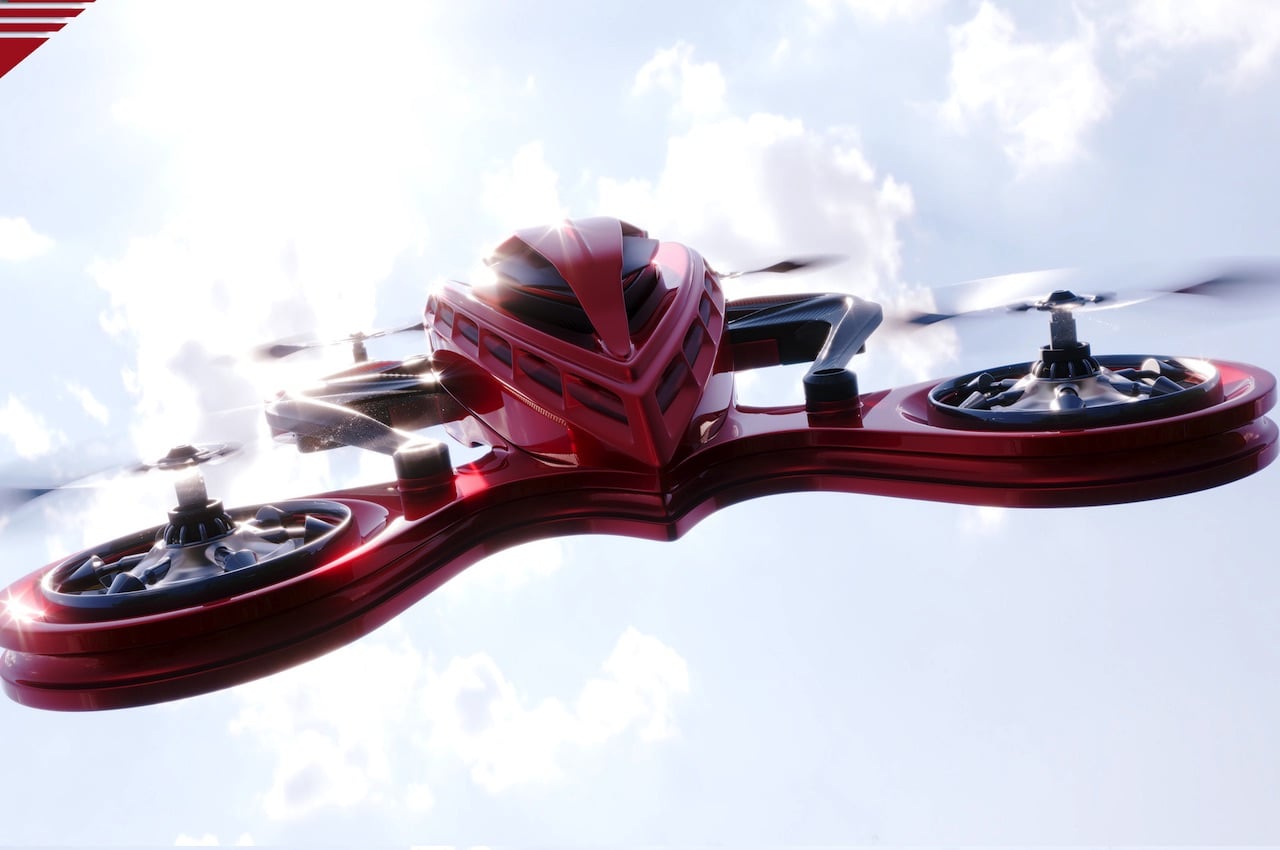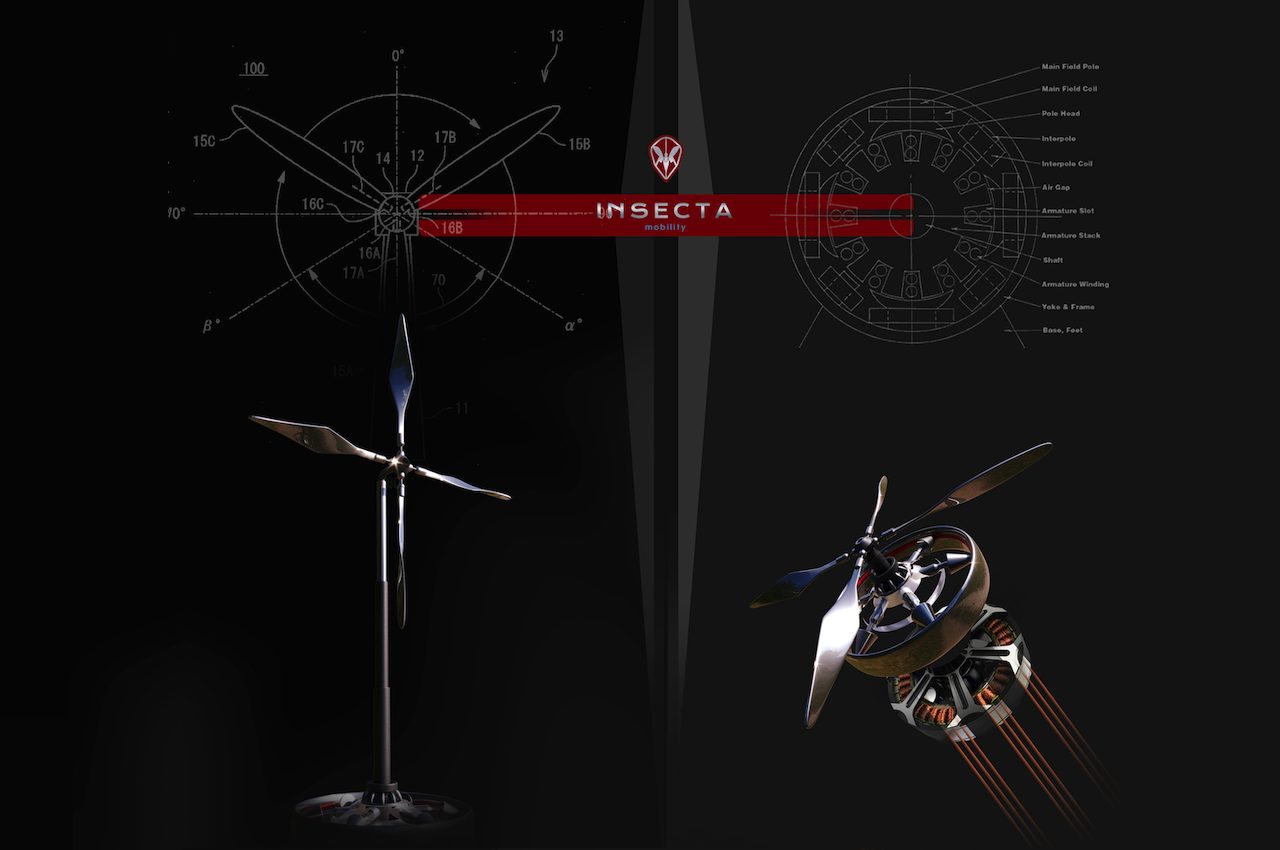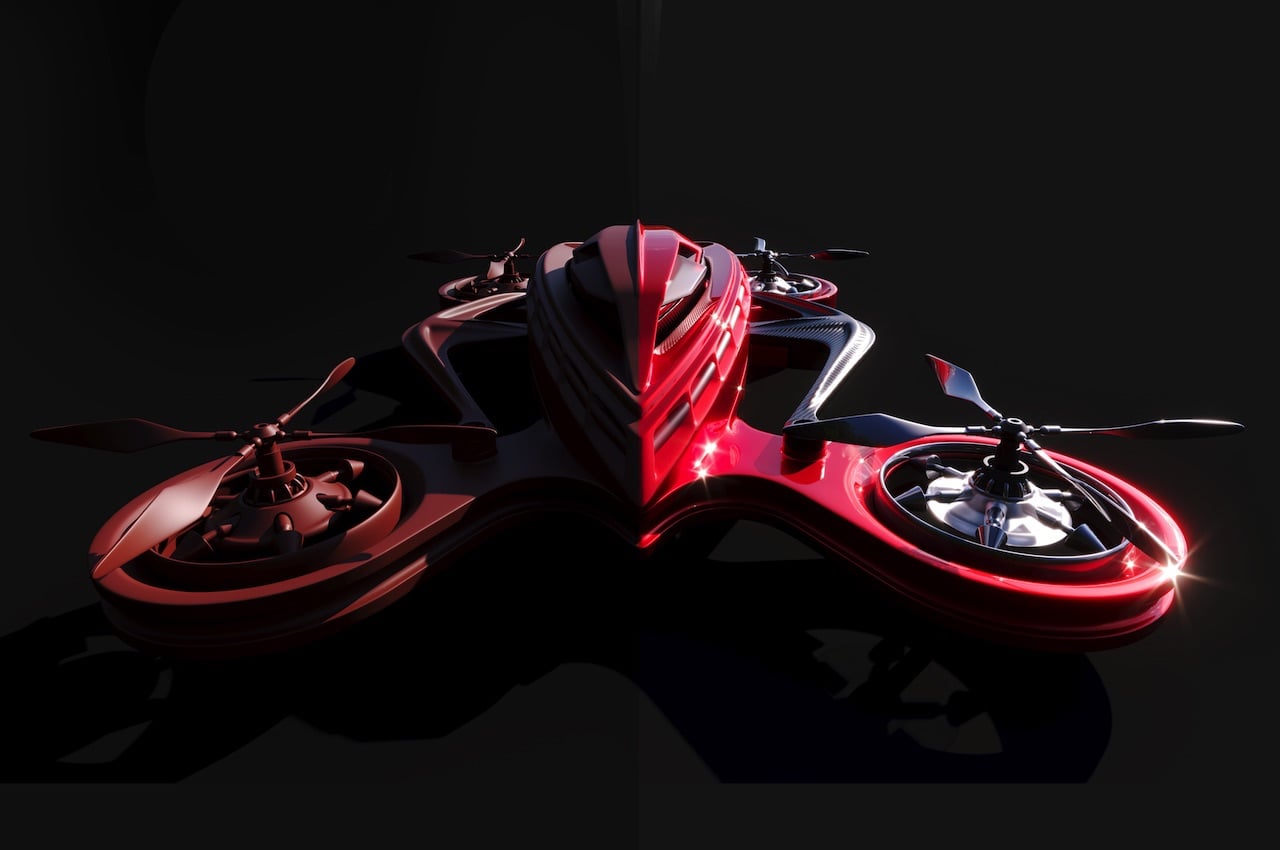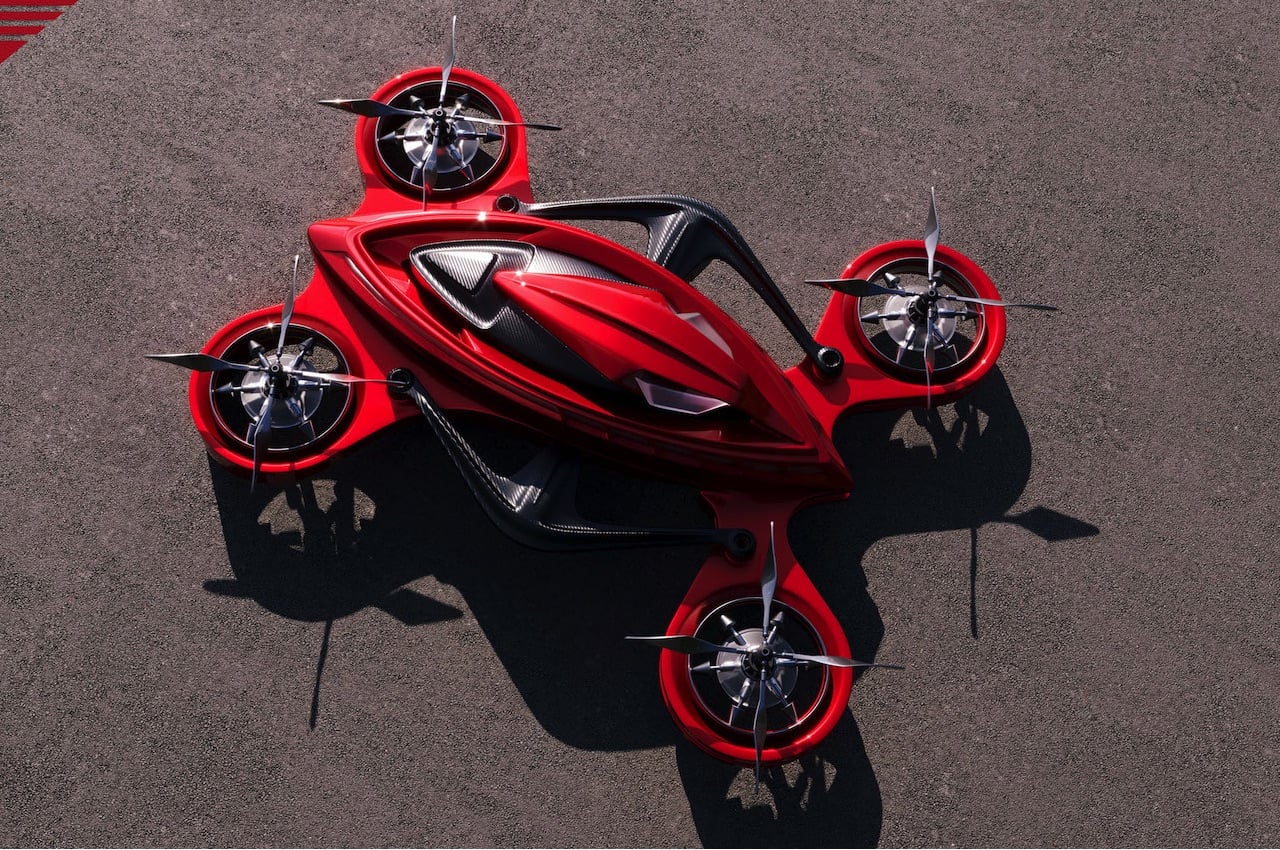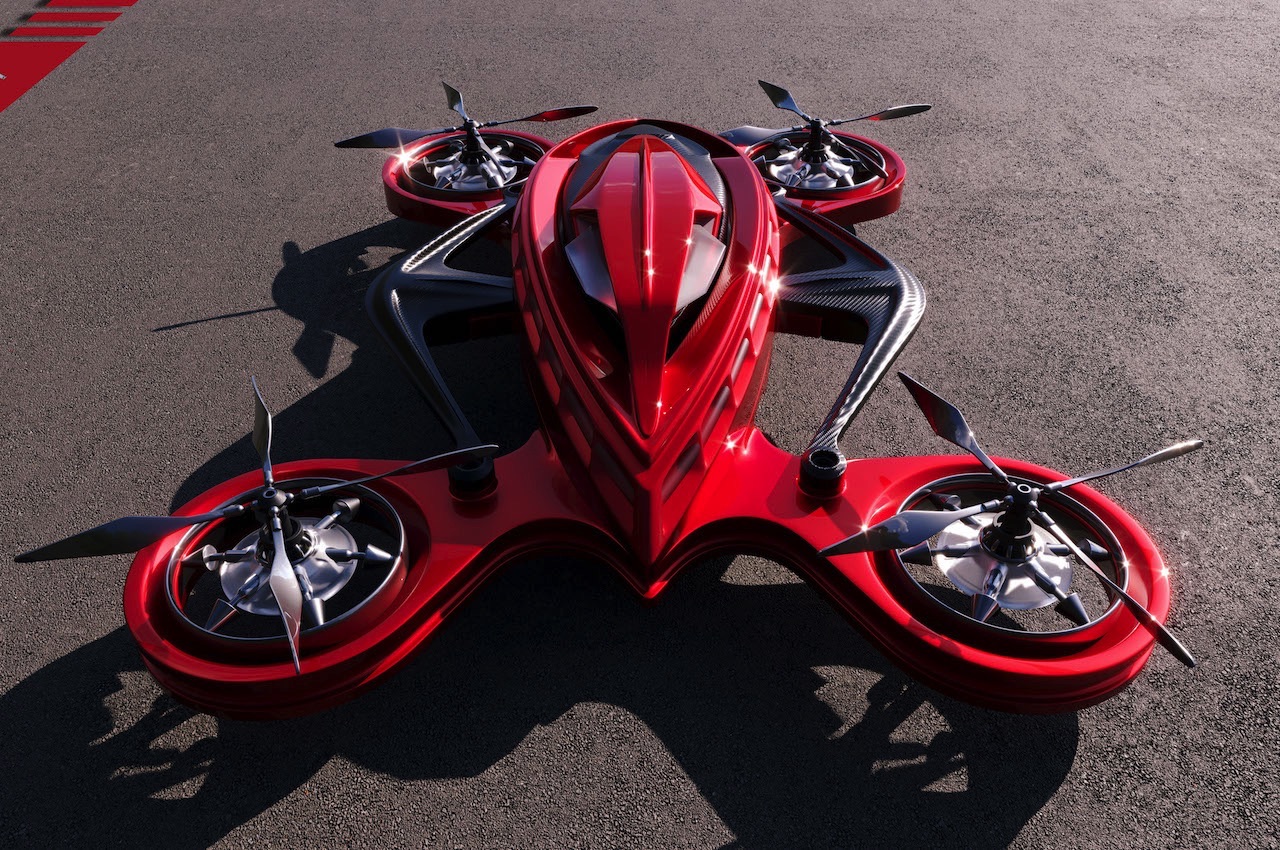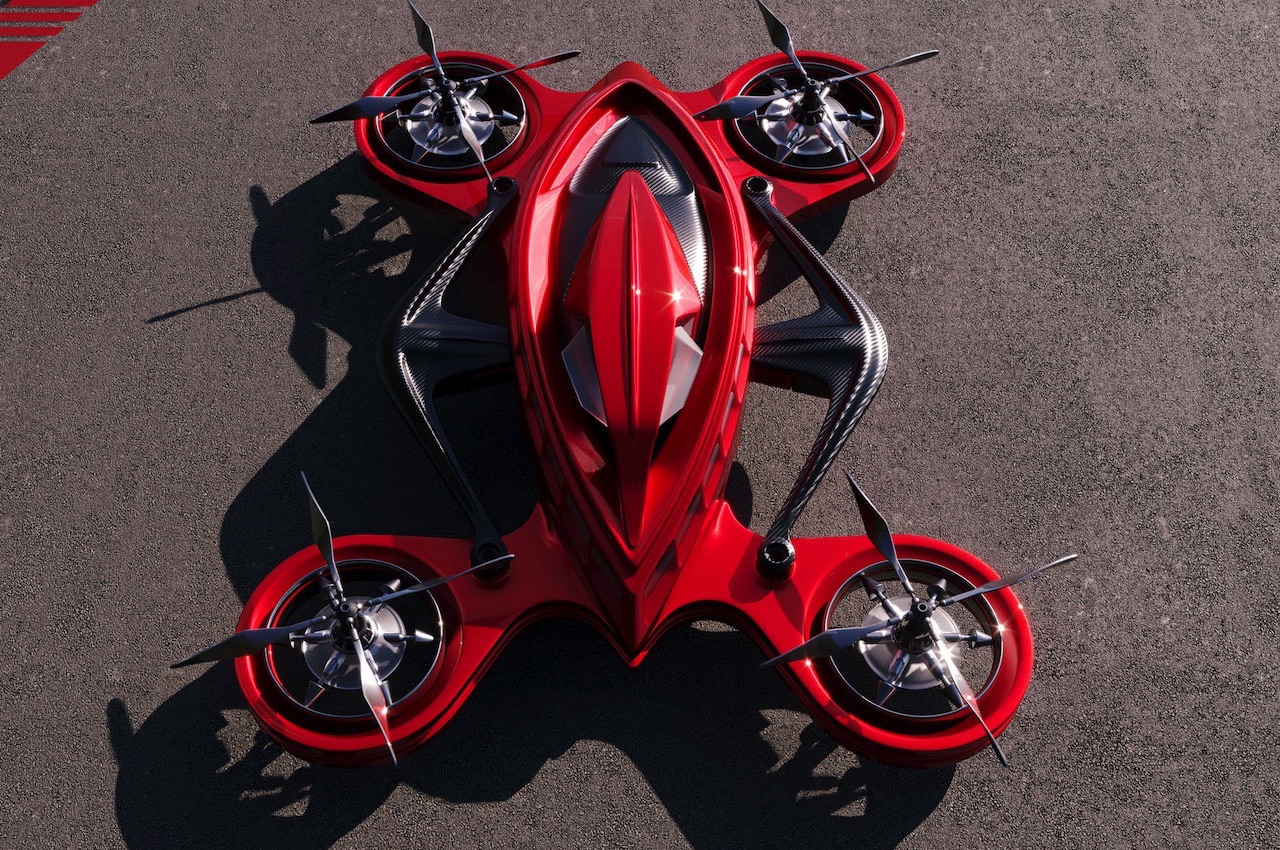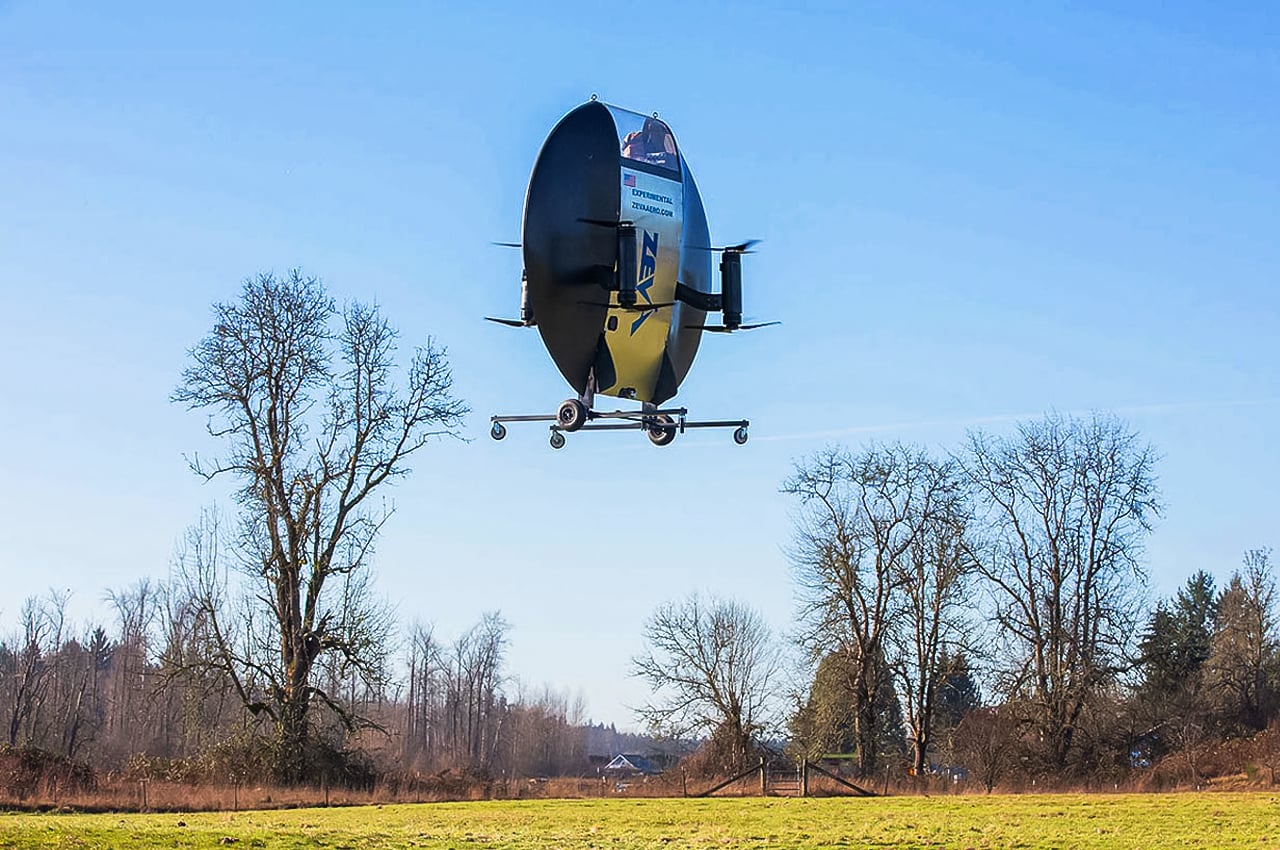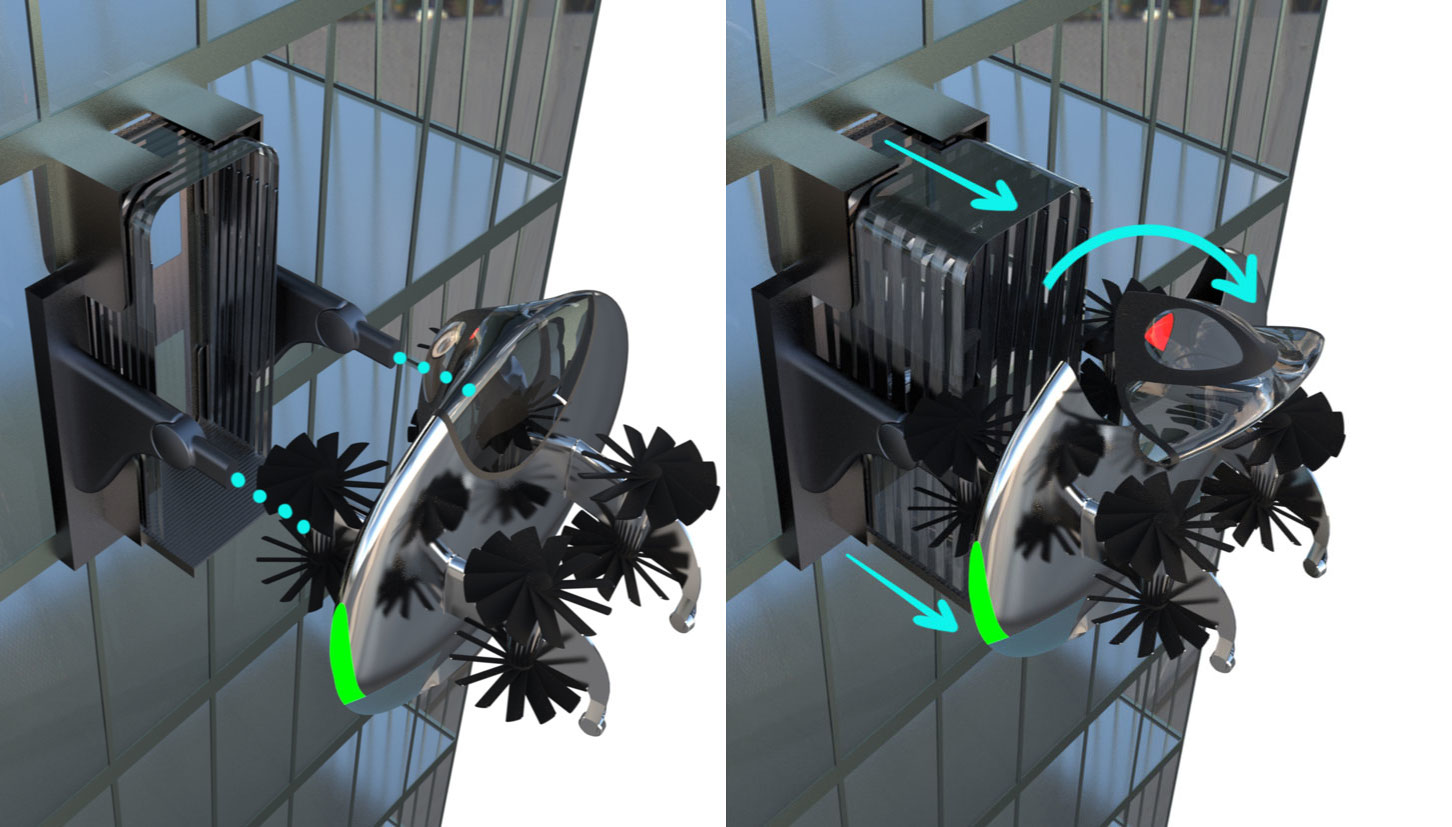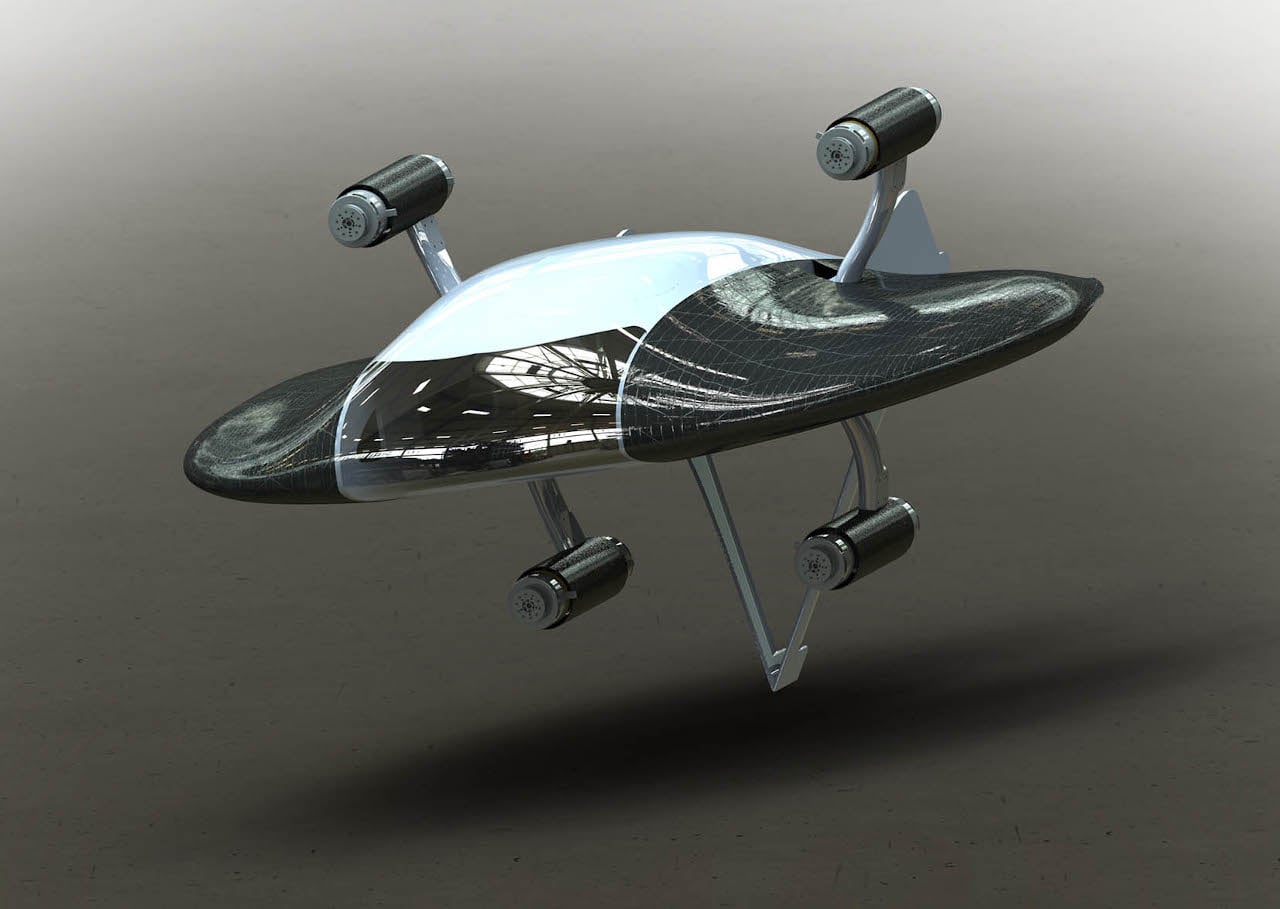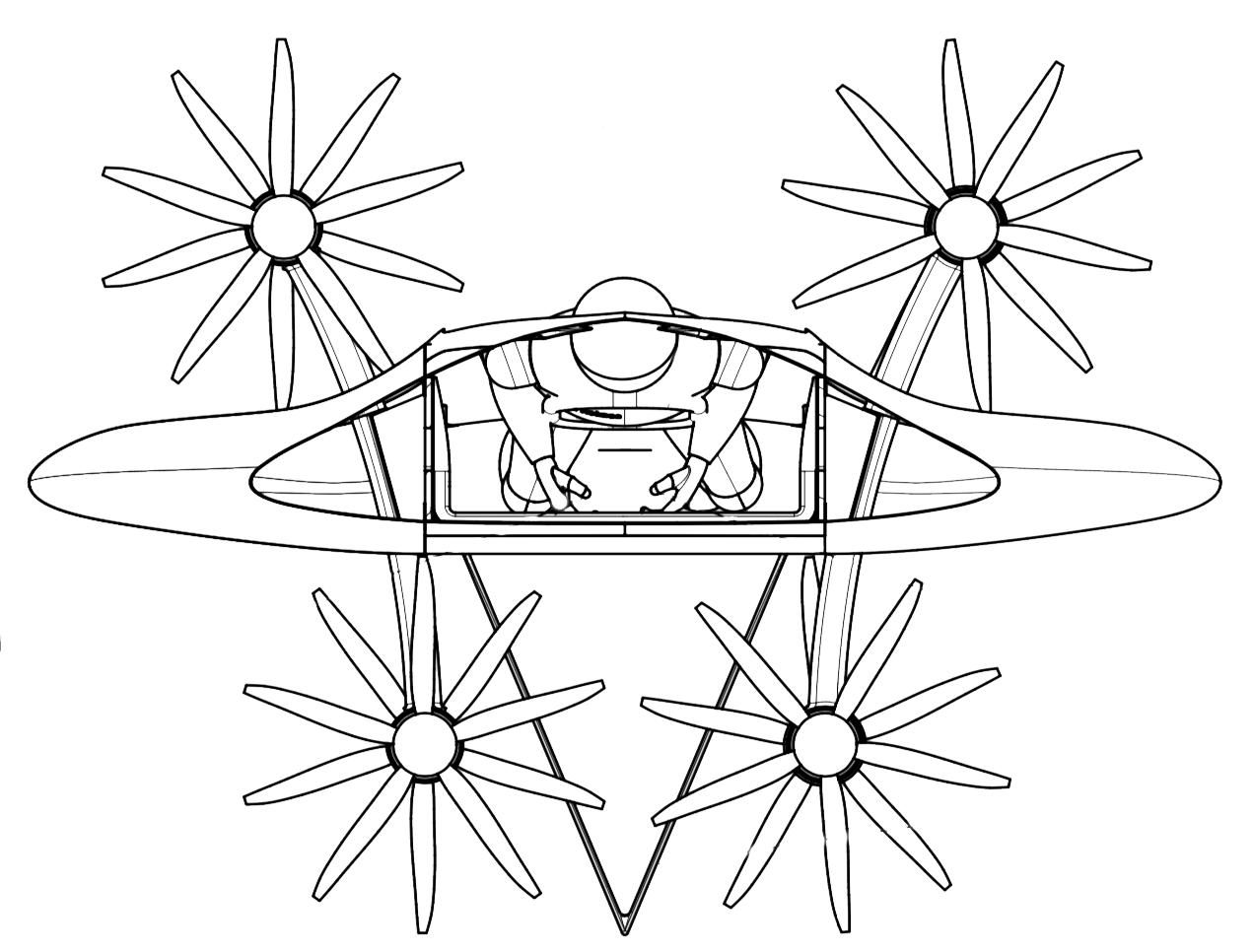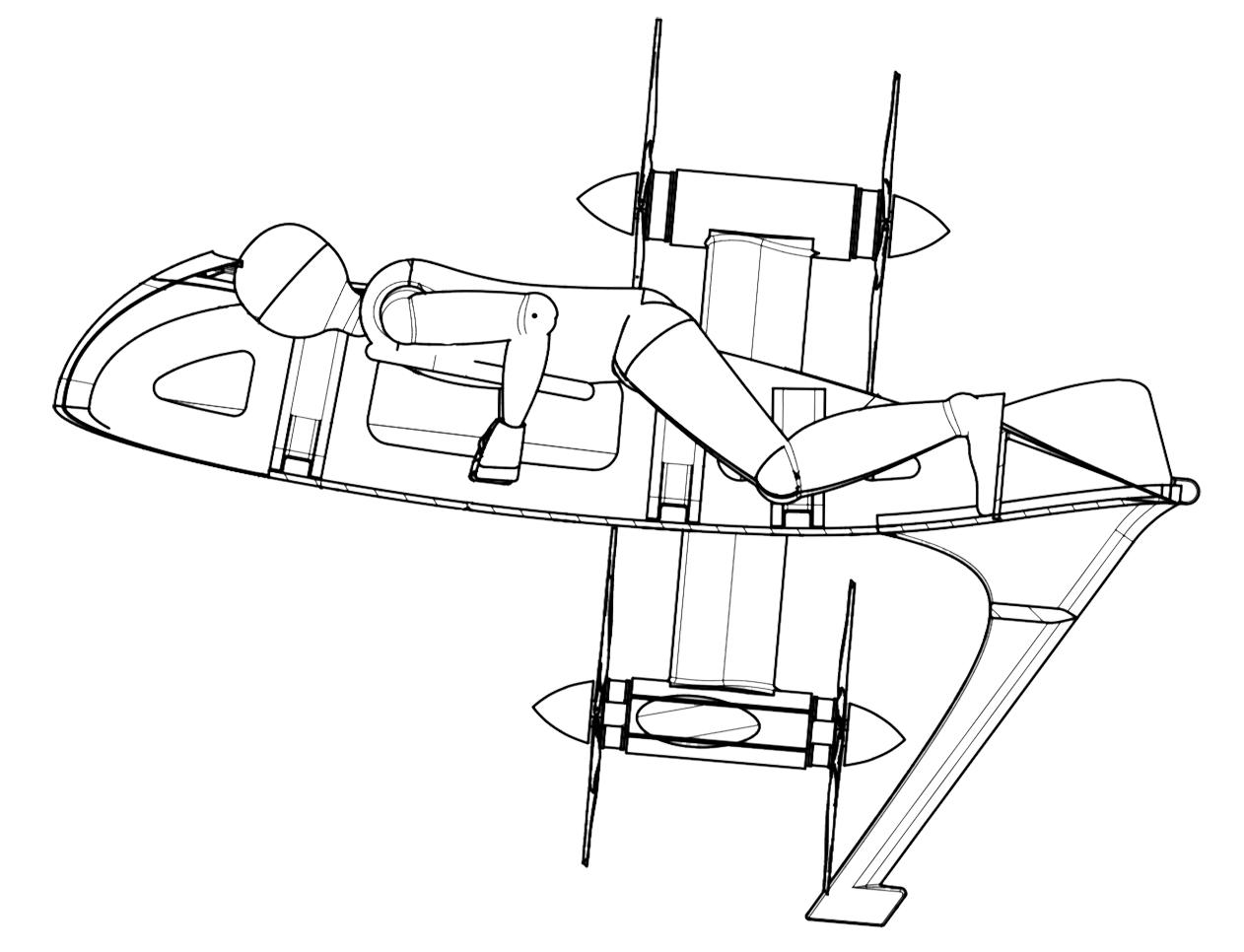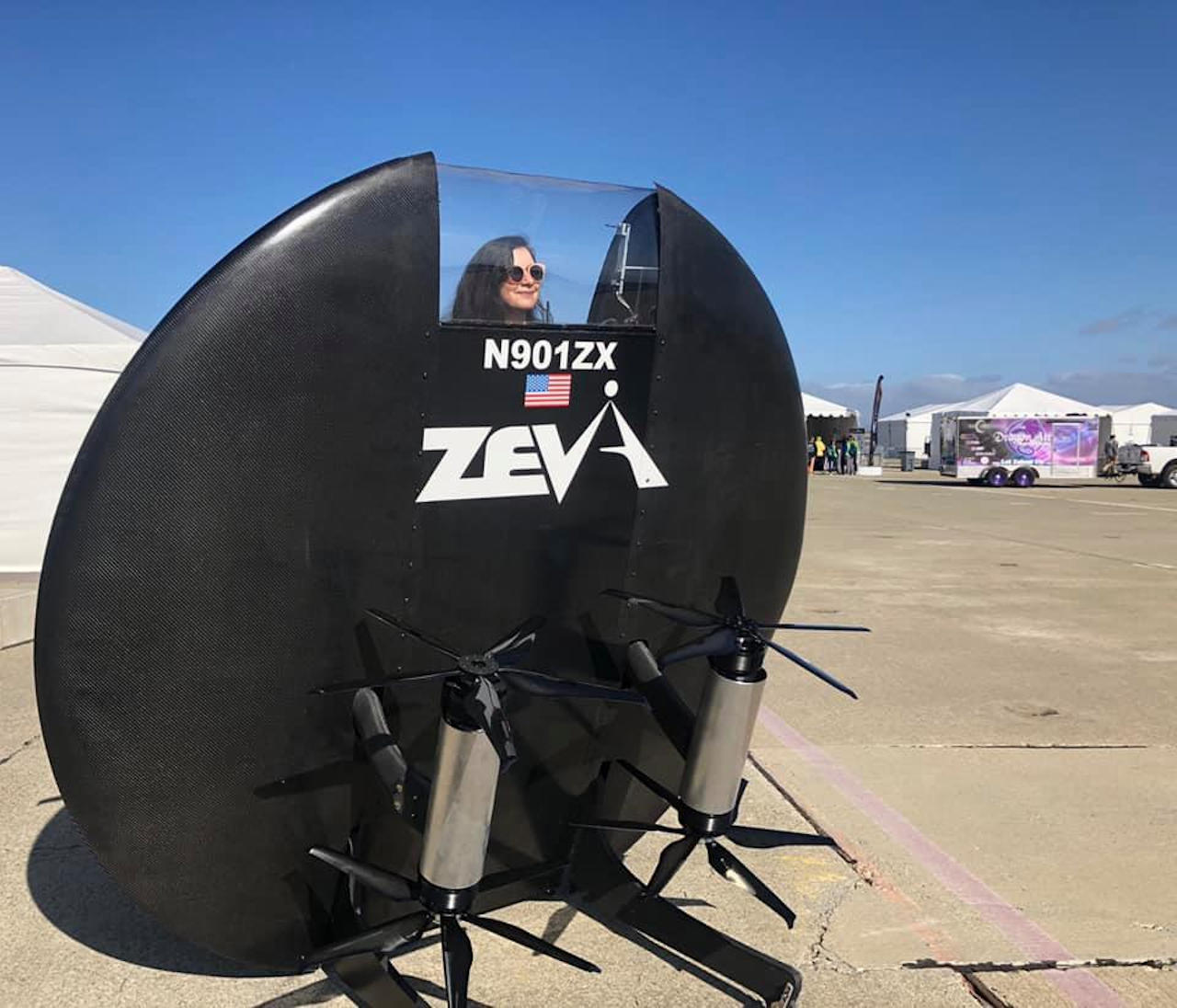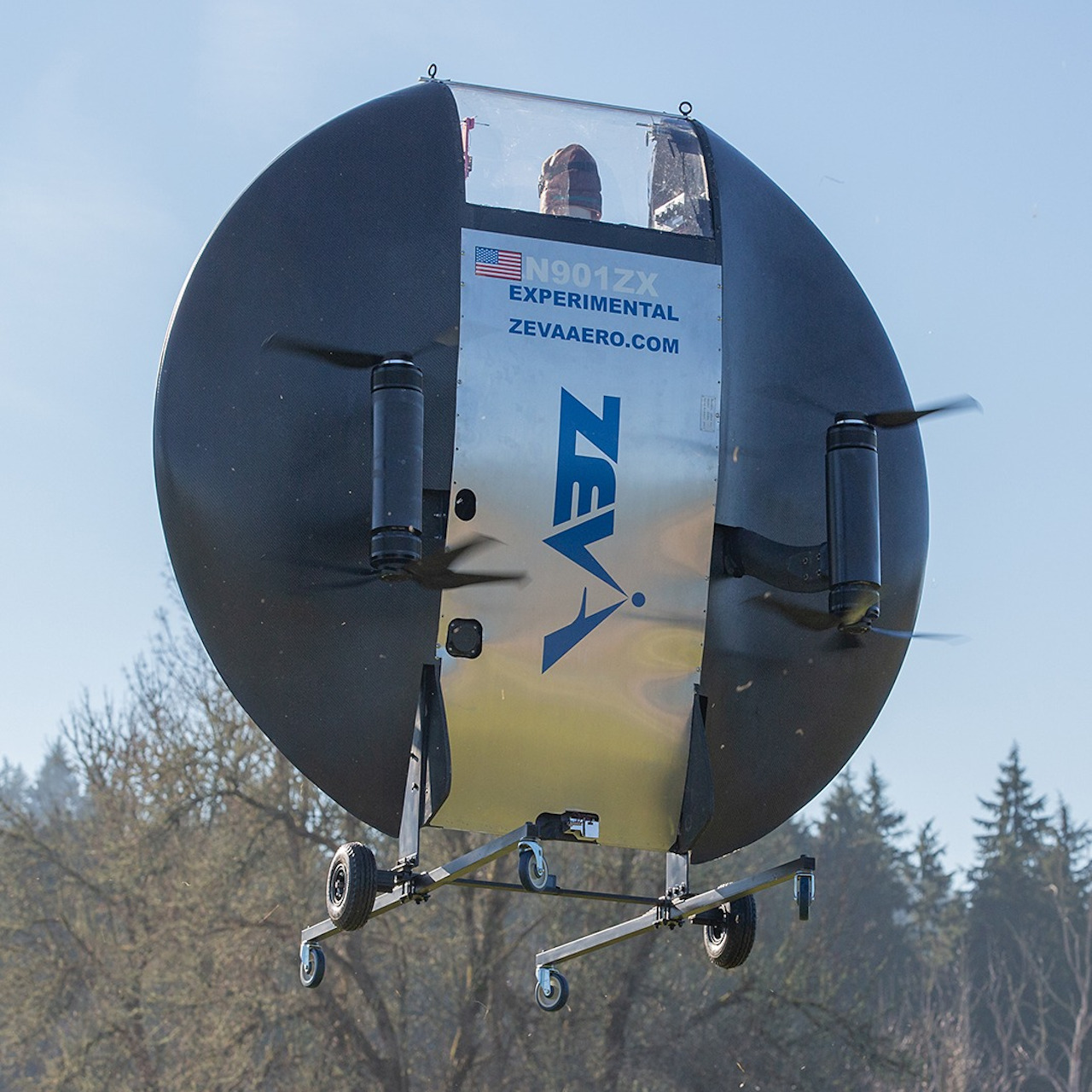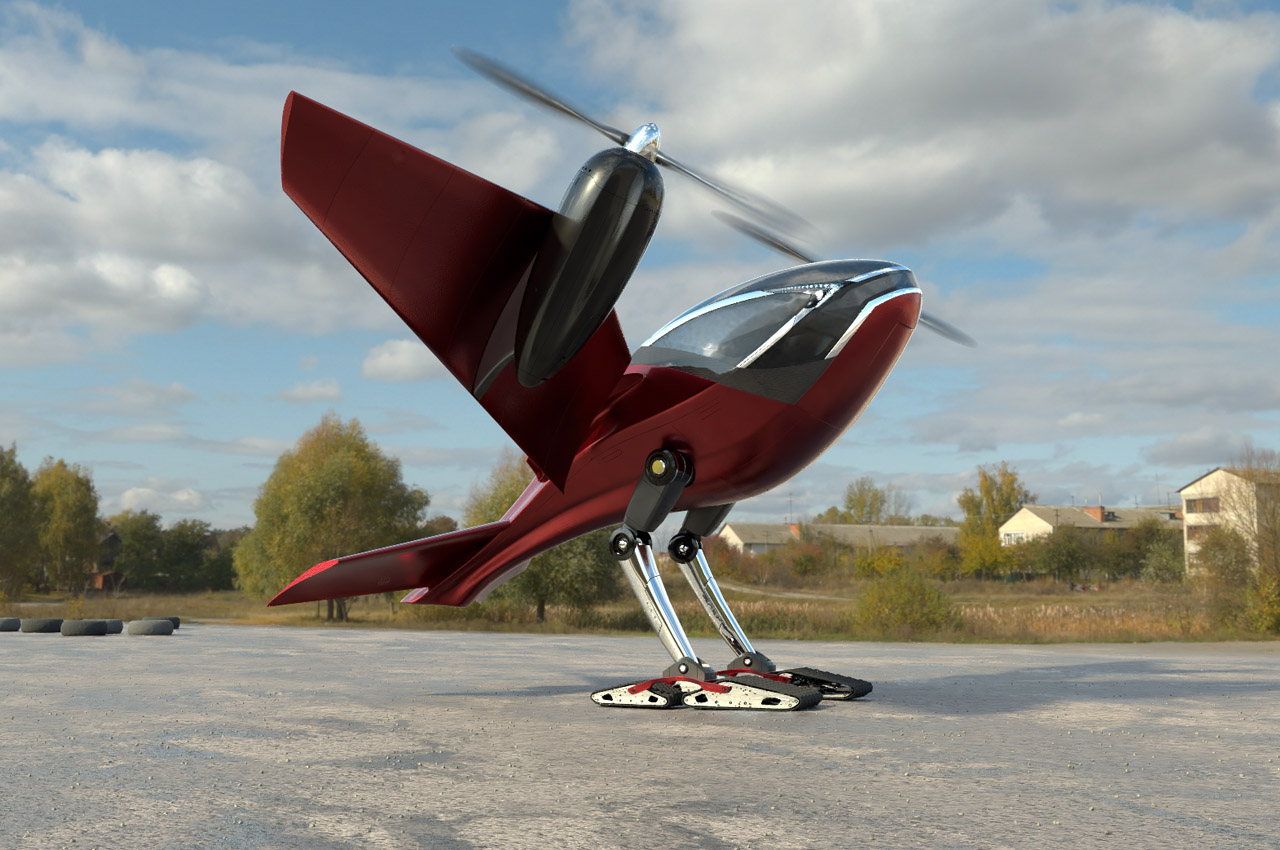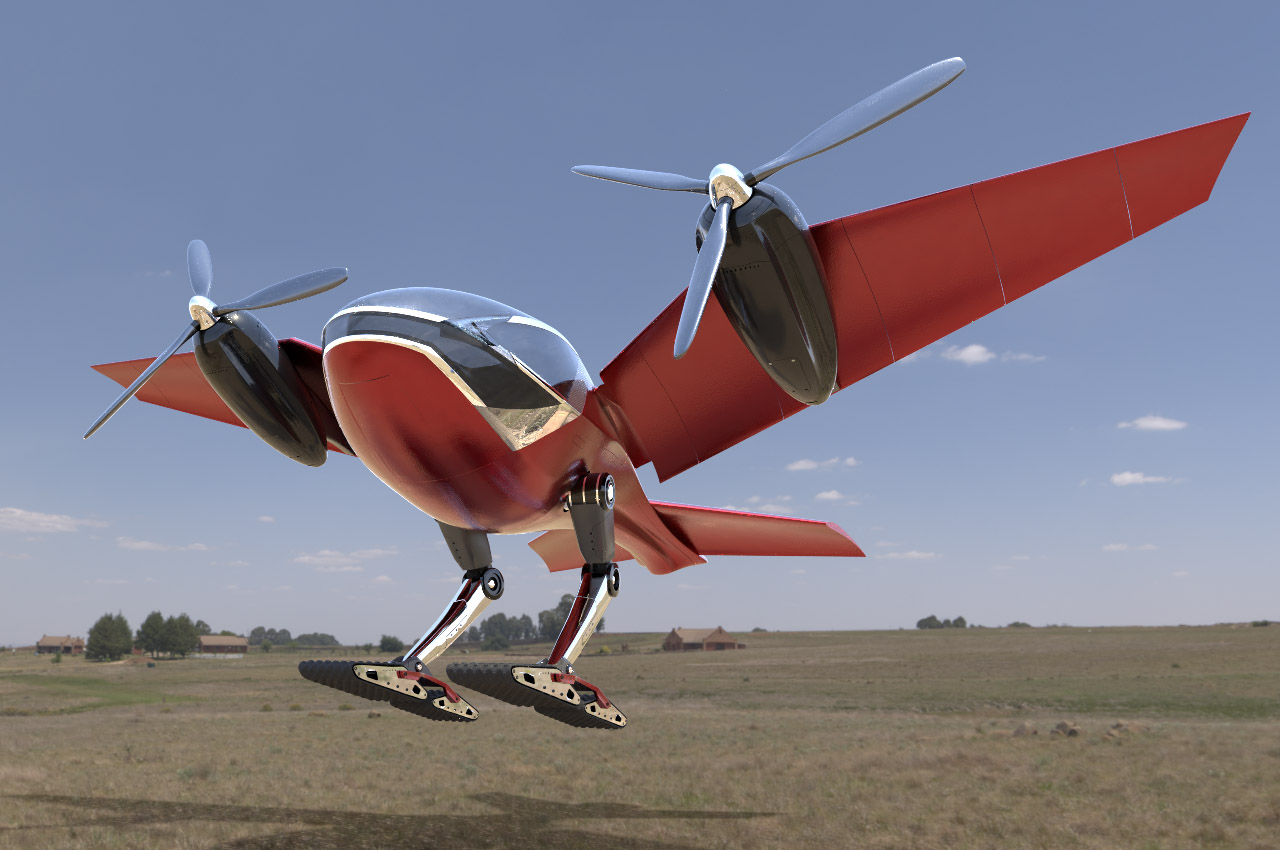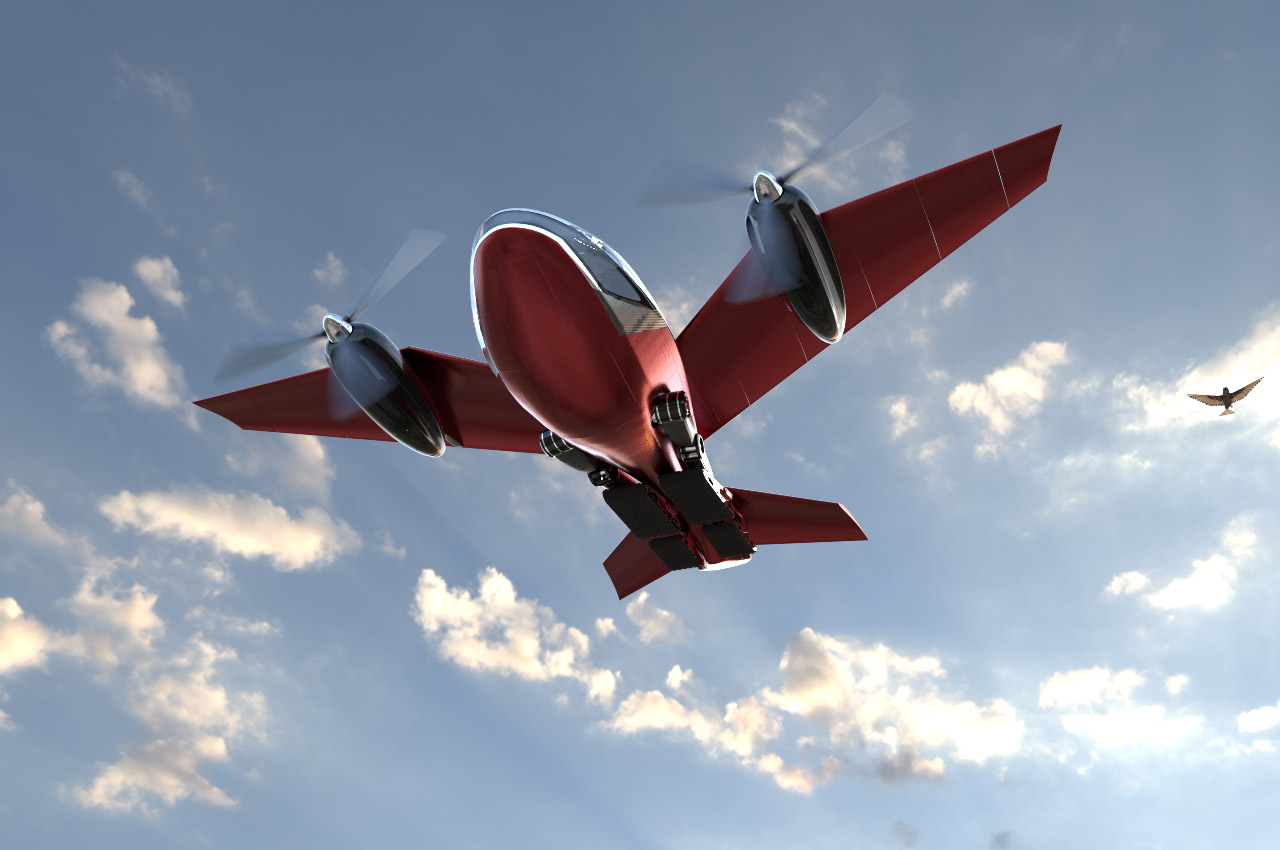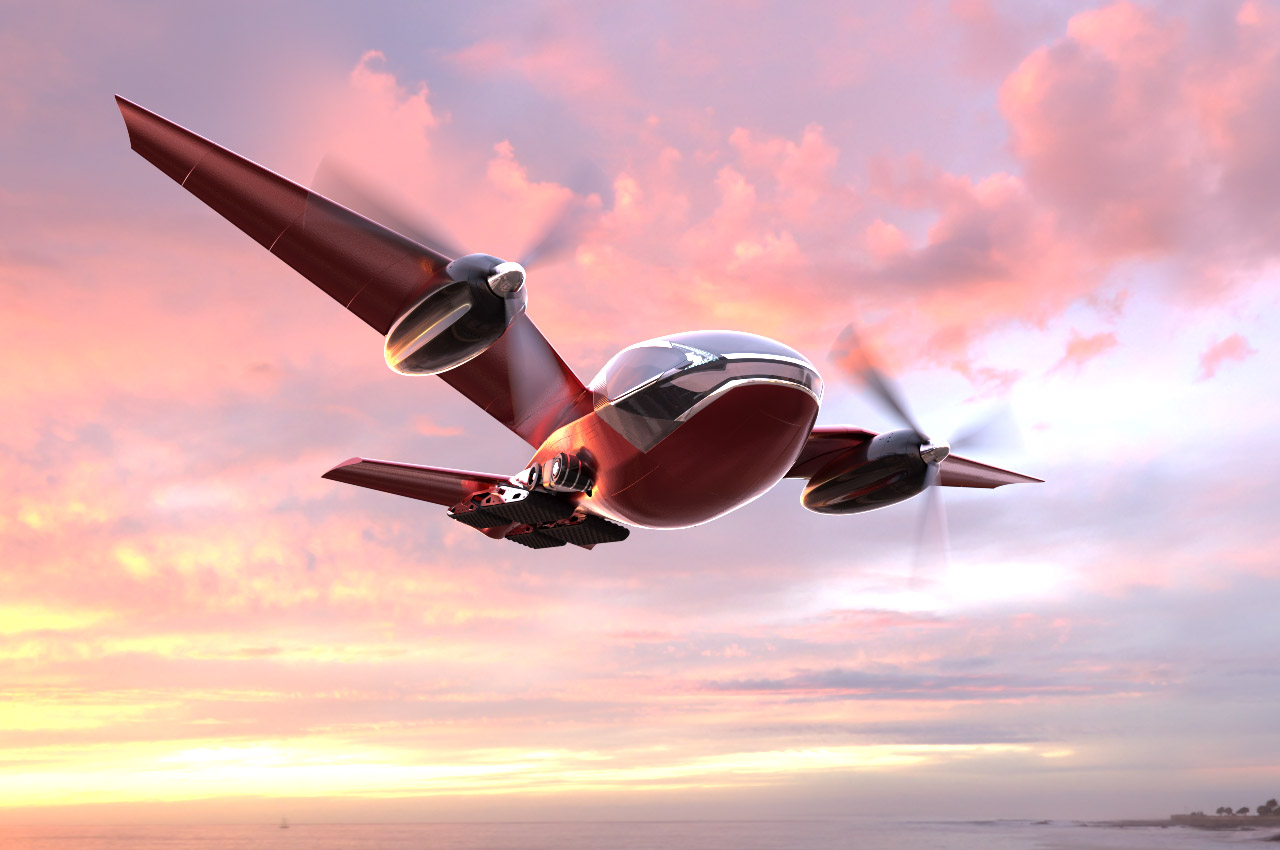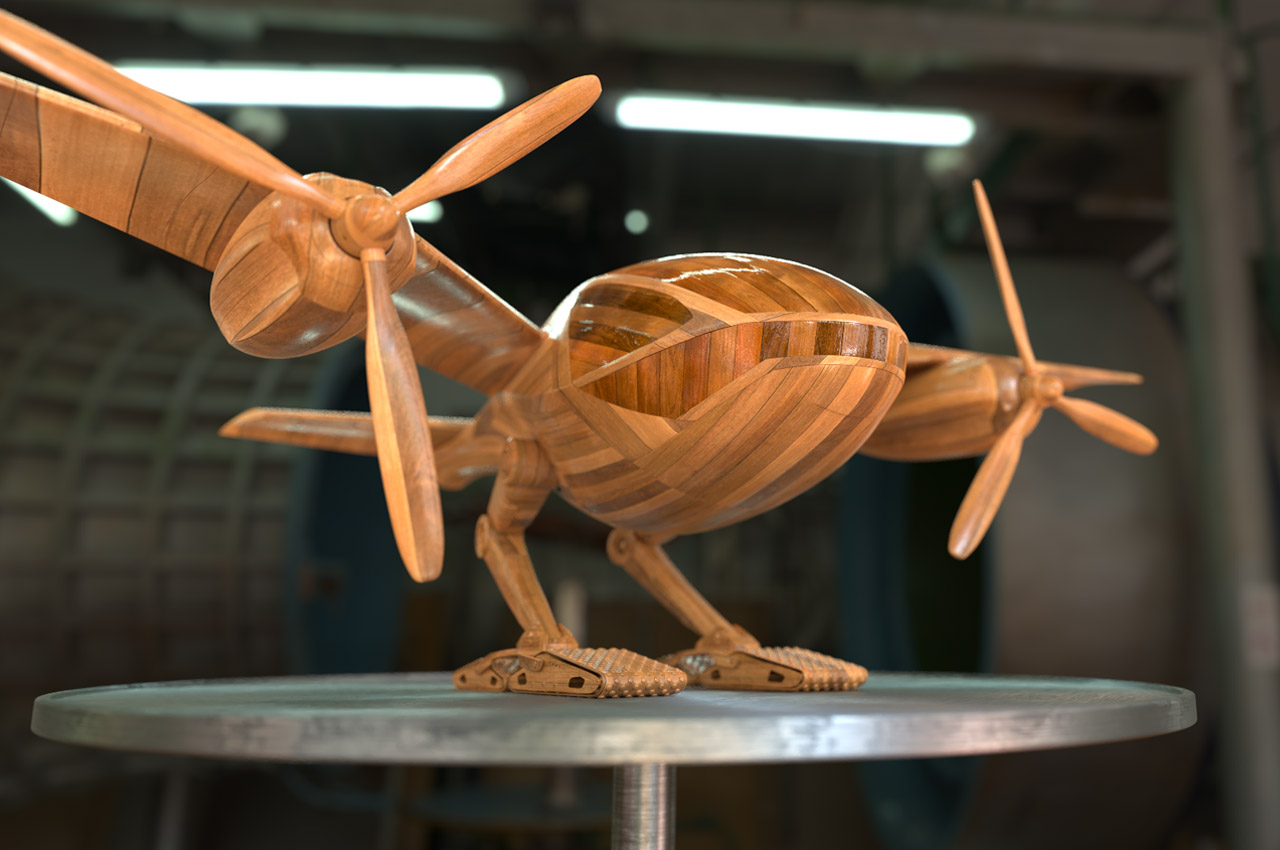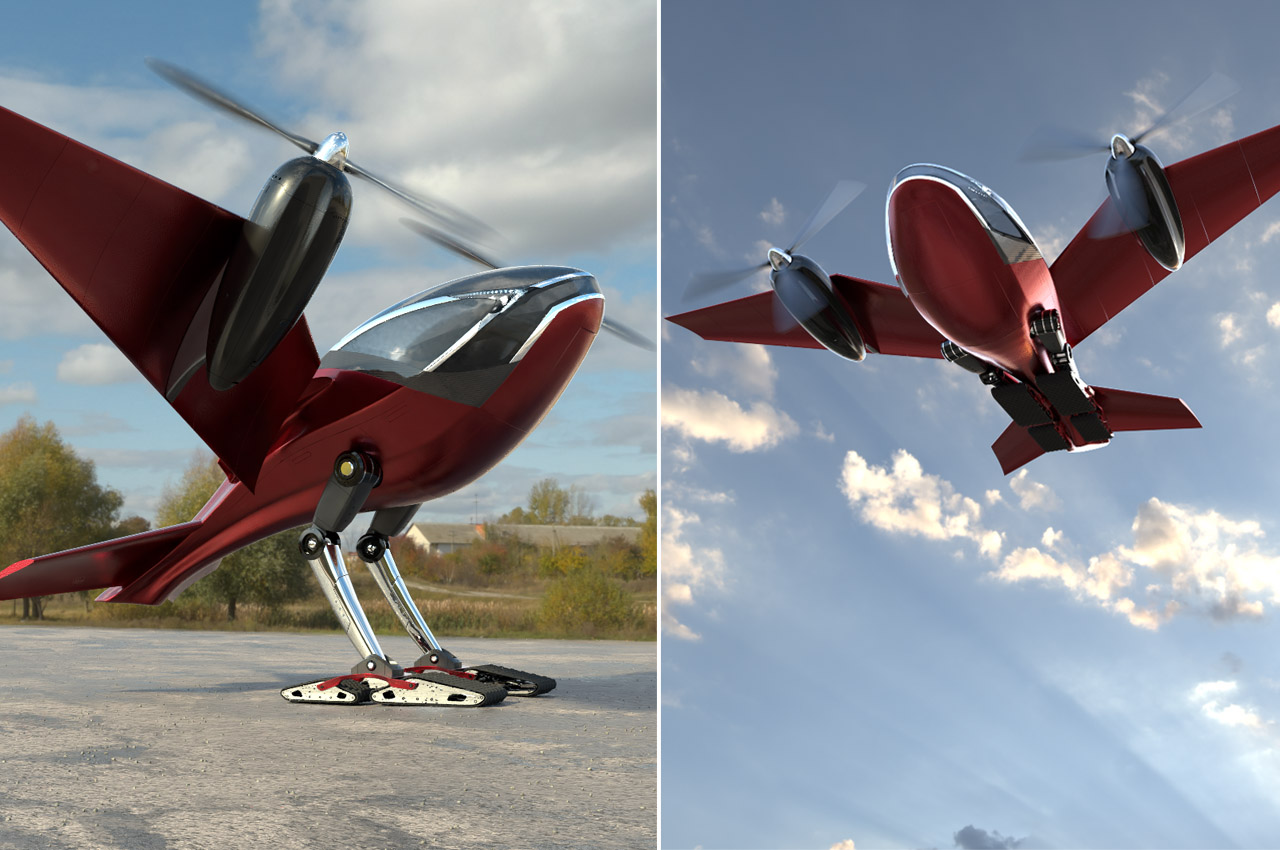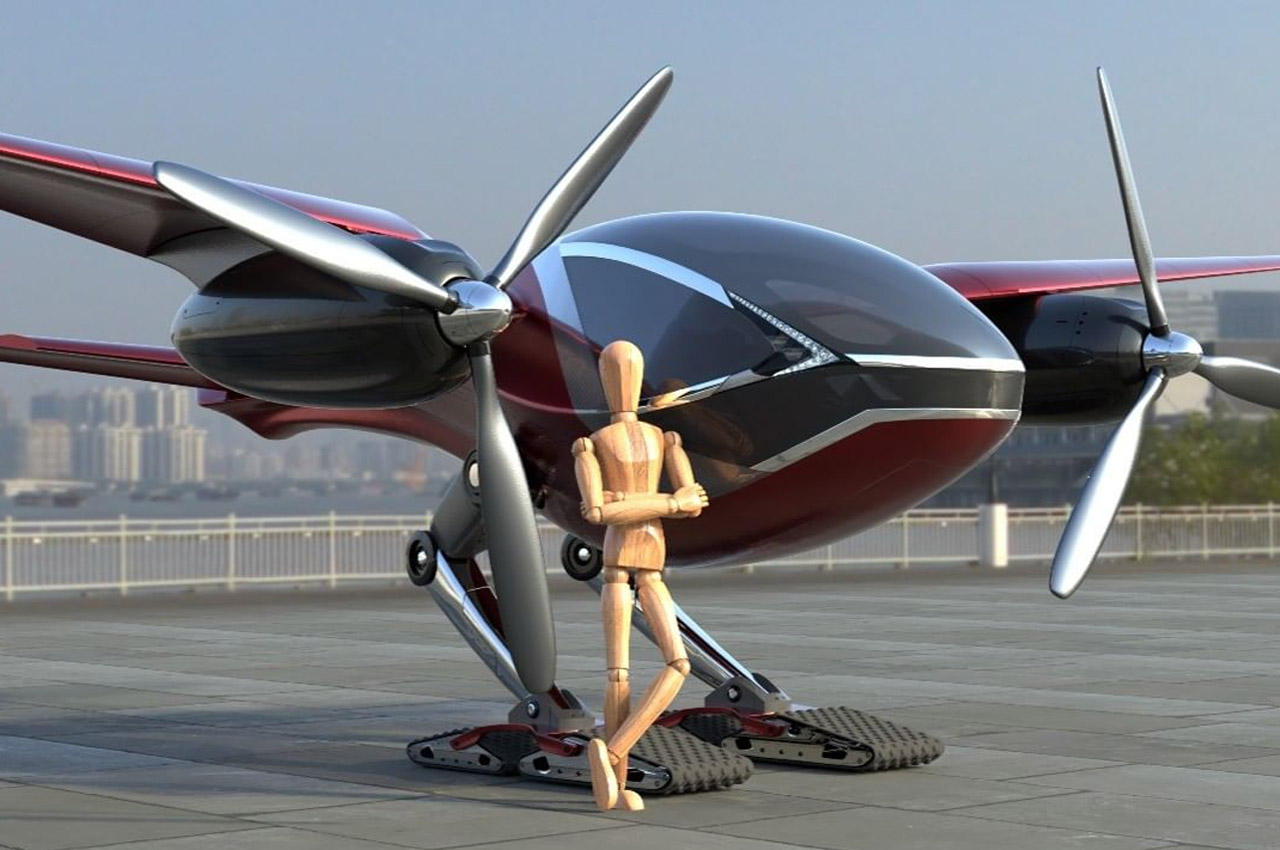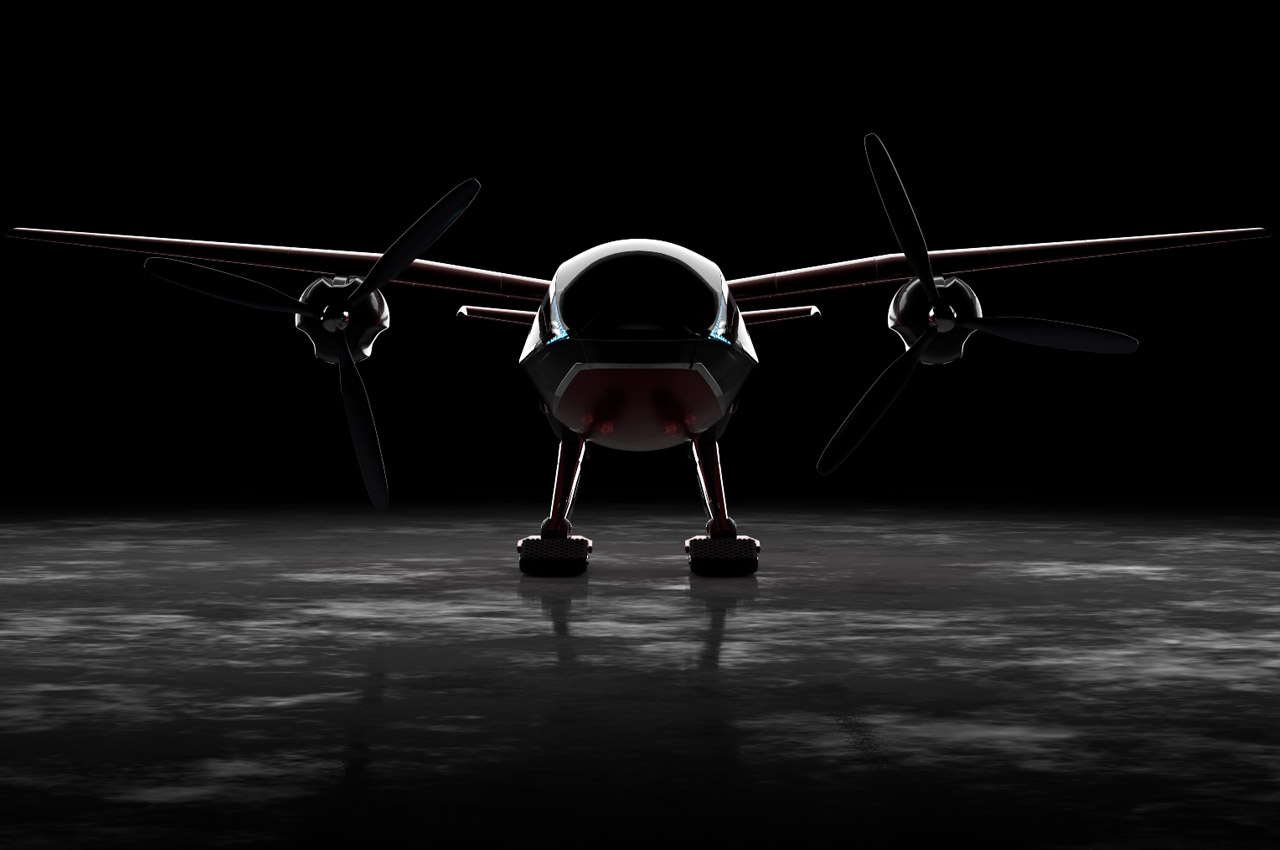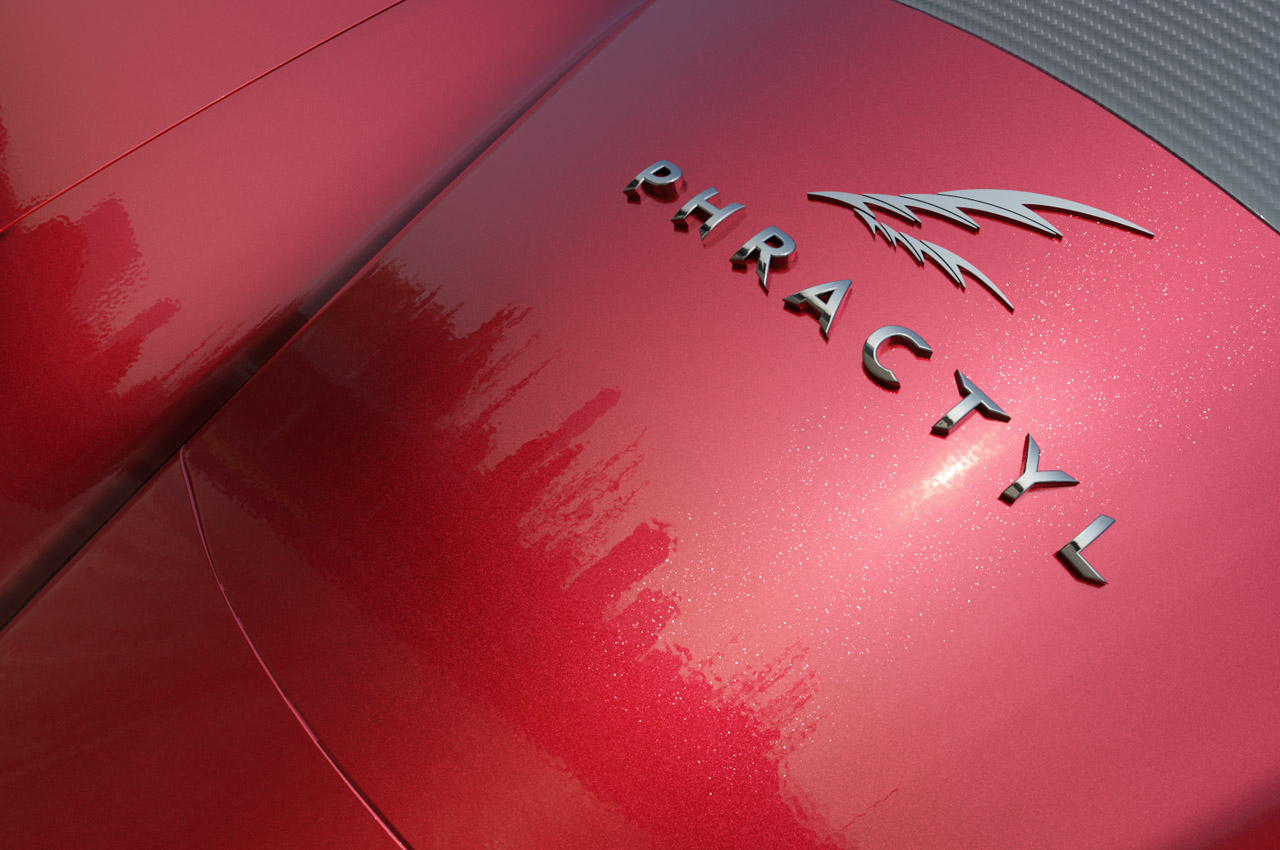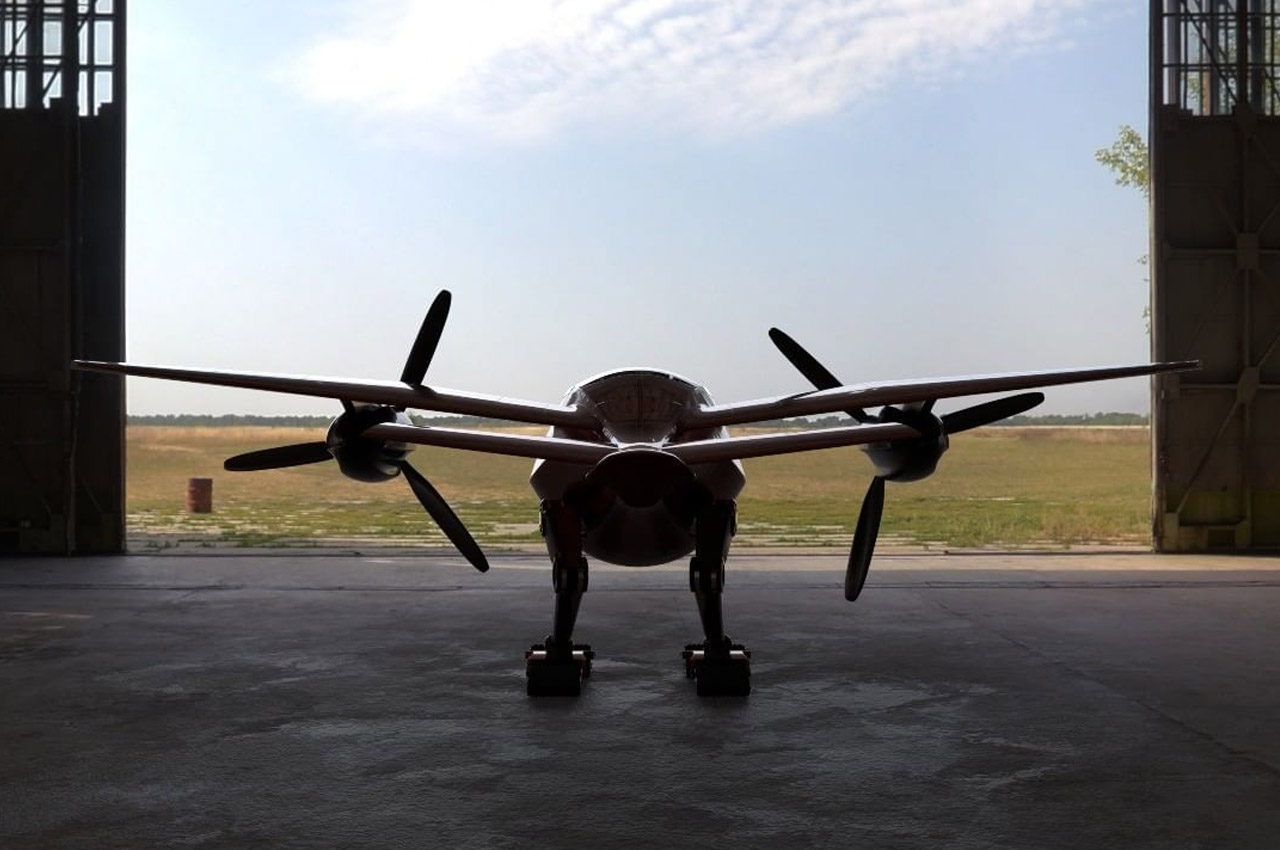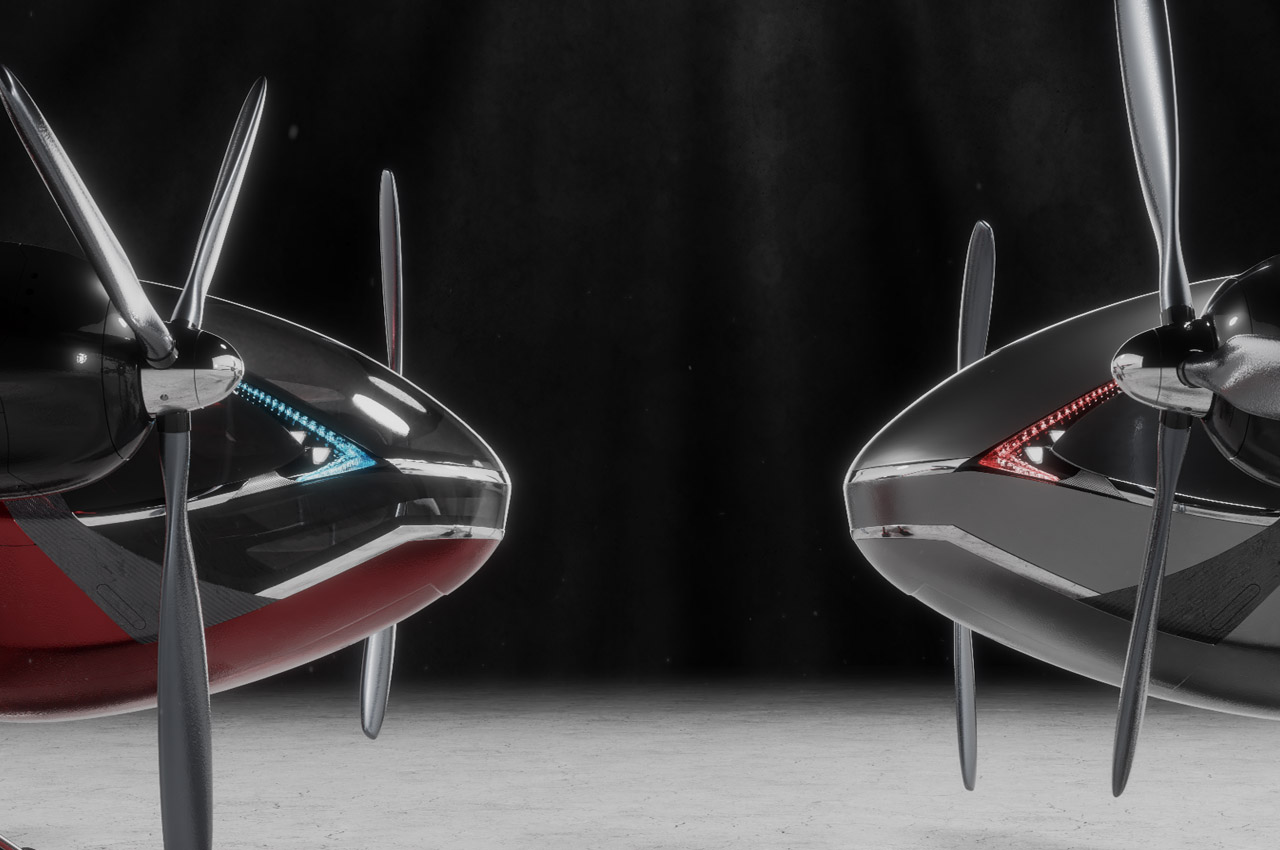Numerous flying car concepts have come and gone. Some remain in the pipeline after decades and a few have evolved into enticing prototypes. There are just a handful that are slightly near realism and ready to take off. Not that these are iterations of the dream flying car I have, where I would sit in a normal vehicle driving to the office for an urgent meeting and when I hit traffic, I’d just shift from drive mode to flying mode and take to the sky, over the congestion below… Ah!
These ideas of flying cars we are seeing pop up at the mega tech fest in Vegas are VTOLs with electric propulsion, designed to just fly straight up – without a runway – when you need personal mobility of the future to flaunt. After the fruitful sight of the Helix, the first marketable eVTOL aircraft slated to ship in the US starting June 10, 2024; we came across the Xpeng AeroHT eVTOL Flying Car at the ongoing CES.
Designer: Xpeng AeroHT
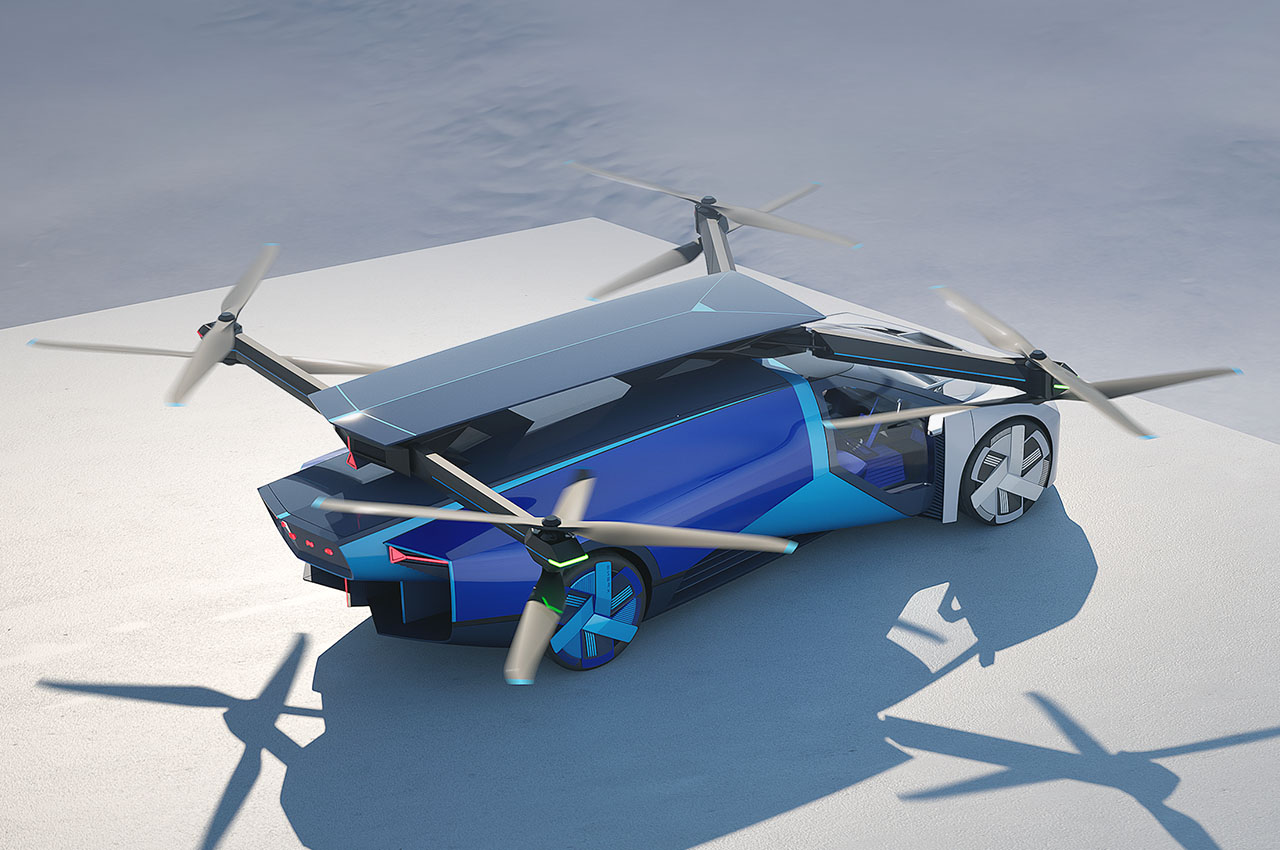
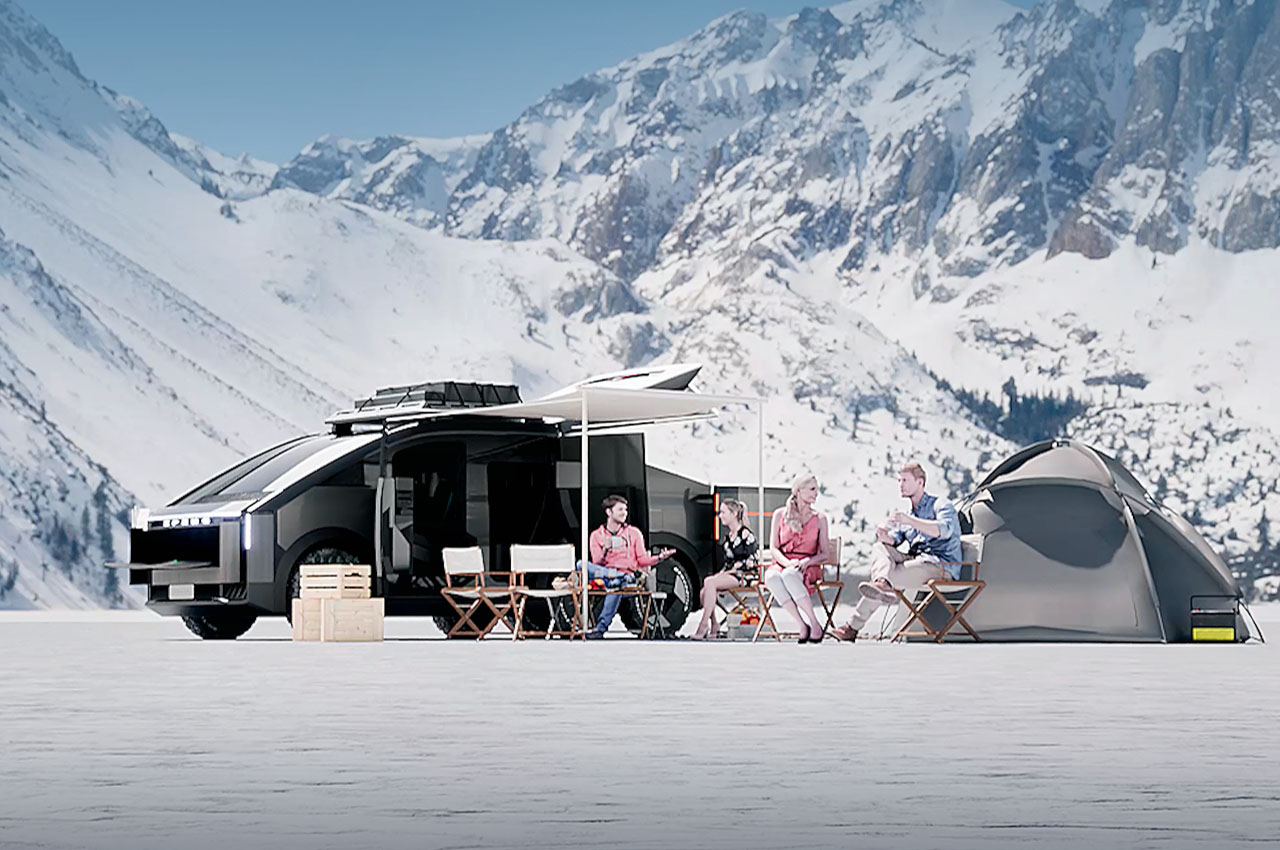
We learn this eVTOL flying car is designed and developed by AeroHT electric aviation wing of the Chinese auto company XPeng. Unlike traditional ideas, this modular flying car has a different approach. It comes in a two-part design, one part car and other an eVTOL, so it seamlessly switches between land and aerial modes.
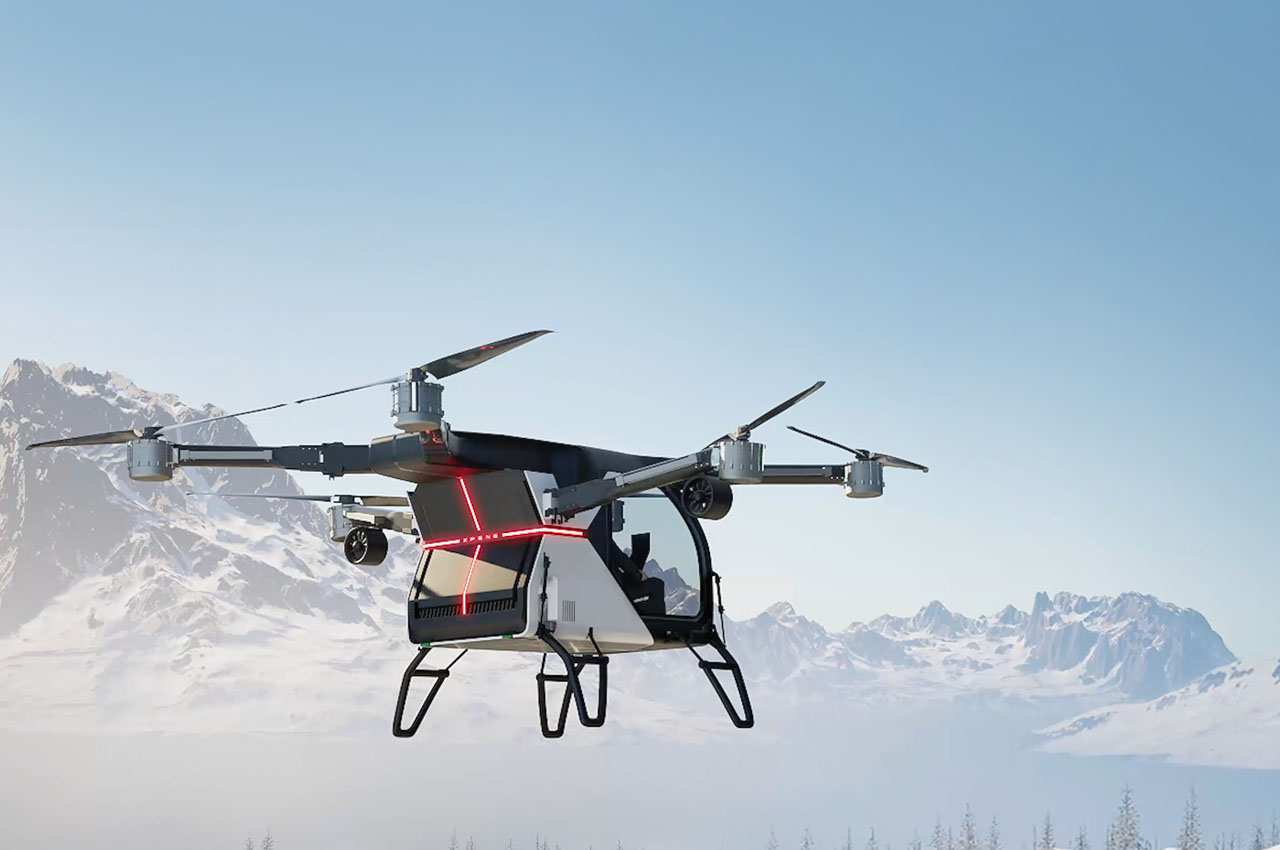
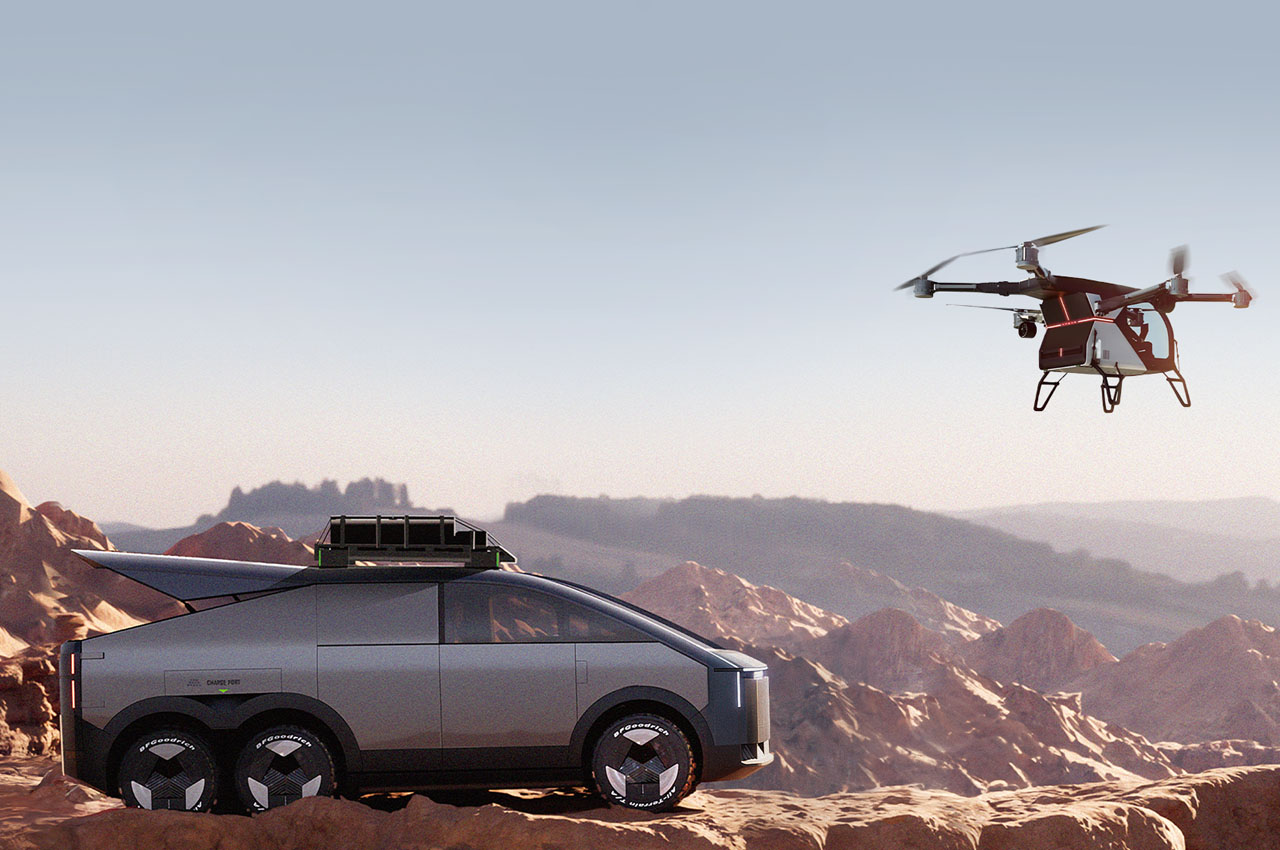
Dubbed the land aircraft carrier, it has an all-electric powertrain. Designed in a futuristic form factor – somewhat hinting at the aesthetics of the Cybertruck – this is a 6×6 all-wheel-drive vehicle you would want to drive all day. The car functions as a land aircraft carrier and when you want to reach the destination faster, you can reach out to a tiny two-person eVTOL helicopter called air module from the rear hatch and get going.
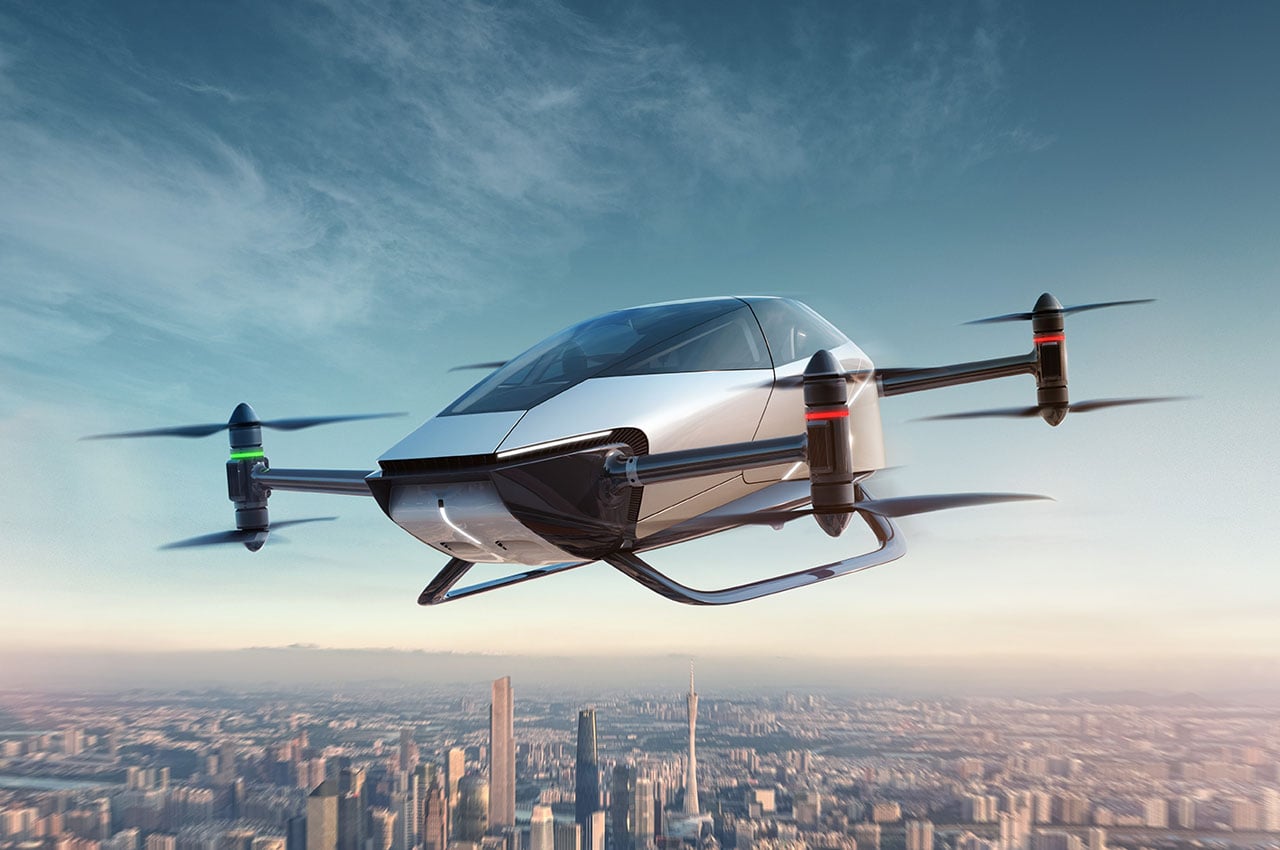
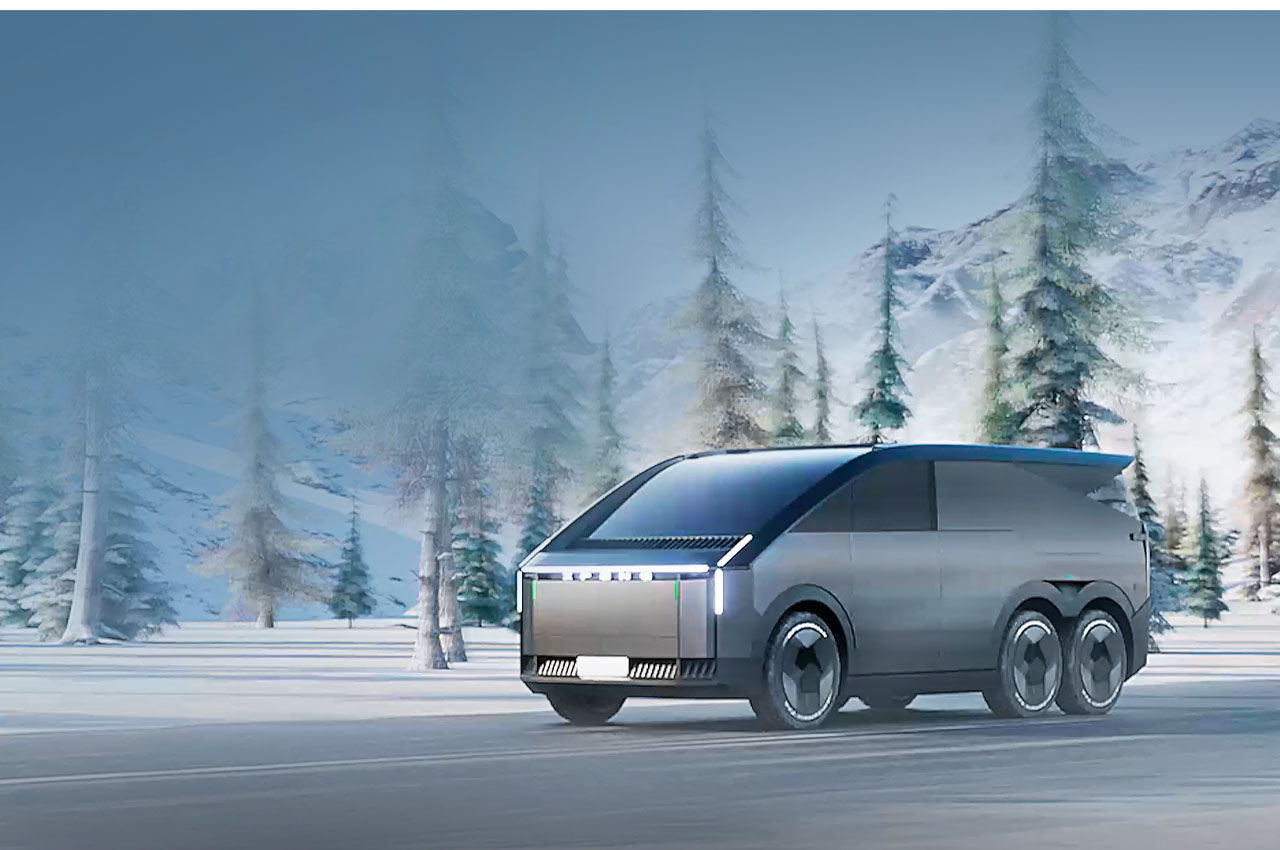
We were fascinated by the demonstration of the wonderful act of the land and aerial modes of the enthralling low-altitude aircraft capable of vertical take-off and landing. Visioned with safety in mind – both for land and air modes – the eVTOL comes with manual and autonomous flight modes, making it one of the safest personal, electric flying cars. We tried to hold up some conversation with the team at CES, but we do not have information on the battery unit or pricing, we learned it is going into production and should be available for preorder soon. Shipping is likely to begin in China toward the end of 2025.
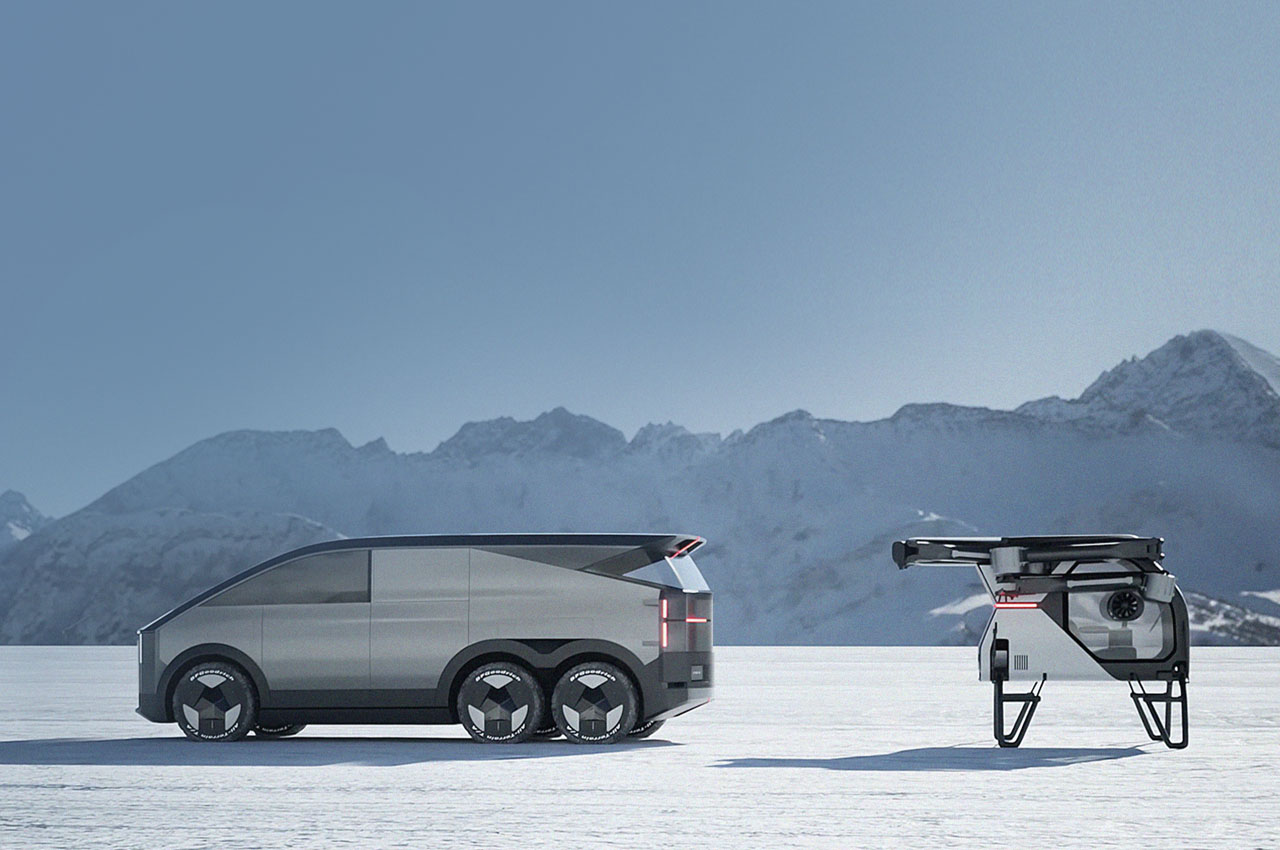
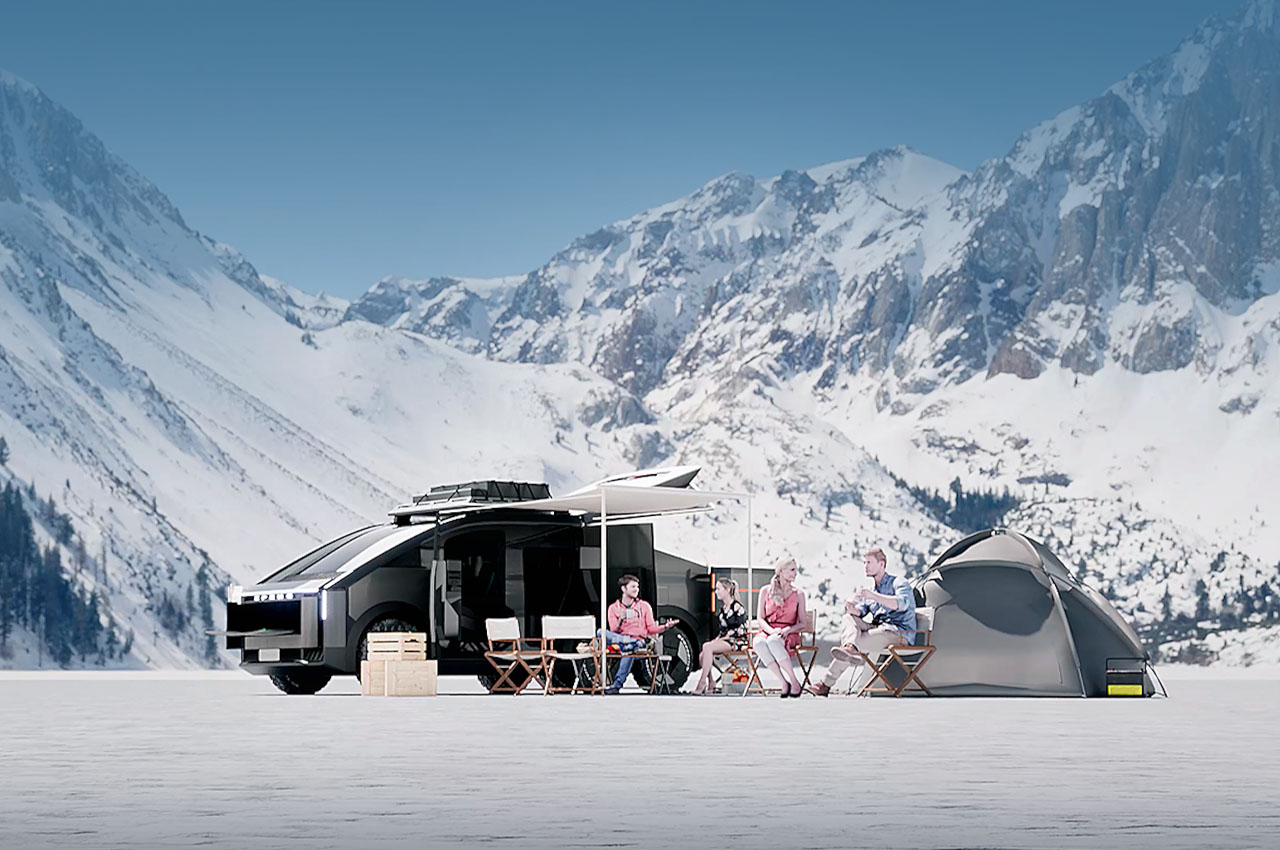
The post Get ready to drive and fly with this modular Chinese flying car debuting at CES first appeared on Yanko Design.
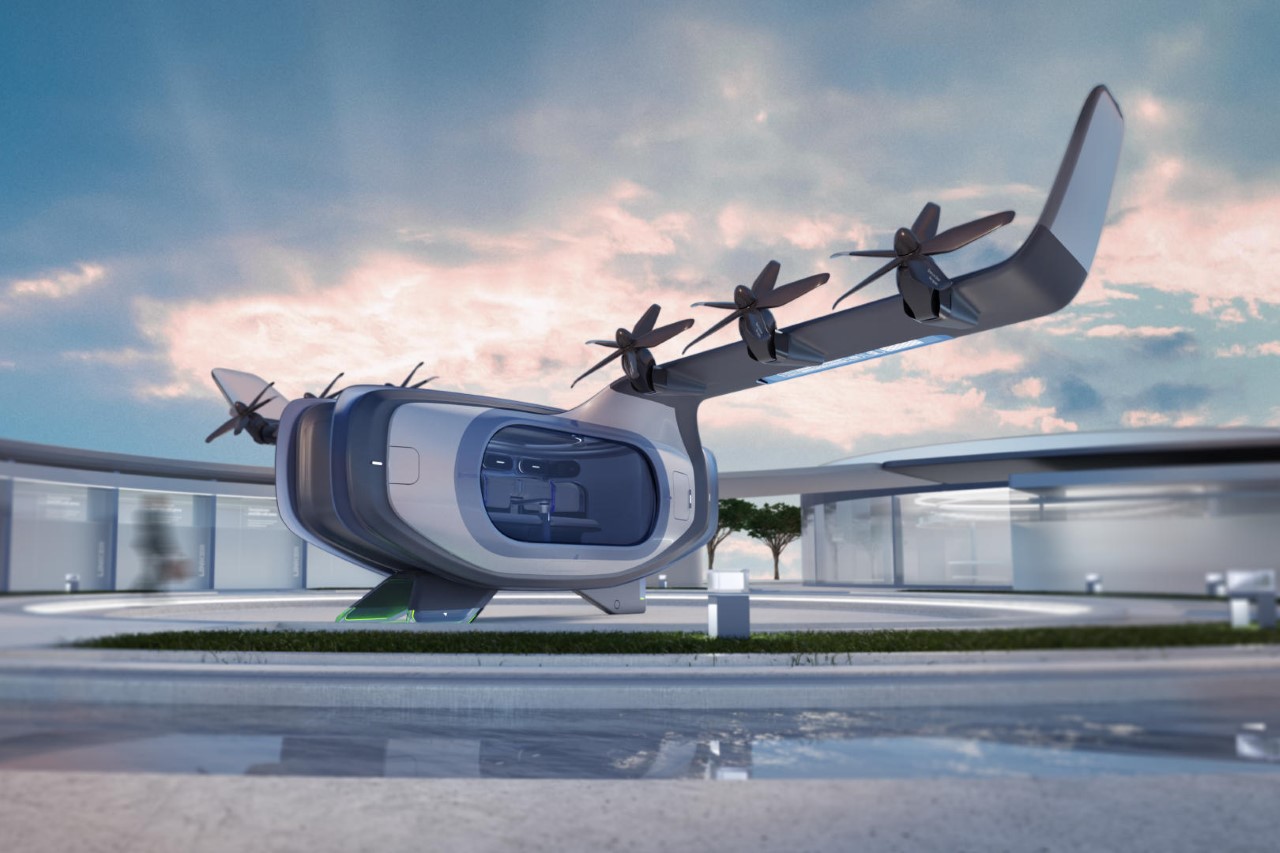
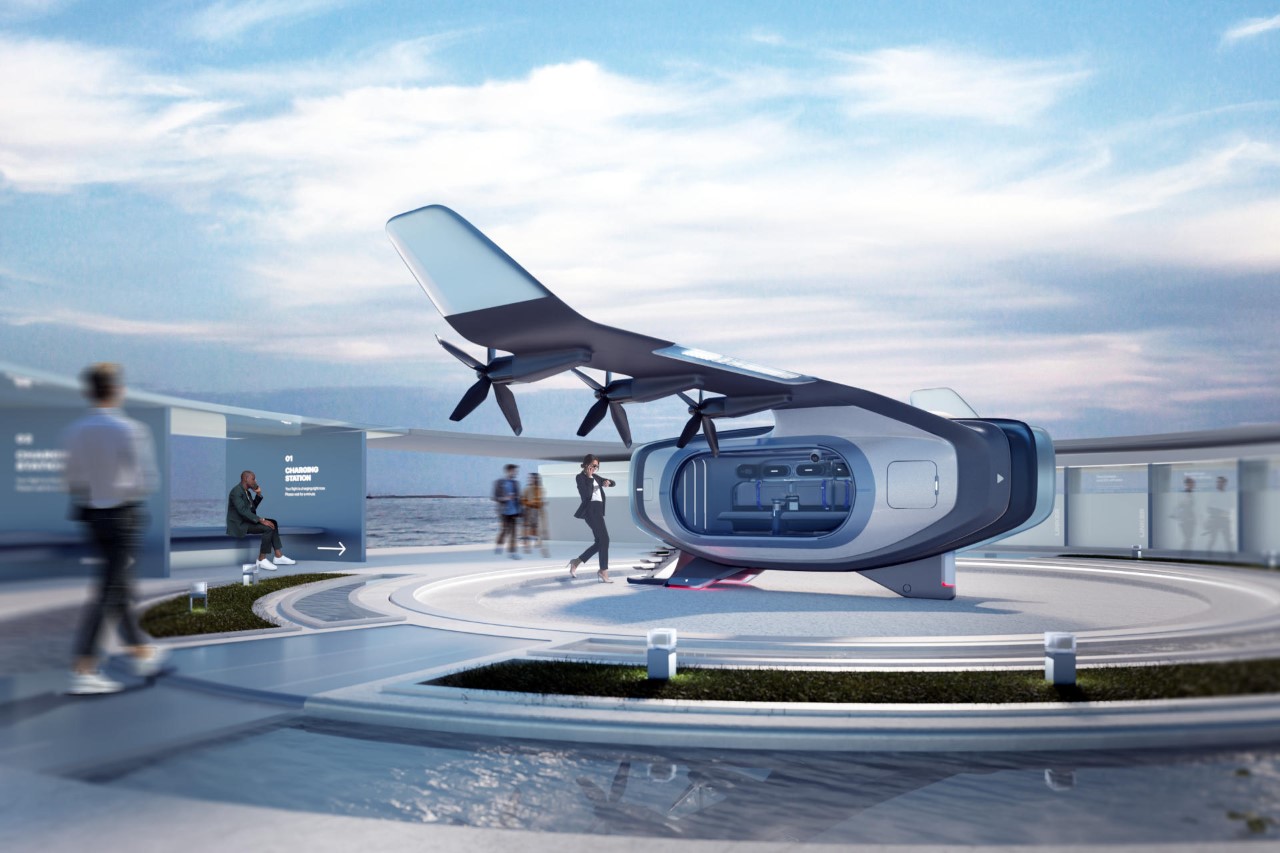
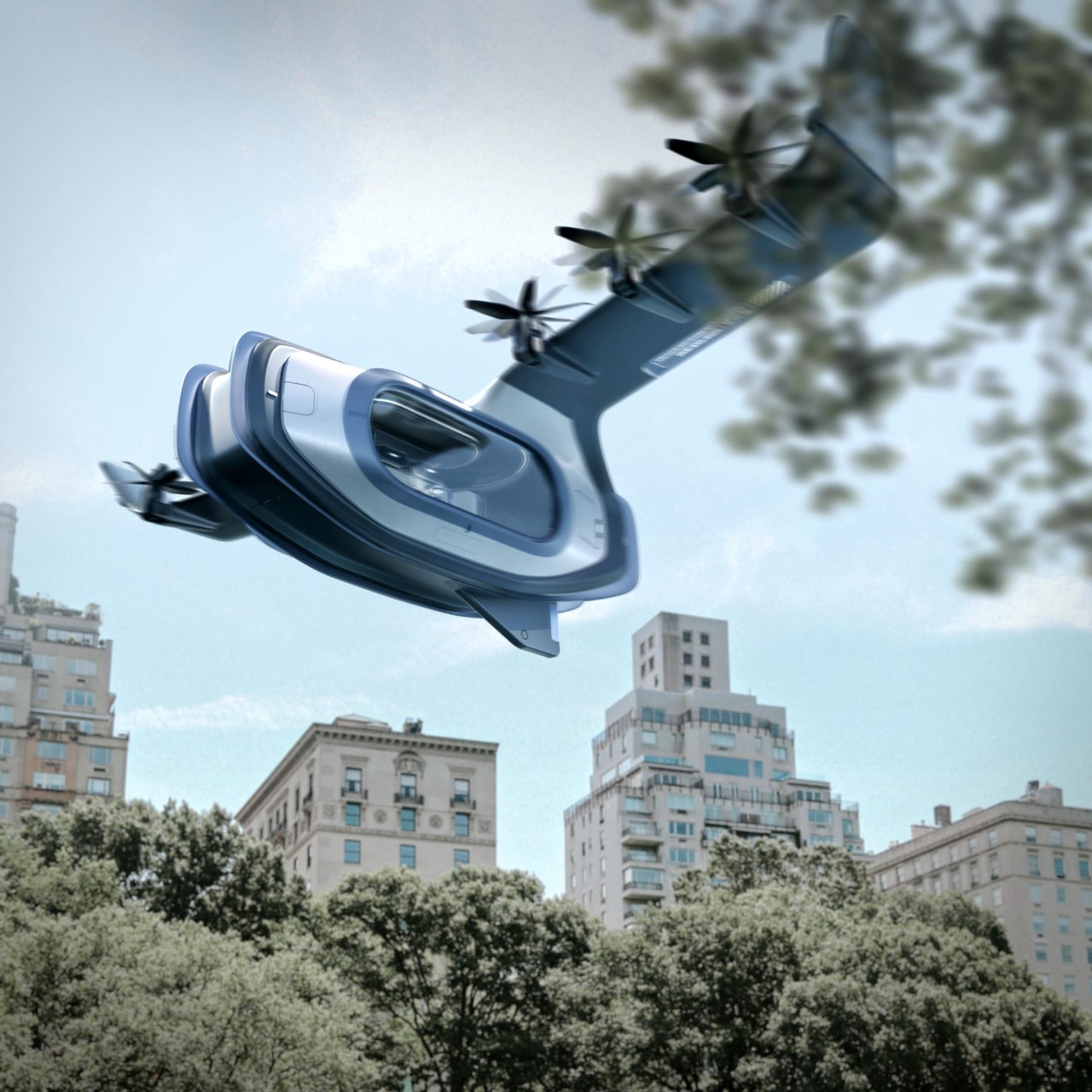
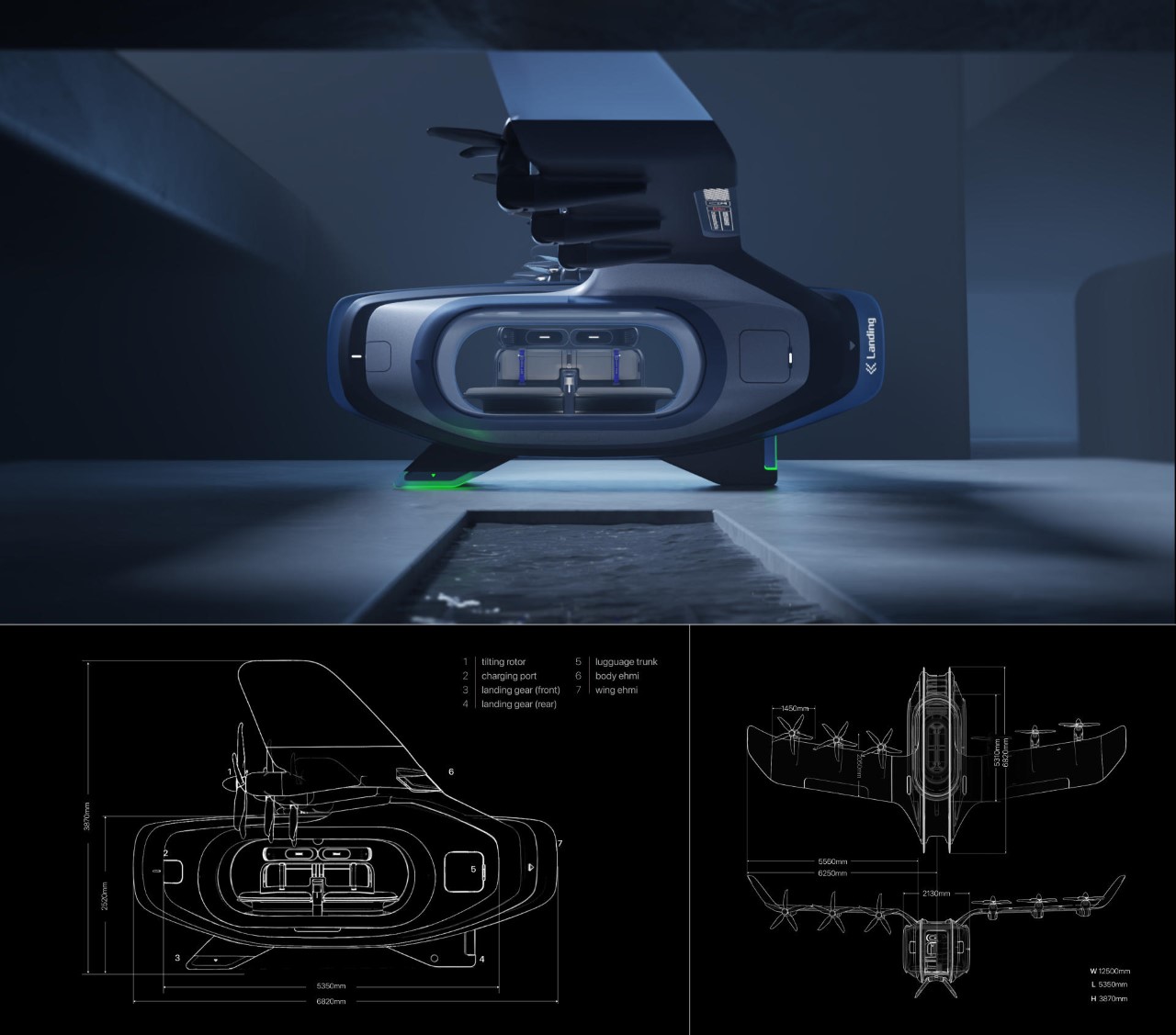
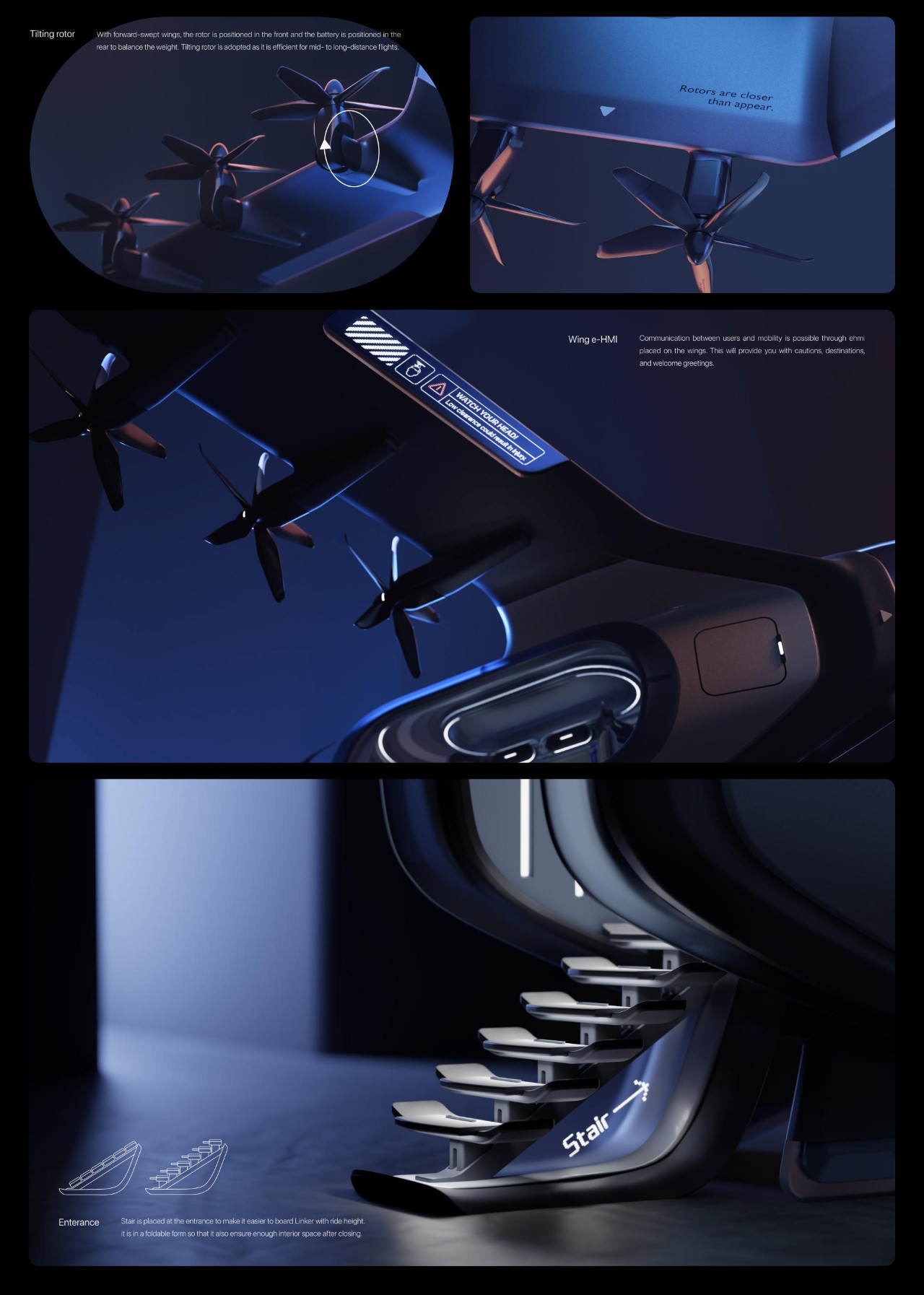
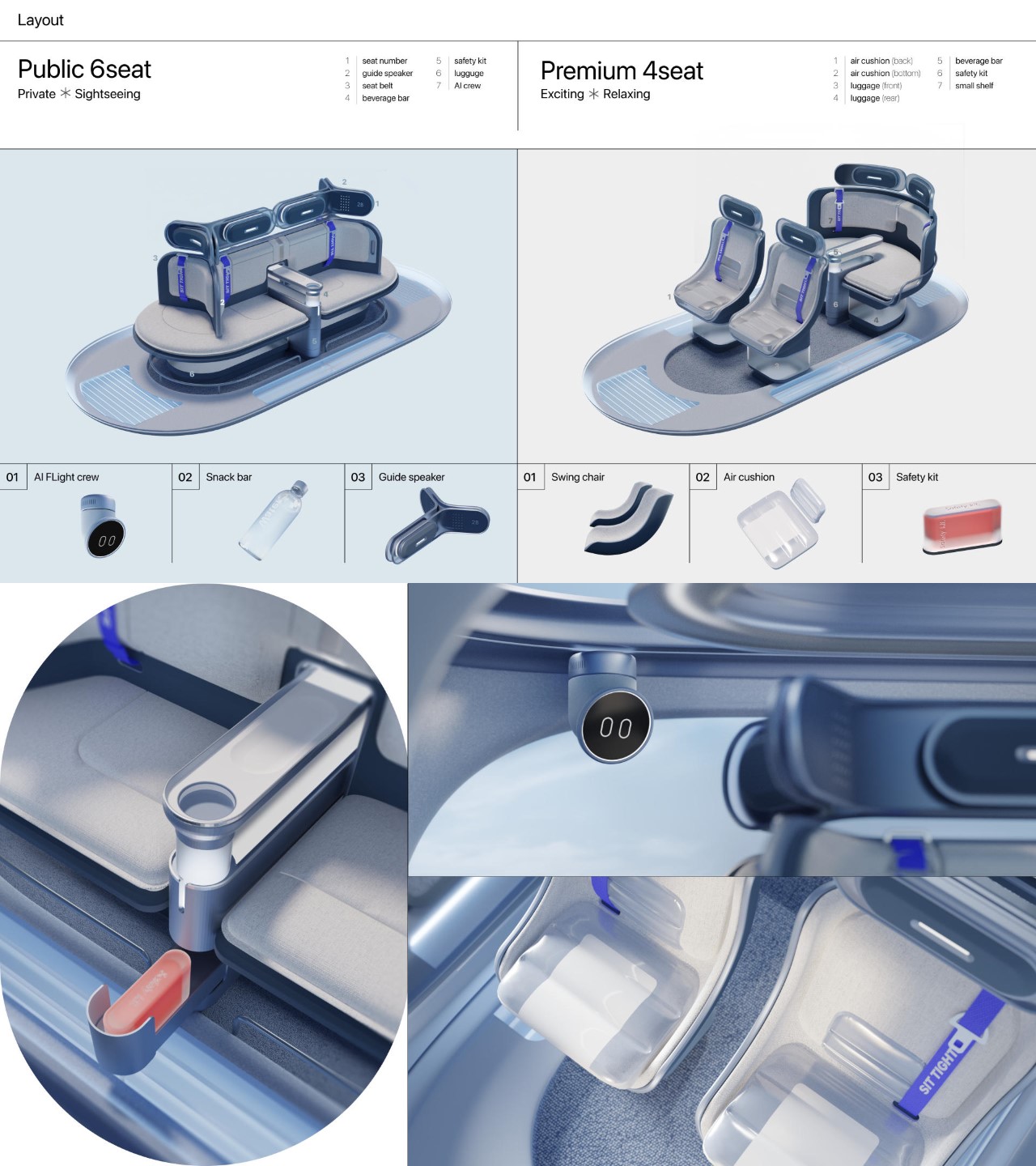
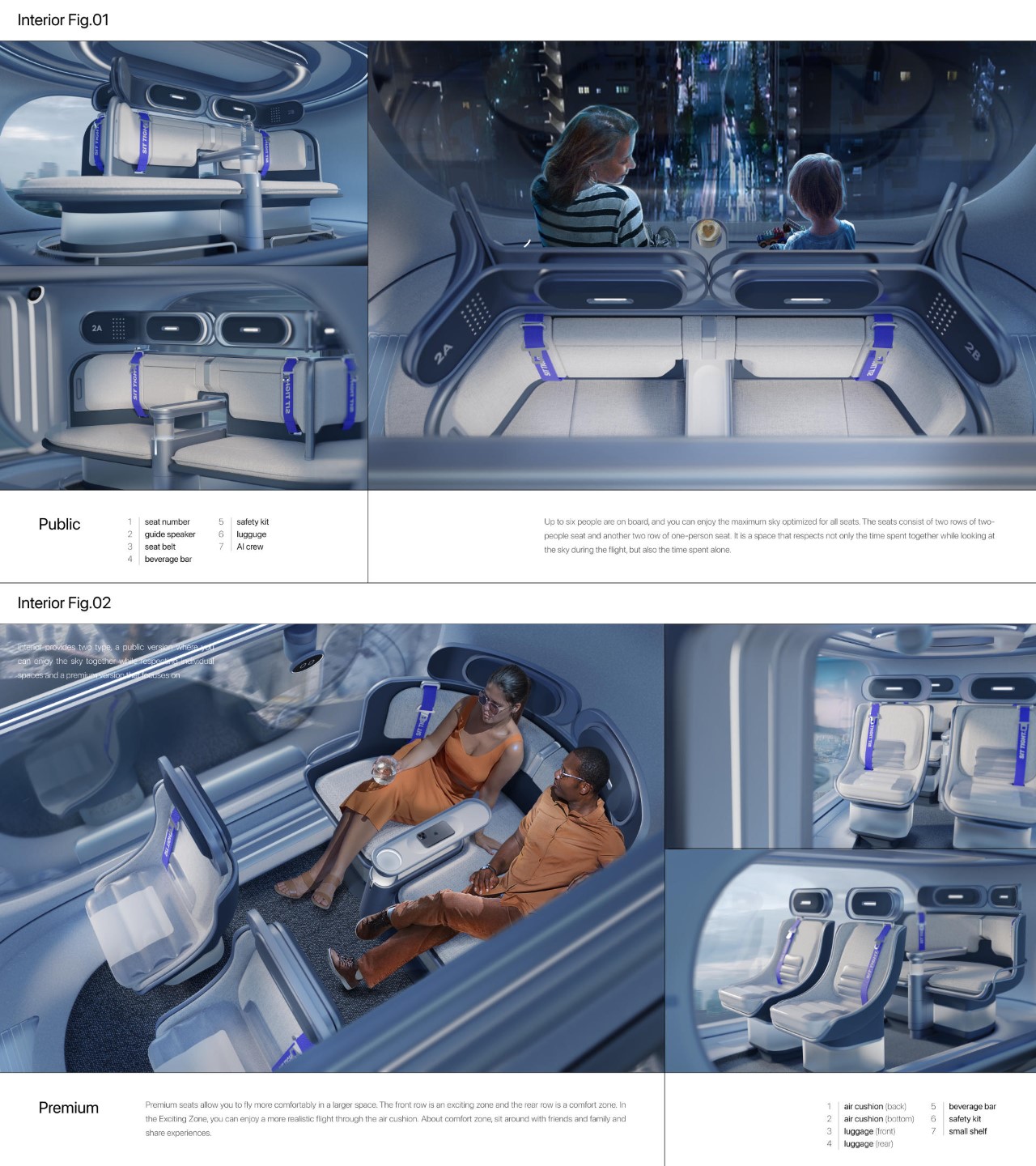
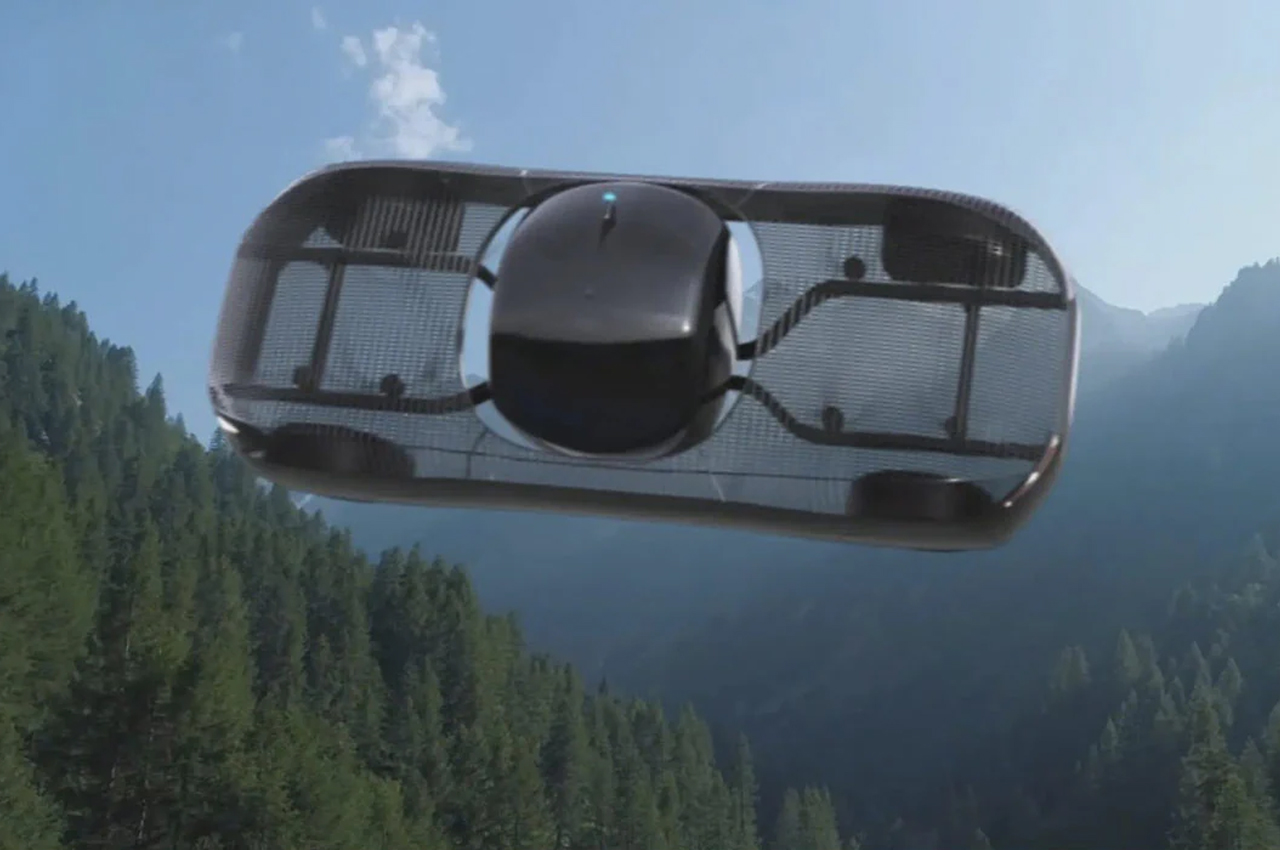
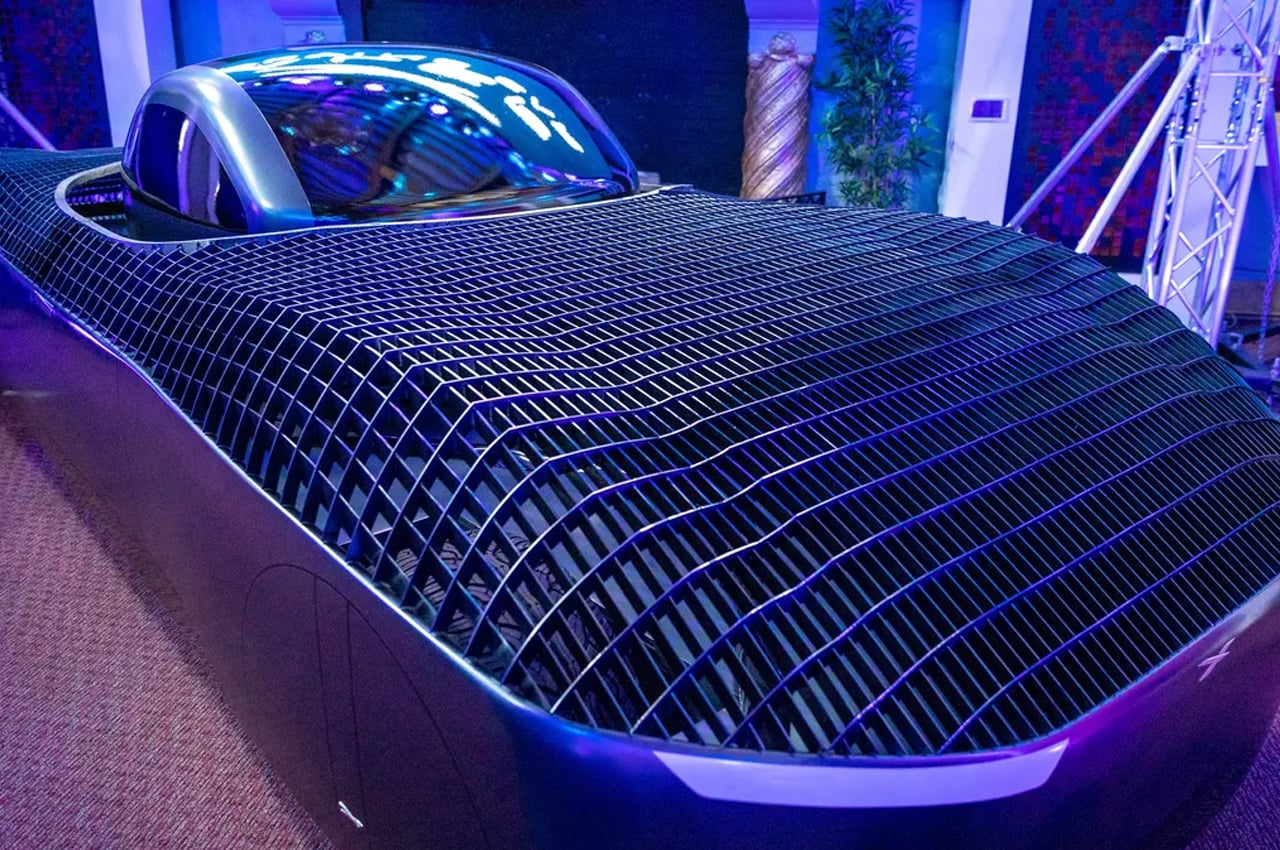
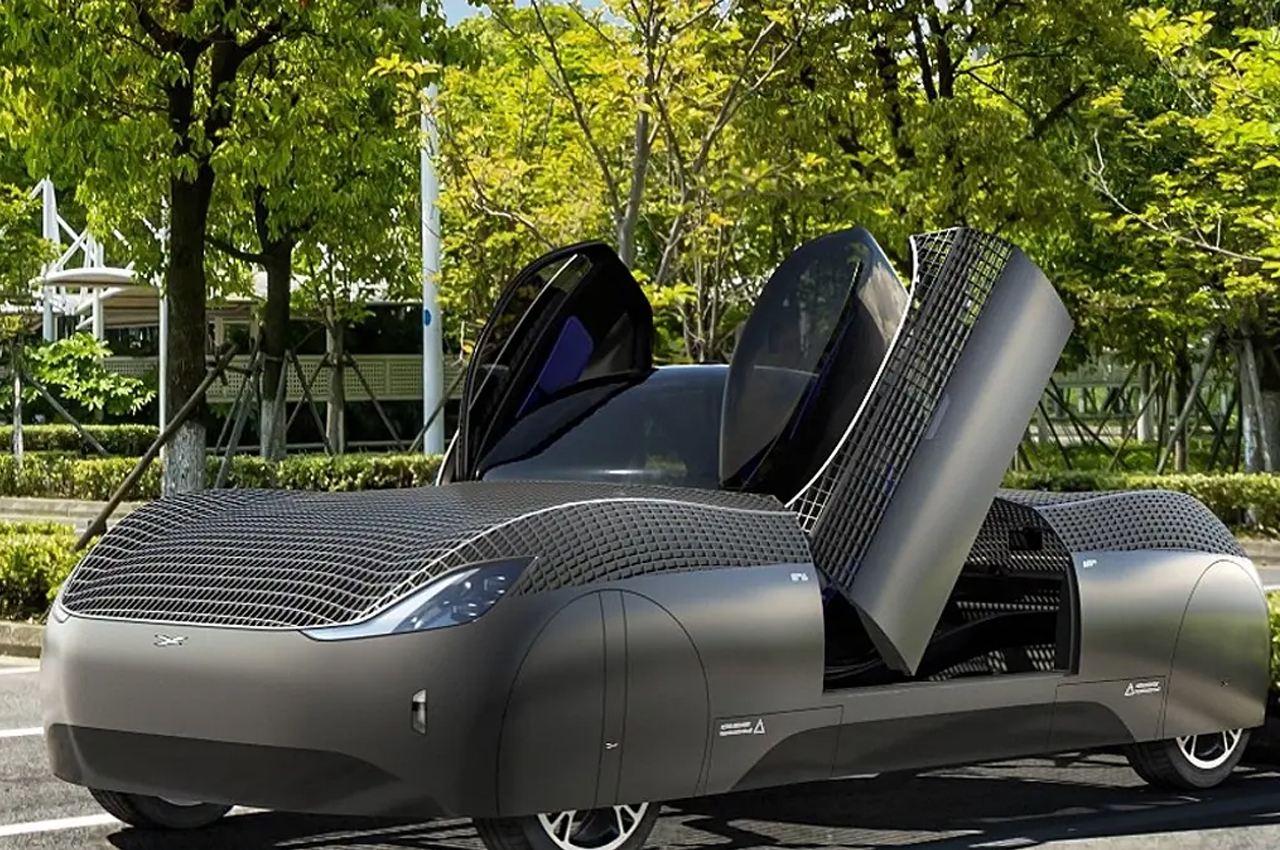

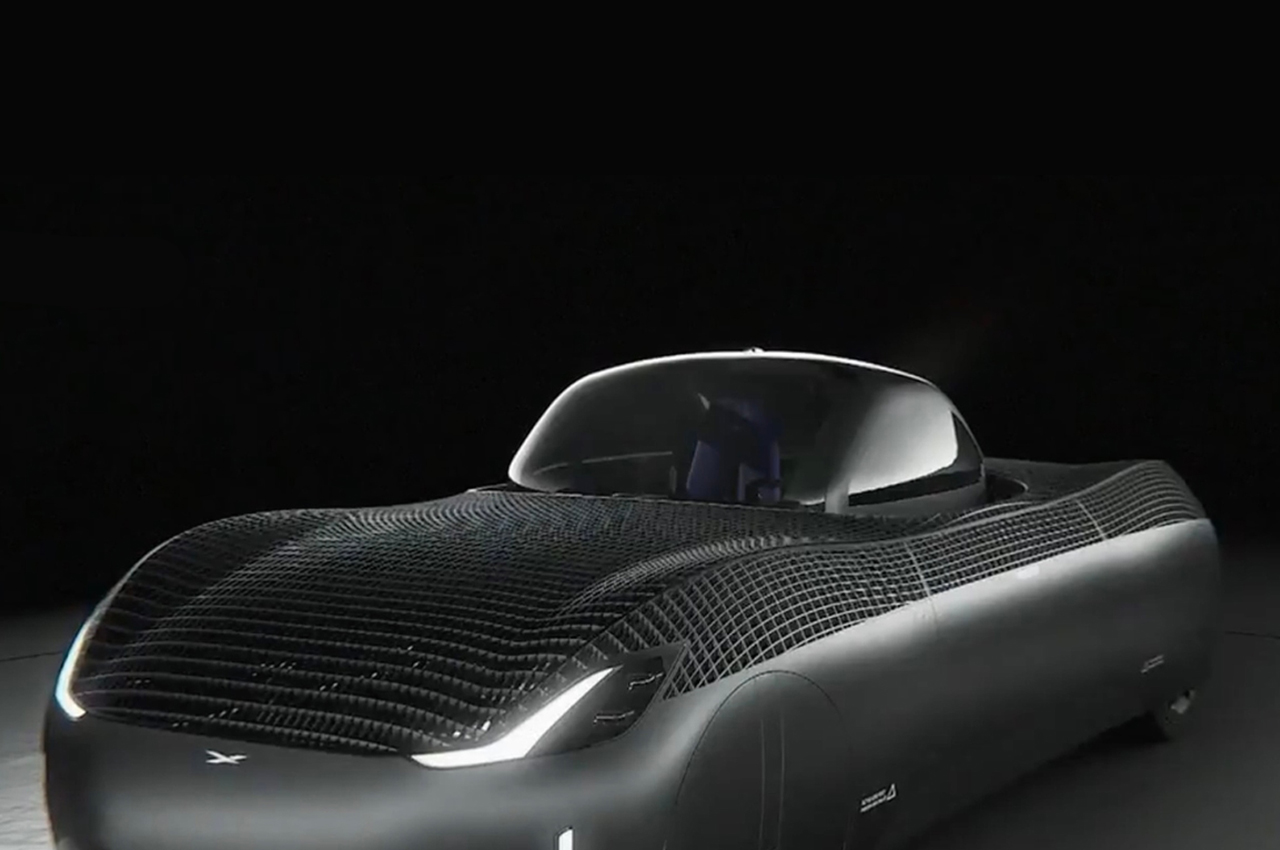
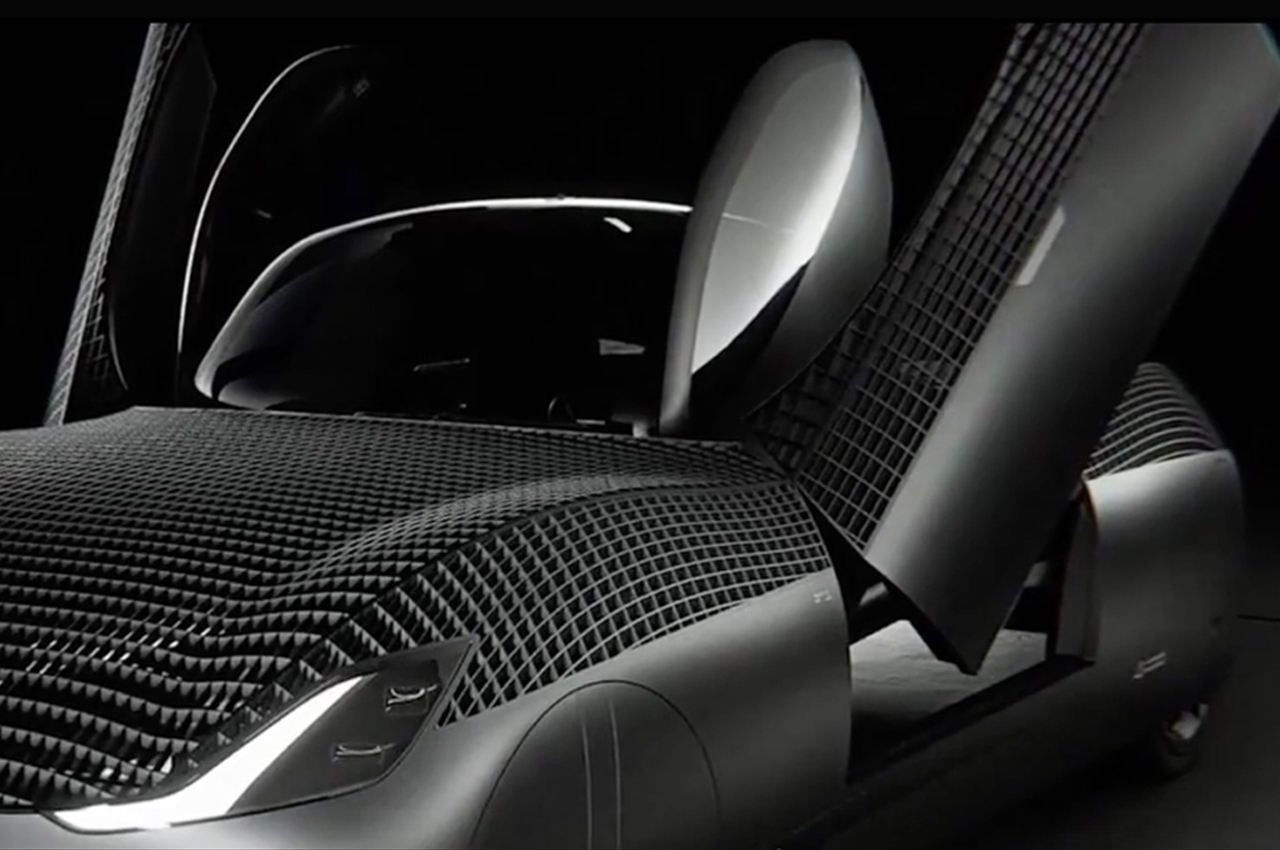
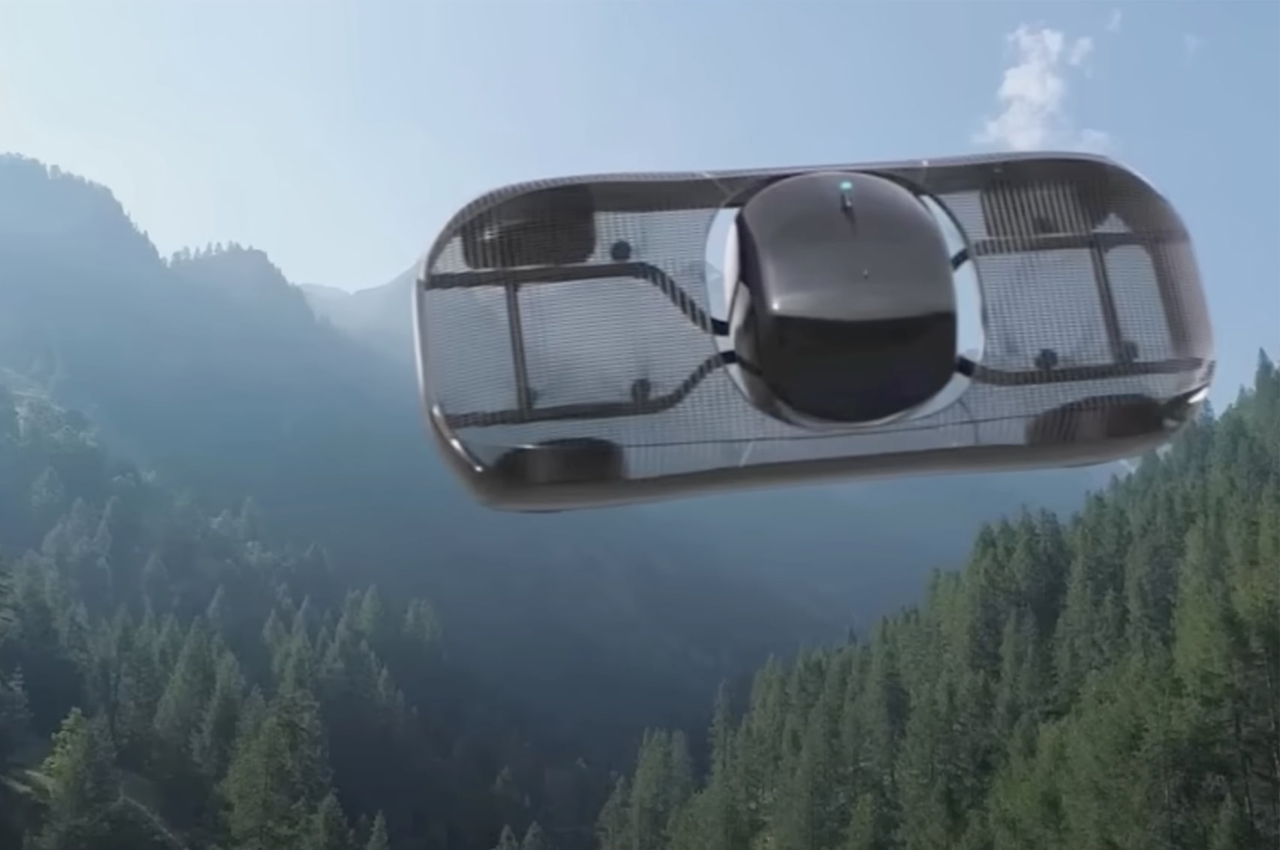
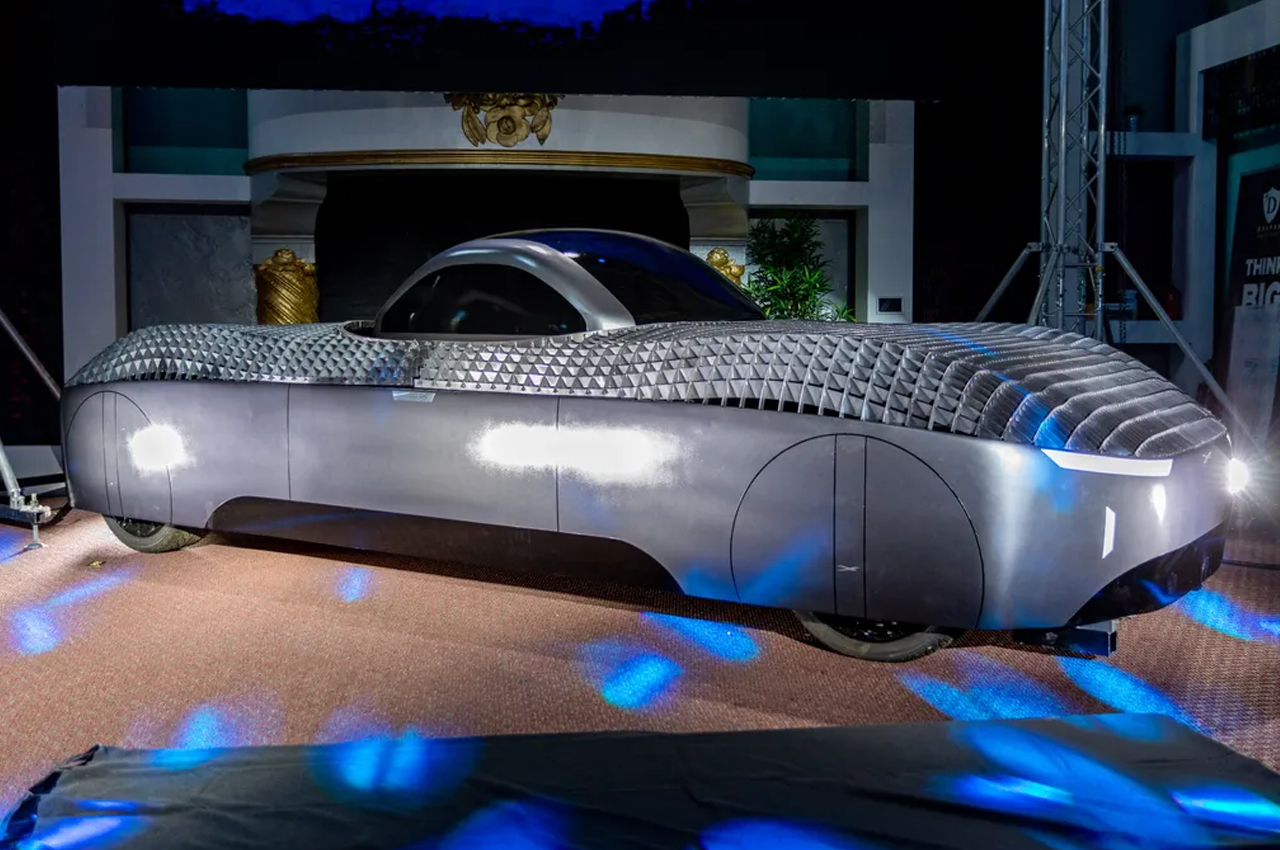
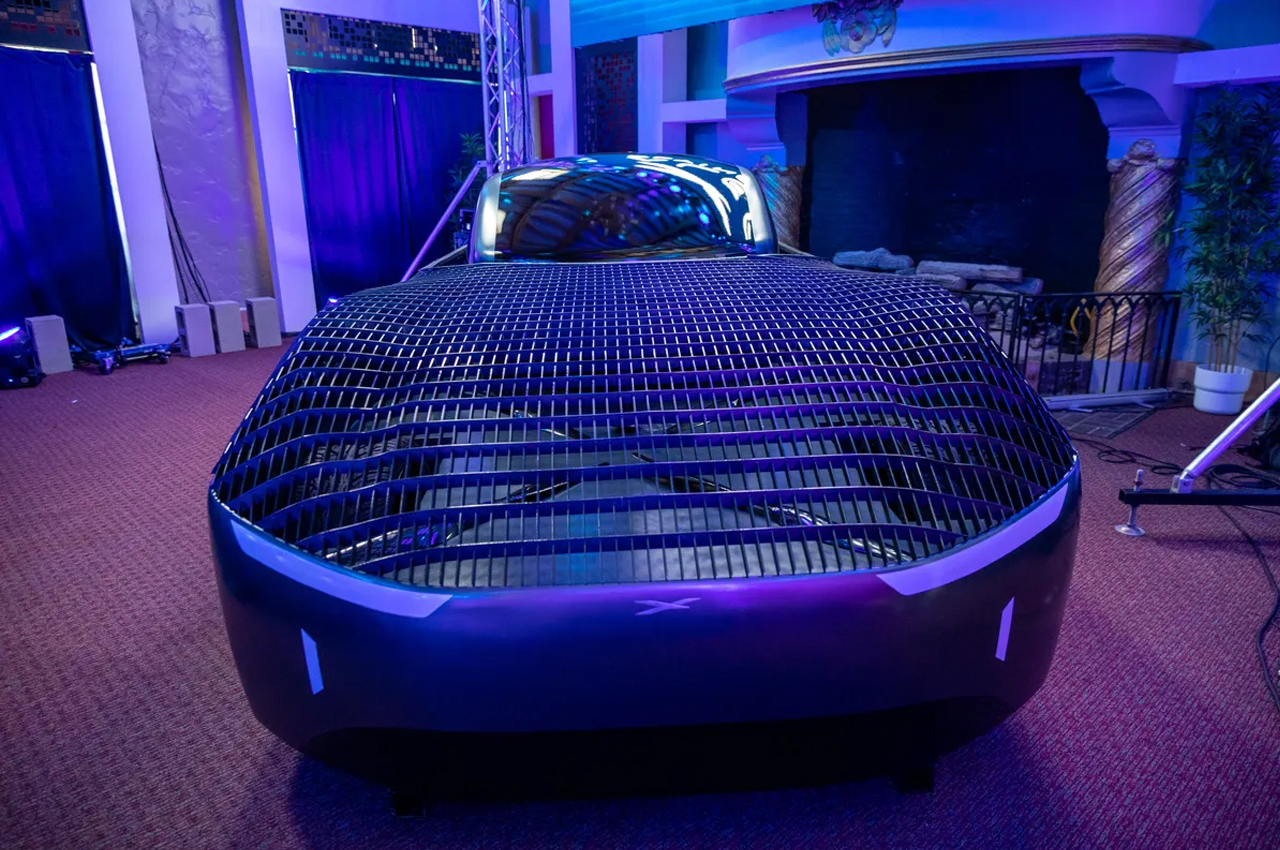
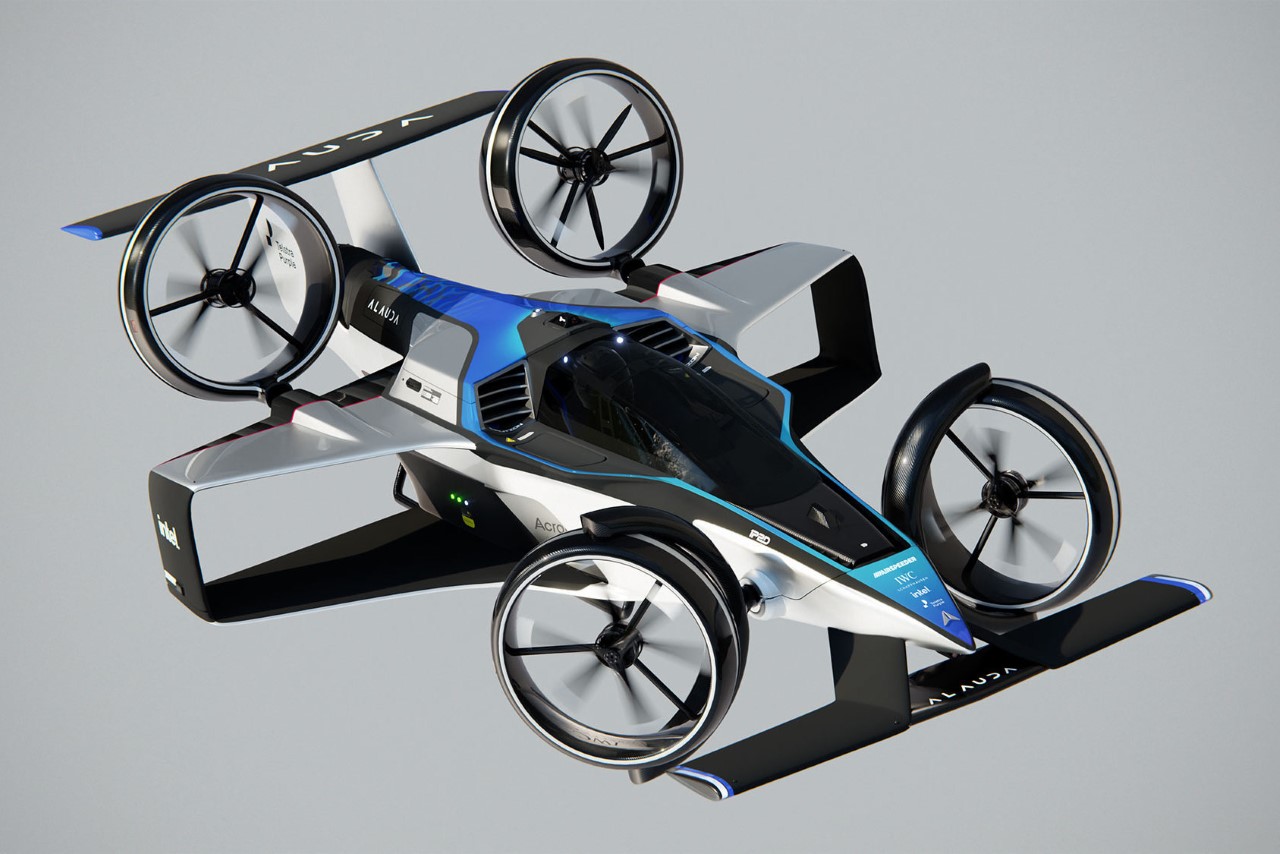
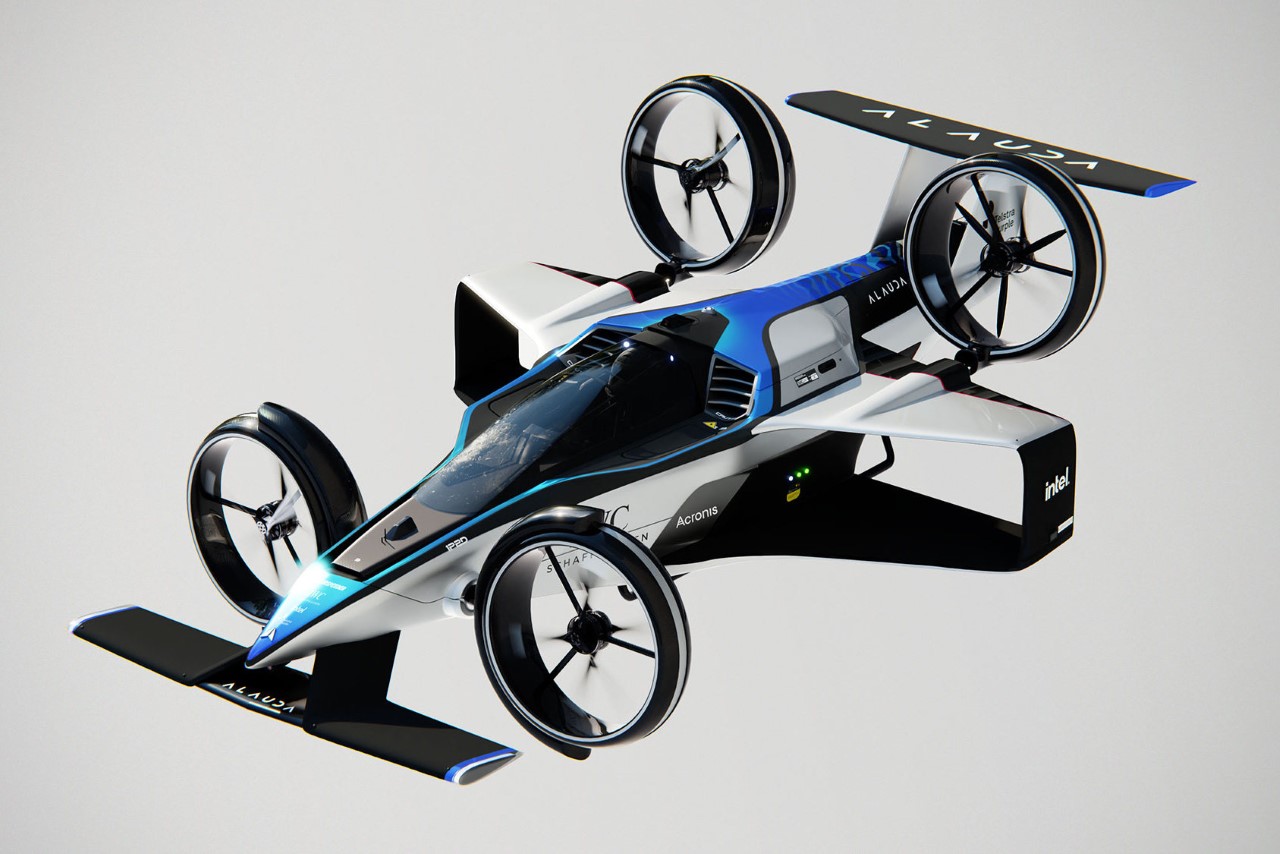
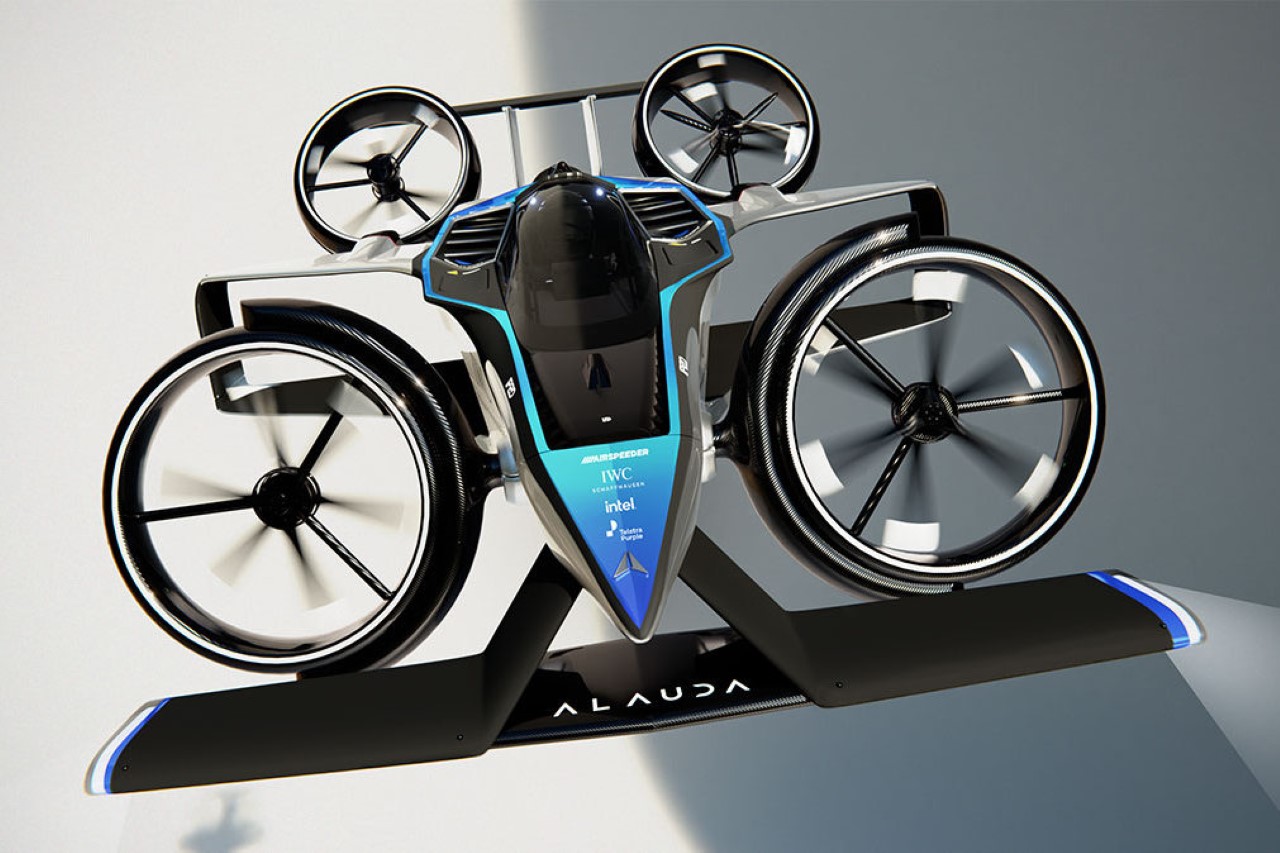
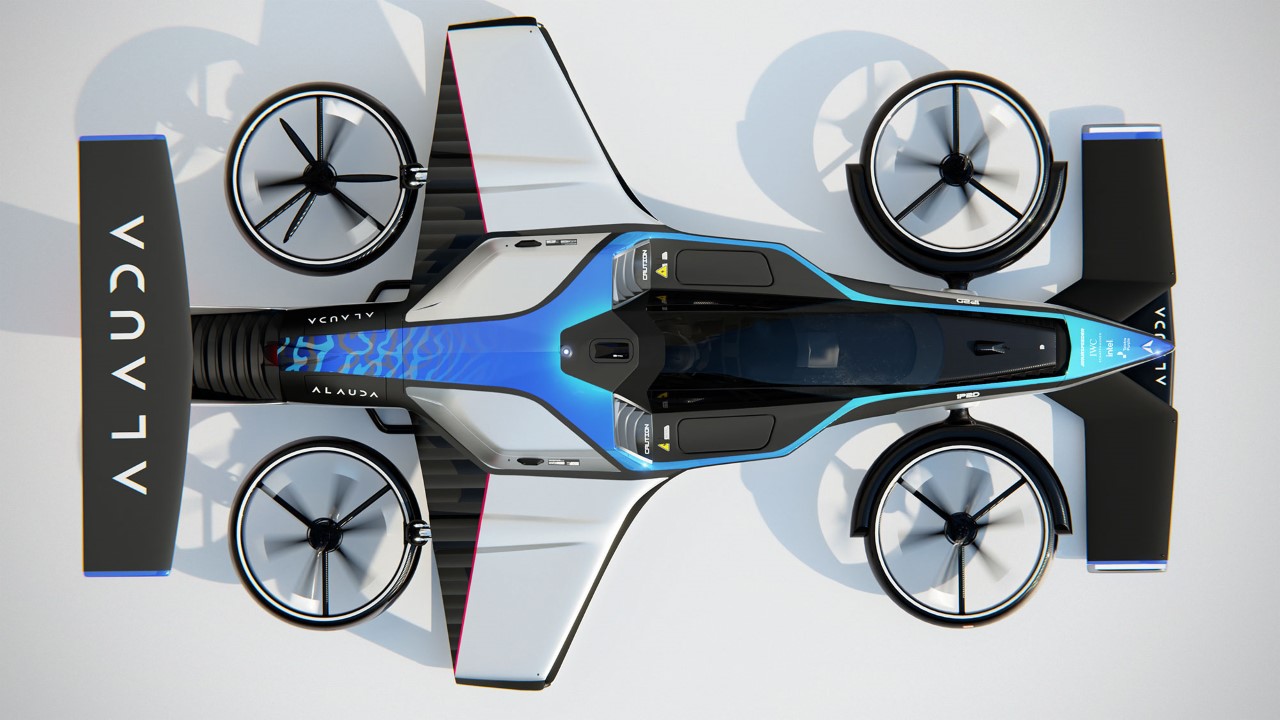
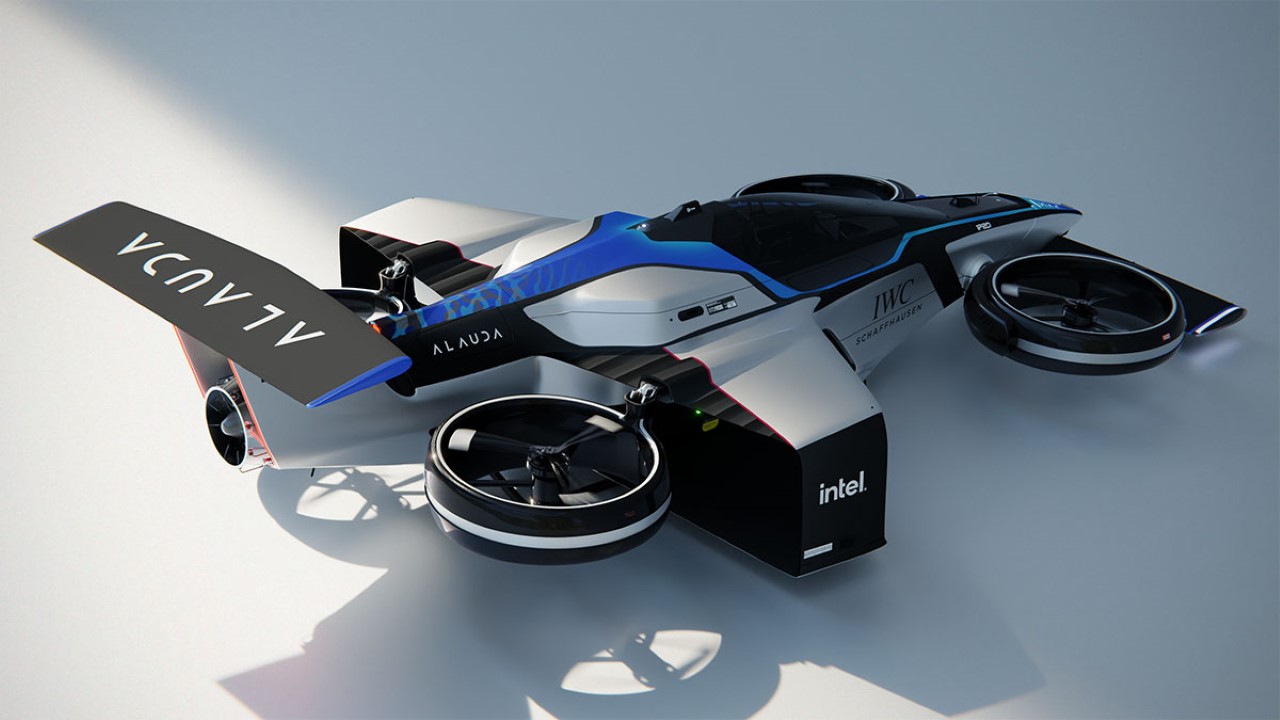
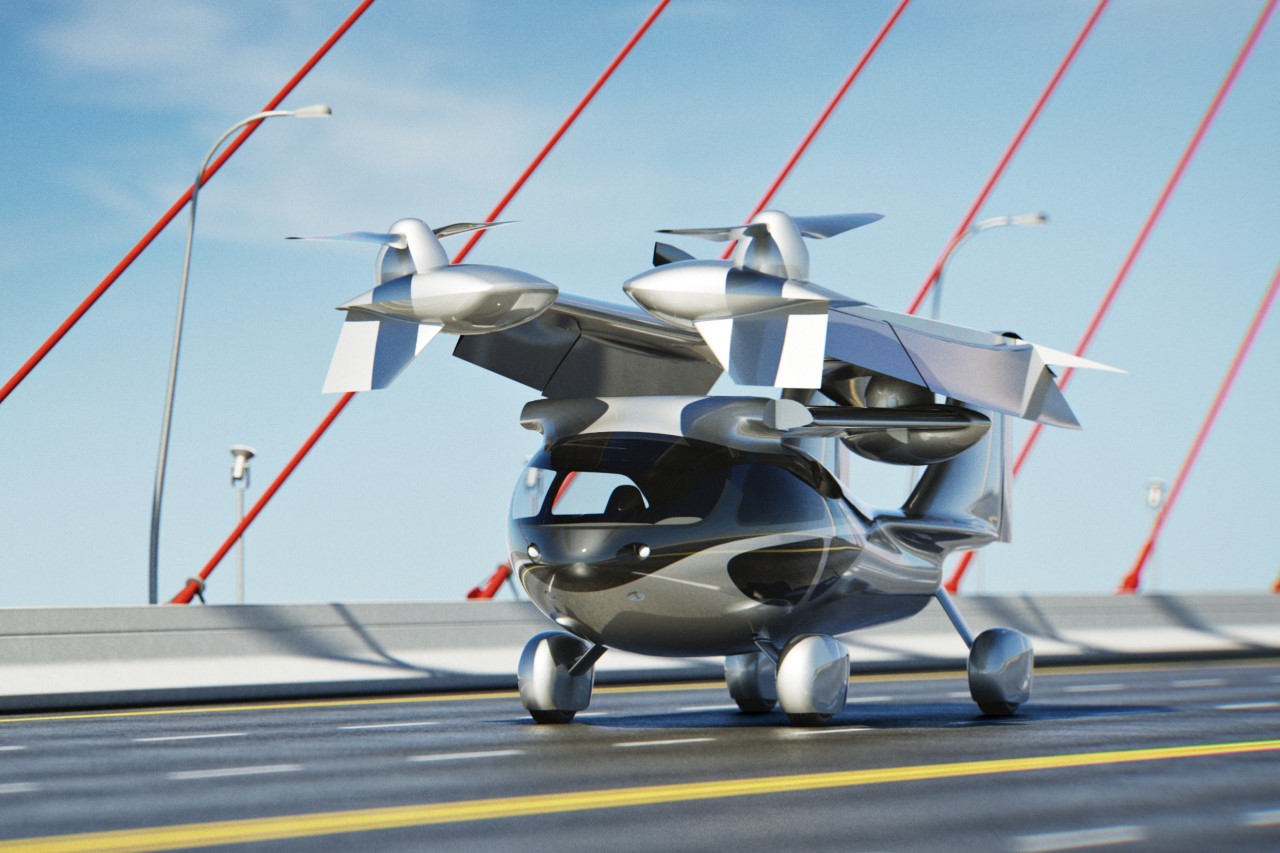
 and defining the next 100 years of transportation,” mentioned Guy Kaplinsky, CoFounder/CEO.
and defining the next 100 years of transportation,” mentioned Guy Kaplinsky, CoFounder/CEO.